NEVER PRINTED – WE LOVE TREES!

From the heart of the Blackmore Vale


Dorset-born Libby

Page is a Sunday Times bestselling author. She’s braved the Random 19 - and made us want dungarees. Page 32

NEVER PRINTED – WE LOVE TREES!



Dorset-born Libby

Page is a Sunday Times bestselling author. She’s braved the Random 19 - and made us want dungarees. Page 32
Banned in Dorset on council land, disposable barbecues still pose an everincreasing fire and environmental risk.
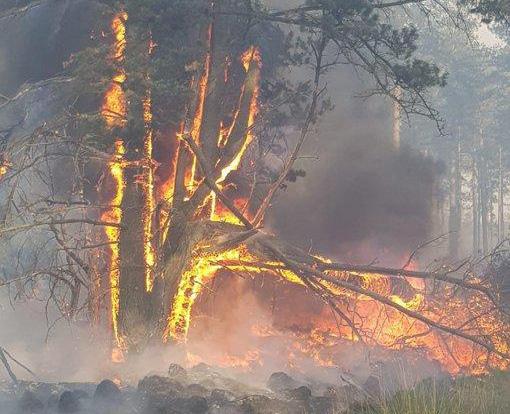
Page 4
Page 20
You can’t interview Charlie without a steady stream of name-dropping – his Dorset Island Discs reveal a long and winding career that is a musical tour through 40 years of popular culture Page 27

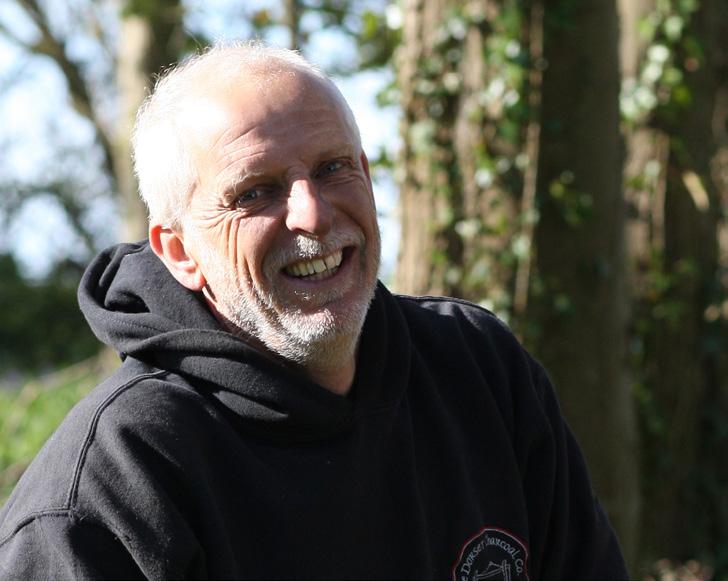
In Food & Drink this month we’re talking to Blandford’s Yellow Bicycle Cafe, Stalbridge’s Else Family Butchers, we hear about the Queen’s Arms in Corton Denham, a taste of Italy in Bridport and Heather’s got the recipe for some fancy lemon cakes. Starts on page 102

WIN! We have three brilliant competitions for you this month – they’re just like buses apparently. You could win a short break in Wimborne, £100 of National Trust books or tickets to SturLitFest!
From page 16
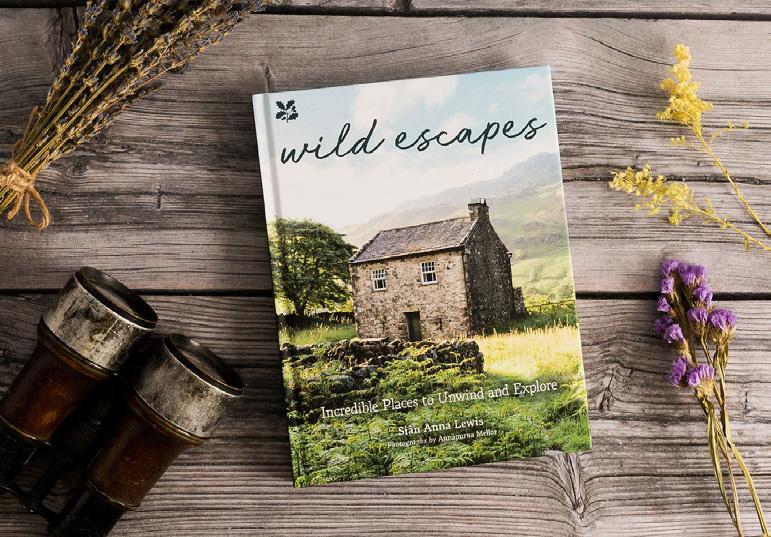
Jim Bettle makes a living from an ancient craft, fuelling his passion for a more sustainable country.
We know, it’s a HUGE magazine. So we make it easy for you - just like grabbing the sections you like best from the Sunday papers, you can click the number to jump straight to the section you want. Or, y’know, just make yourself a coffee and start from the beginning ...
I write this at 3:44am Friday morning. I sat down here at my desk 22 hours ago, well prepared for the monthly ‘pre-publication day marathon ahead.
Two hours ago I was standing in my kitchen eating a hot buttery toasted bagel with peanut butter, thinking ‘just a couple more hours’. But we’re not done yet. Beside me, Courtenay is slowly clicking through page after page of this oh-so-nearly done May issue (just this letter and the Index to go. Whose idea was the clever clicky index anyway?)
I know I mentioned it last month, but in a couple of weeks we head to London for a national awards ceremony. We don’t care if we win. The very fact that we made that list is beyond astonishing. Because it’s just.. us. I’m not sure if most people truly grasp that. Obviously we’re here, now, putting the magazine together, and we of course have a big team of writers and columnists who fill it with us.
But apart from that... Website design? Us. Website content? Us. Ad design? Us. Networking? Us. Event coverage? Us. SEO work? Still us. Accounts? Us (C’s money in, I’m money out. Would appear I’m better at spending it). Social media? Us. Stats analysis? Also us. We often tell people this, and they nod, and say ‘OK, but can I talk to the person who does the...’. Yes. Yes, you can. How can I help?
When we booked our awards dinner seats, we were asked how many places we wanted. I think he thought I was joking when I said ‘well, as there’s actually only two of us...’
Yes of course it’s exhausting, and we have no idea when we’ll next get a holiday. But every business owner knows there’s a tipping point before you expand; we’re teetering on the brink.
And there are benefits. It means we know every single last detail about this gorgeous magazine of ours. It’s innately ours in the way only something that grows under your fingertips can be. We know everyone in it. We remember every article. We read every Facebook comment, see every email, write every tweet (and worry over whether tweet should be capitalised).
Editor: Laura Hitchcock

editor@BVmagazine.co.uk Advertising:

Fanny Charles Everything else: Try Courtenay, he’s the organised one...
So for a panel of judges to think The BV is up there with two of the best regional newspapers in the country? We’re already winners. (what I actually meant to talk about this month was mugs. I got a bit sidetracked. In the space of the last month, every single one of my favourite mugs – the sturdy afternoon coffee looks-like-an-enamel-mug mug, the thin small evening one, the round comfy hugin-your-hands one, the I-run-like-peanut-butter funny one... has developed a chip, a crack, been dropped or come out the dishwasher in two pieces.
How does that happen?
Have a wonderful May - and think of us on the 18th.
Banned in Dorset on council land, disposable barbecues still pose an ever-increasing fire and environmental risk. Rachael Rowe reports
The fires that tore through Wareham Forest in 2020 and Studland in 2022 were among the worst wildfires ever seen in Dorset. Sadly, both were entirely preventable, the causes attributed to disposable barbecues. The fires caused significant damage to wildlife and the local area. So why do people continue to buy and use them? Dorset Council has recently taken a stand on disposable
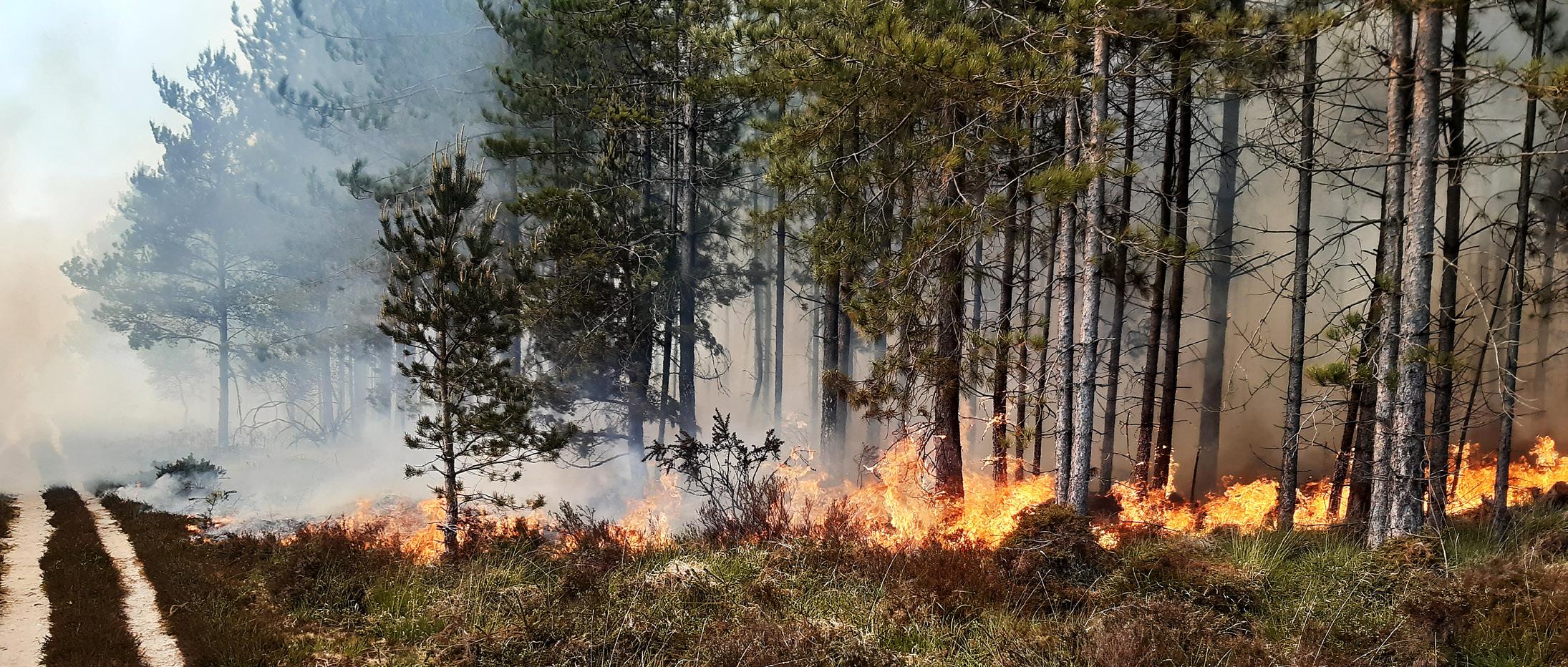

barbecues, putting a Public Spaces Protection Order in place.
Why are disposable barbecues a hazard?
Disposable barbecues are a significant fire and environmental hazard. They might be convenient for a day at the beach or an alfresco lunch. But if they are not correctly disposed of, they can lead
Why Dorset is becoming a no-go areaWareham Forest in the aftermath of the 2020 fire caused by a disposable barbecue. All images: Dorset & Wiltshire FRS Wareham Forest on fire
to significant burning and fire hazards as well as wild fires. When disposable barbecues have been buried in the sand, which naturally retains and intensifies heat, people have suffered serious burns. If they end up in the sea, disposable barbecues pose a risk to marine life. Those left on dry land can quickly catch light and cause untold damage, as the ravaged Wareham Heath photographs show.
Dorset has significant areas of heathland, home to rare species such as smooth snakes and sand lizards, all at risk from wildfires.
According to figures from Dorset Fire and Rescue, there was a significant increase in fires involving barbecues in the five years to 2020 – in 2016 there were four incidents, rising dramatically to 74 in 2020 in Dorset.
Aside from the intrinsic fire risks, there is another issue with disposable barbecues. Designed for single use, they are not in any way environmentally sustainable. Coals and other substances from them can leach into the soil, which is also a major hazard to wildlife. With this in mind, Dorset Council and Litter Free Dorset have been working with Southern Co-op to ban sales.

In April, Dorset Council and Litter Free Dorset were able to take a significant step forward, raising awareness of the hazards and environmental impact of disposable barbecues. When Southern Co-op decided to take disposable barbecues off their shelves, they found they had 8,000 to get rid of – responsibly. The company contacted Litter Free Dorset and worked with several other organisations across the county to dispose of the offending items appropriately. The dismantling operation (pictured above) took place at the massive W&S Waste Management
warehouse at Canford Heath. ‘Sadly, we have witnessed the devastating impact that disposable barbecues can have to both people and wildlife if they are not disposed of responsibly,’ says Mark Smith, chief executive of Southern Co-op. ’Removing them from sale was an important move to protect our local wildlife and ecosystems, and was part of our commitment to reducing our environmental impact.
‘However, we also needed to be able to dispose of them responsibly. Thanks to Litter Free Dorset and a host of dedicated volunteers, this was made possible.’


Several large supermarket chains, including Waitrose and Aldi, have also pledged to remove disposable barbecues from sale.
Litter Free Dorset co-ordinator Emma Teasdale says: ‘Of course we want people to enjoy their summer and make the most of our beautiful
county, but this should not be at the cost of the environment. We are asking people to make the change by avoiding single-use items – including disposable barbecues – and to look for reusable alternatives. The dismantled barbecues weighed in at seven tonnes – that’s a lot of aluminium and coal,’ she says.
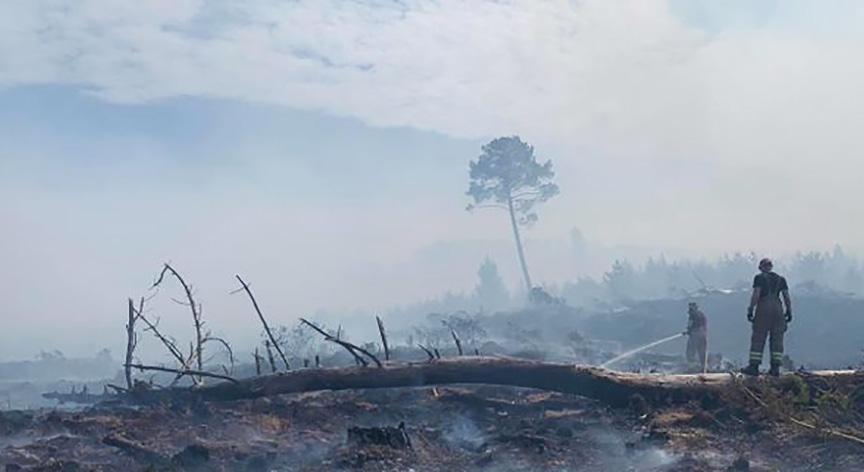
‘It took a team of 60 volunteers all day to unravel and sort the barbecues into their constituent parts, and everyone went home looking filthy. The entire exercise also demonstrated just how hard it is to dispose of these items appropriately – even when there is no rush and the barbecues are totally cold. It is so much harder when they are still hot!’
The coal was donated to Swanage Railway and other parts were separated for recycling. The metal grill sheets and foil trays were destined for the W&S scrap metal site and the paper and plastics were recycled locally.

Litter Free Dorset project officer Eimear Coyle said the feedback had been positive. ‘We’ve had a few shops approach us about stopping selling the disposable barbecues, and we are continuing to promote the messages about them. Dorset Council has already prohibited the use of disposable barbecues on its land.’

The obviously solution is to stop using disposable barbecues – do not buy them in the first place. If you are a retailer, just stop selling disposable barbecues.
The coal was donated to Swanage Railway, and the metal, paper and plastics were separated for recycling
What about sky lanterns?
Another perennial problem, usually from weddings and festivals. More than 200,000 are released in England each year, and yes, they do look pretty. But there’s no knowing how far they will travel or where they will land. If they land in a field they are not only an obvious fire hazard but also traumatic to livestock Dorset and Wiltshire Fire and Rescue Service is firm in the opinion that they should never be used under any circumstances.




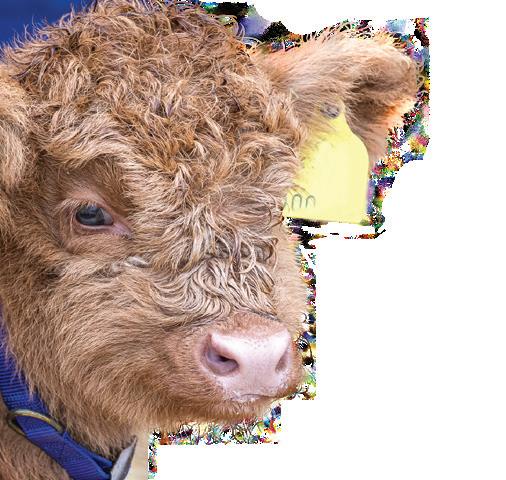
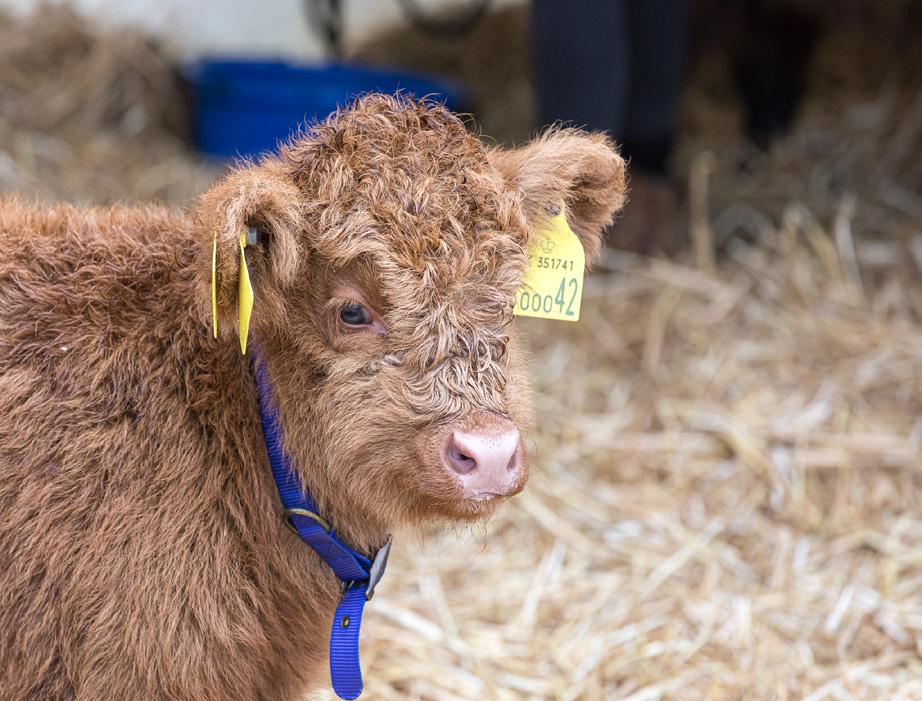

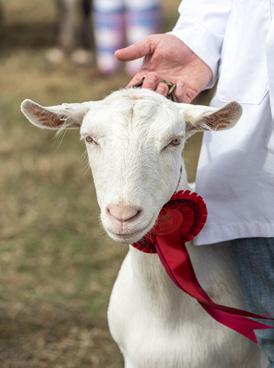








Dorset’s ancient hill forts may offer stunning views to their thousands of visitors, but they bring a challenge for farmers.
With the King’s Coronation, the month of May this year has three Bank Holiday Mondays. Many will spend these days in the pub, some will head to the beaches ... and a lot will flock to visit some of Dorset’s most famous landmarks –the hill forts.
Dorset’s hill ranges were once home to Iron Age settlers who built on the high ground to defend against invaders. These landmarks are popular with visitors –usually offering easy access, stunning views and an opportunity to connect with Dorset’s ancient history. The hills are farmed as they have been for thousands of years. As the weather improves, more and more locals and tourists will visit the hill forts –but, like those earlier invaders, they can be unwanted guests
for the farmers.
‘It’s a hard piece of land to farm,’ says Cameron Farquharson, the tenant farmer of Eggardon Hill. ‘When we had that Beast from the East, we had about a metre of snow because of the drifting. You just couldn’t get to animals, and for us, it was a nine-mile round trip. Eggardon is a complete nightmare.’
Eggardon Hill, just off the A35 between Bridport and Dorchester, could lay claim to the best hill fort views in the county. However, the combination of its 252-metre elevation above sea level and the steep land decline toward the coast might create staggering vistas –
By Andrew Livingstonbut also means that it’s entirely open to the elements.
‘You’ve always got a wind. Even on the hottest day, ‘ says Cameron. ‘Last year we were having temperatures of 40º but there was always that breeze – it was like roasting in a fan oven!’
Archaeological work in the 1960s on the National Trust site revealed burial mounds (also known as bowl barrows) that date back as far as the Bronze Age. For visitors, the attraction at the top of Eggardon Hill is the Iron Age earth ramparts that are still visible.
‘‘Obviously no machinery is allowed to work on that particular piece of ground and animals have to graze it in a certain way.
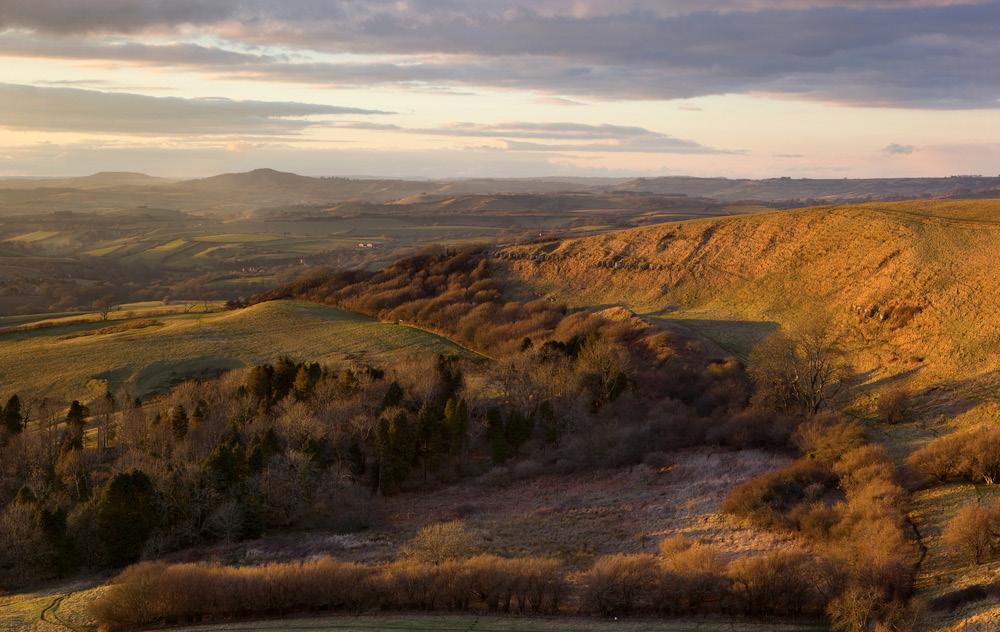
‘Eggardon is a complete nightmare.’Eggardon Hill at sunset
‘If I could find another piece of land in Dorset, I’d be gone’
The cows are on it spring and summer and then we have the sheep up there from October through to 1st March.’
For 16 years Cameron has run his sheep and Highland Cattle over Eggardon Hill, and during that time he acknowledges his single biggest issue has been with the general public.
‘We’ve always lost sheep to dog-worrying – we used to lose maybe three or four sheep a year to it. But the winter just gone, I’ve lost 23 sheep and ewes that were in lamb. The year before that we lost 17 and the year before that we lost 19. My losses have suddenly grown since lockdown.’
Cameron has been vocal in the media since one of his Highland cows died due to dog worrying in 2021.
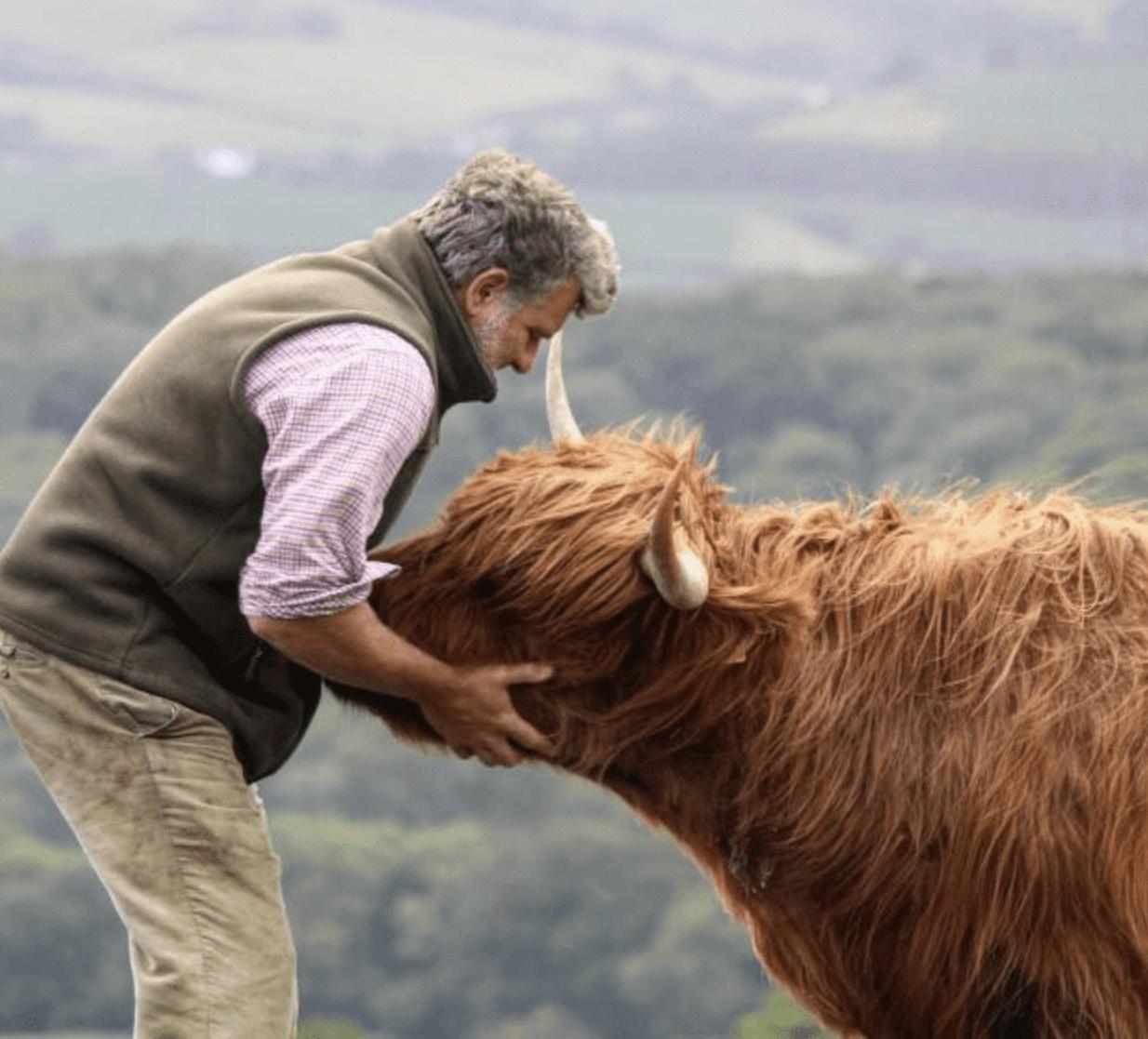
‘Gladis hit the national headlines. She was chased by dogs - two Labradors, so witnesses said - and she went over the top of the embankment. Of course, she went down, heavy in calf, and broke her neck.
‘That’s the next step above the sheep; there’s always problems but there has never been an issue with the cattle before.’ Since then, Cameron has been campaigning for the laws to be changed to ensure dogs are kept on a lead when in fields with livestock. The Bill is currently being discussed in Parliament and Cameron hopes it will shortly pass into law.
Unfortunately, dogs aren’t the only problems on Eggardon Hill. Cameron and his family have also had issues with members of the public – predominantly, in his experience, with older people, who, he says, are often ‘disrespectful towards the ground and the livestock.
‘We’ve had walking sticks

smacked over our quad bike, smashing the light. We’ve been spat at. We’ve been sworn at ... not just me, it’s also aimed at my children.
‘I love Eggardon Hill. It’s very similar to where I grew up in Scotland, a rugged, rough piece of ground. But at the end of the day, I can’t afford to farm it when it causes these losses and this much trouble.
‘If I could find another piece of land in Dorset, I’d be gone,’ he says.
North-east of Shaftesbury, in the small village of Fovant just over the border in South Wiltshire, there is an iron-age fort, like Eggardon, that would once have been home to a settlement. Chiselbury Camp hill fort is more than 10 acres in size, 200 meters above sea level. Chiselbury, however, is not the landmark that visitors come to
see on this hill. As you drive on the A30 between Shaftesbury and Salisbury you will see the peculiar sight of large regimental badges carved into the hill chalk. The badges were initially created during WWI. Soldiers were garrisoned in the fields outside the village in 1916, and they carved their own regimental insignias into the hillside as they waited to go to France to fight.
Twenty badges originally stood on the hillside, and nine remain today. Every year, a Drumhead Service is held there on the closest Sunday to the 1st July –the first day of the Battle of the Somme in 1916.
Edward William’s family have owned East Farm, whose land includes Chiselbury Camp hill fort and the badges, since 1961. He explained that the badges were recently classified as
No one is allowed to touch them without permission from English Heritage
ancient monuments.
‘They’re looked after and maintained by the Fovant Badges Society. But as they are now classed as ancient monuments they are ultimately in the hands of English Heritage. No one is allowed to touch them, even for maintenance, without detailed permission from English Heritage.
‘Fovant Badges [Society] have a rolling contract for their upkeep. They’ll submit their plan for which badges are to be cleaned or re-chalked, and English Heritage has to approve it before any work starts.
‘We just run cattle along the side of the downs – it’s too steep to do anything else with it. If you walk on the footpath

through the badges they look like nothing at all. Each one is about half to three-quarters of an acre. When they re-chalk one – every three or four years –they need to transport 30 tonnes of chalk for each one.’
The badges are maintained each year in June, in preparation for the Drumhead Service, at a cost of £30,000 a year to the Society.

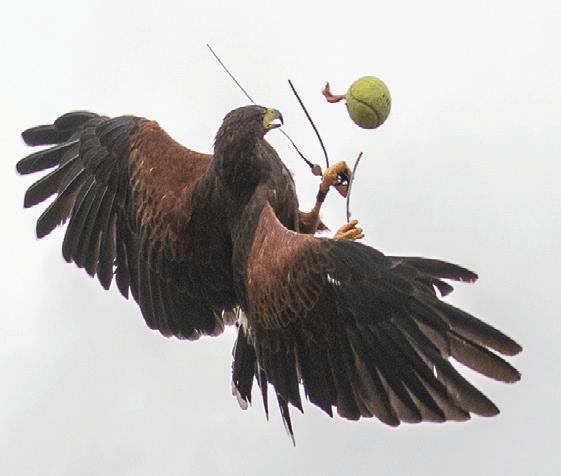
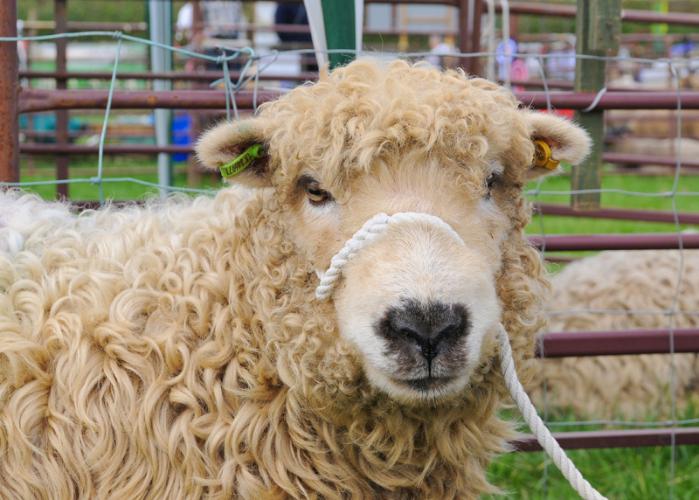

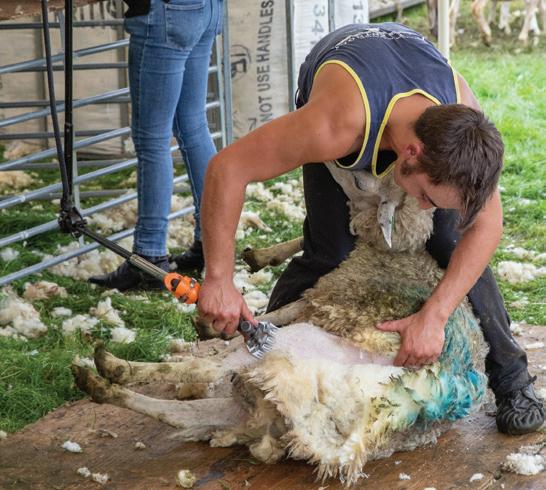



Tucked away in a back street of Stur is the Vale Pantry. The vibrant little community supermarket currently supports 360 families and opens its doors six days a week to all those who find themselves struggling to manage. Forty willing volunteers work cheerfully, offering not just an affordable full shopping basket but a listening ear, empathy and practical support too. Some ask how hard can it really be – it’s just a shop, after all. Deliveries in, stack the shelves and send people on their way with the means to make some meals.
Local councillor Carole Jones has been involved with the Pantry since its inception, and she’s keen to explain why ‘just a shop’ couldn’t be further from the truth:


As I try and bring you along for a pretty standard week at the Pantry, perhaps think about how many individual items we need* – excluding fruit and veg – to do what we do on a weekly basis.
Our van is off the road this week. We rather suspect it didn’t know what it had signed up for – and is formally protesting. But we had committed to collecting much-needed supplies (donated by a foodbank, if you can believe it), so the first job of the week is to persuade a merry band of cars to collect a haul of staples: beans, tomatoes and anything else that is offered. These are then distributed around the various businesses that kindly allow us storage space!
While chatting to one customer who is in desperate need of a Citizen’s Advice appointment, a call comes in from the shop – we haven’t any carrots left. We can’t be without, of course, so carrots are promptly purchased. As we finish storing the last of
the foodbank donation, the phone goes again – this time it’s an elderly customer struggling to find (and afford) a much-needed chiropodist. We can help with that. While on the phone, we’re also asked to contact the church to try cutting the trees. I will admit we are many things, but oddly, tree surgeon is not on the list.
The evening team of collectors from the local supermarkets is out in force across the area throughout the week. I get a call at 9pm: ‘I’m at Tesco – they have offered us 400 punnets of in-date Strawberries. Do we want them?’
A big fat yes please, obviously – who knew you could be so excited about strawberries?
However, the volunteer there to collect them drives a tiny Smart car; possibly the least likely vehicle on the road to transport 400 punnets of strawberries. The next morning The Pantry looks like Spitalfields fruit market. I wonder how on earth we are going to get rid of this many strawberries.
We have the busiest morning of the week, the sun is shining, we are rocking the strawberries ... but the stack doesn’t appear to be diminishing. We decide to head to Nazareth Lodge to share the strawberry love. The car is already loaded with food to deliver to those without transport, but we can’t simply drive past those who we know would
The Vale Pantry in Sturminster Newton is a new breed of community service, offering food and practical help to those who are strugglingCllr Carole Jones outside the Vale Pantry Two volunteers with the Pantry Van
appreciate a few strawberries – the bin man, the local lollipop lady and the little lady walking her dog all get a punnet.
Next stop is Sherborne, to the couple who collect from Waitrose for us. We talk about a homeless man – he gets well looked after by the locals with food, he has a phone, £500 in his pocket from selling The Big Issue (this is what modern day homelessness looks like) and he has a pleasant disposition. But no one will give him a roof over his head. Our volunteers put the call in to me, and within 48hrs we help change this chap’s life. Next there’s a Pantry member who is expected to find a way to get to his mental health appointment some 15 miles away. He has no transport – how does he do this without help? We go back and pick him up – and on the way we pick up five trays of bread from Sainsburys and 40 dozen eggs from the farm that supplies us.
We pass through Henstridge, and know that visitors to the Honesty Jar would love some of the strawberries and bread, so we drop some in on the way through. Then it’s time to get the evening orders in for the shop tomorrow – and while we’re doing it, a local grandmother puts a shout out for some premature-sized nappies that she can’t find. We can do that too. Suddenly it’s 7pm – but Tom at the Marnhull Spar is always good for coffee ...
Next day, a local school trip had perfect timing – more strawberries gone! It’s also the day our visitors with disabilities come and load our shelves. One of the young men with autism loves to bag the bread rolls outside, come rain or shine. He also loves the pizza he takes home for tea!
We mentor a young girl in the shop. She has been challenged by the care system, and she is a bag-full of mischief, but she had a wonderful breakthrough this week. For the first time in her life she cooked an entire meal!
The week doesn’t end there – in fact it’s a bit of a turkey. The Dorset Meat Company has a donation for us (we’ll not discuss the sat nav taking us to a coffin maker instead!).
We had presumed a car would be fine to collect 20 turkeys; but no. These are posh turkeys, all in boxes with thermometers. Jamie Oliver, no less. Thankfully the van is now back on the road, so we can at least transport them. A call goes in to one of our volunteers (who thought she was safe starting to unwind for the weekend) – we have 20 turkeys with no homes!
We can do this. The almost 5kg turkeys are a family affair, so the calls begin. A few can collect, but for most, money for fuel is tight. How many meals can they get out of a turkey? And what a treat ... So we go again, but instead of strawberries it’s Turkeys
on Tour. Thankfully we leave the birds with some very happy families who are planning their first weekend roast in a while.
Of course, on top of the constant treadmill of food in and out, there is the invisible, out-of-hours work. Bids and grants need applying for, a seemingly never-ending job (it’s expensive to run the Pantry). But thanks to the team this week, two families are now getting some much-needed wrap-around care, eight members have had face to face appointments with a fabulous Citizen’s Advisor and a new freezer was purchased with the help of the Rotary Club. We simply couldn’t do this without the help of the whole community.
Run entirely by volunteers, the Vale Pantry offers memberships to any family that is struggling financially. Members may visit once a week and pay £6 on each visit before choosing the food they would like for the week ahead. The foods available include fresh fruit and veg, chilled and frozen produce and store cupboard essentials. A typical weekly shop taken home is worth between £25 and £50. For more details, email info@valepantry.co.uk or call 07968 348481
*The answer is 3,264. That’s the number of items we need weekly, not including fruit and veg.
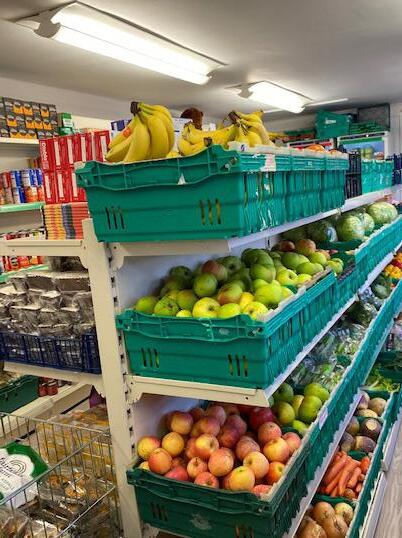
With entertainment and dozens of artisan goods and food stalls, the monthly event will boost tourism and trade, says Rachael Rowe
Who doesn’t enjoy the lure of a market? The quirky artisan stalls, the smell of sizzling bacon, fresh flowers, a new scarf ... and a chance to sample some local food and a hot fresh coffee while meeting old friends.

A new monthly market is coming to Shaftesbury on Saturday 13th May. It will be run by the same team who manage the successful Sunday market in Sherborne. Already, 80-plus traders are signed up, and it is expected that more than 100 stalls will spread along Park Walk and down the High Street to Angel Square. The Abbey will be open and buskers will add to the atmosphere.

The range and quality of the stalls are the measure
of any market and director Jules Bradburn explains the rules for trader selection: ’They must be local and have artisan products that they have either made themselves or curated for sale. There are also food sellers and stalls selling alcohol.
‘For example, we have a trader who goes to Jaipur to curate screen printed clothing. Another lady sources her products personally in Morocco. We like to feature all our traders on our Facebook page and website so people can really get an idea of who is here and what is available. It works – Sherborne Market started with 75 stalls and now we have more than 200 every month.’
Jules works hard to ensure it’s an eclectic mix –in Shaftesbury you can expect to see gins from Tackroom Distillery, interesting wooden crafts from
Bespoke Woodwork, Amelia Stone Jewellery and solid wood furniture from Richard Heath.
Locals and regular visitors know that Shaftesbury already has a farmers market and also a country market every Thursday. Does it need another one?
The new Shaftesbury Market is being managed in collaboration with Shaftesbury Town Council. Andy Hollingshead, who leads the council’s High Street Working Group, says: ‘We are delighted to be working with Jules along with our own brilliant independent and national retailers in delivering this exciting new artisan market experience. We are confident that this will keep Shaftesbury as a leading destination for shopping and tourism.’
But what do traders at the existing Thursday country market feel? Cheesemonger Carolyn Hopkins is a regular with her characterful Truckle Truck (pictured opposite), but she won’t be at the May market as she has a prior commitment elsewhere. She thinks there is ‘absolutely room for both’ in Shaftesbury: ‘The new market will bring a great variety of different stalls to the town, so it shouldn’t impact the established markets.
‘I’m lucky enough to have a pitch at the Sherborne Pannier Market, and I find that the months when the Sherborne Market is on are actually busier there too.’
Carolyn feels the market will also benefit the town: ‘Anything that raises interest in the town itself is a great opportunity – the market should bring shoppers in and boost trade for the whole high street, as well as increasing general visitors coming to Shaftesbury at other times by making us a destination.’
Jules highlights some of the benefits the Sunday

• There will be freshly baked authentic baklava, made by Somerset-based Baklavaty. Dunya started at the Sherborne Market in 2020, bringing her original recipes from Libya. Her sweet treats are a firm favourite and always sell out.
• Colin The Vintage Salvager is a talented designer-maker of bespoke industrial style homewares, furniture and garden products. His ingenious use of salvage makes his products both affordable and desirable.
• Popular baker and Dorset Farmers Market regular Lizzie Baking Bird is bringing her delicious goodies from Upwey – look out for her sausage rolls and brownies.
market has brought to Sherborne: ‘Contrary to some initial shopholder fears, we have found that the market complements the existing shops and they benefit from the increase in trade.’
The new Shaftesbury monthly market will be tested on Saturdays and Sundays to see what works best for the town. ‘We’re constantly testing and evaluating,’ says Jules.
With all the stalls and the potential for a lot of visitors, where will everyone park? Jules has done some planning and analysis: ‘None of our traders will be parking in the public car parks. Arrangements have been made for them, we use vehicle registration and we have stewards who check the alternative parking arrangements. But it’s something we will be reviewing.’
As someone familiar with the Sherborne Market, who has also worked and traded for many years in Shaftesbury, Carolyn Hopkins says; ‘I know they’re already looking at it, but parking! It’s the perennial issue in Shaftesbury ... Other than that, to keep doing what they’ve done so well in Sherborne - it will be a great fit in Shaftesbury.’
For more information about Shaftesbury Market, visit the website theshaftesburymarket.com


Nestled in the heart of Dorset, the market town of Wimborne Minster beckons visitors with its rich history and stunning architecture. A constant winner in regional and national awards, the picturesque town sits gracefully on the banks of the rivers Stour and Allen, boasting a past that stretches back to pre-Roman times. It’s a town of kings, smugglers and ancient legends, but visitors love it for its practical blend of old-world charm and modern comforts.

Steeped in history and surrounded by stunning scenery, Wimborne Minster is crowned by its namesake – the grand and gracious Minster itself. The church, a testament to the town’s rich past, is an architectural marvel and a centerpiece of Wimborne’s charm. As you stroll through the town, you’ll find a blend of ancient and contemporary, with traditional cottages sitting alongside modern buildings, creating an atmosphere that is both nostalgic and vibrant.
One of Wimborne Minster’s most celebrated attractions is its lively independent shopping scene; it’s a shopaholic’s must-do destination with chic boutiques and stylish independents alongside familiar nationwide brands. Wimborne is easily walkable along its charming streets and traffic free areas, and it has a popular farmers market full of local produce and artisans.
BV magazine is delighted to offer our readers the chance to win a fabulous mini break in Wimborne! The lucky winner will receive a two-night stay for two at the charming 1777 at The Albion Inn, with bed and breakfast included. Renowned for its sumptuous rooms and outstanding breakfasts, it’s the perfect base from which to explore the wonders of Wimborne. Don’t miss out on a fantastic opportunity to experience the delights of this picturesque town – just click here or on the image above for your chance to enter on the BV website.
The closing date for the competition is 31st May 2023 and only entries received on or before that date can be included. The prize will go to the first randomly chosen entry. Good luck, and happy travels!
The festival is expanding to include writers with a Wessex connection and is now open to non-fiction as well. With a diverse range of events celebrating the best of writing in the Dorset and wider Wessex region, the festival offers a fabulous range of experience for all literature enthusiasts.
Libby Page (8th June), the Sunday Times bestselling author of The Lido, The 24 Hour Cafe and The Island Home will appropriately talk about her latest book The Vintage Shop of Second Chances at 1855, Sturminster Newton’s creative indoor market of artisans. After book signings the team from The Boutique in Sturminster Newton will hold a fashion show of pre-loved items (all for sale on the night).
Familiar to BV readers will be our own wildlife writer Jane Adams (10th June), who will be discussing her new book Nature’s Wonders, published with the National Trust. It’s an inspiring guide to connecting with the nature around you and seeing how it changes through the year.
Another must-see talk is from Jon Woolcott (6th June), whose new book Real Dorset is a personal, humorous and idiosyncratic look at our county, with a peek below the pretty village surface to the subversion, rebellion and revolt, wealth and poverty, ghost stories and rich folklore beneath.

Matthew Harffy (10th June) is the author of the action-packed Bernicia Chronicles, a gripping, powerful, action-packed historical thriller series about vengeance and coming of age in seventh century Britain. He’ll be discussing writing historically accurate fiction, and what it is that inspires him.
Or perhaps The Tennis Champion Who Escaped the Nazis (5th June) is more your thing, as you listen to Felice Hardy tell the story of Liesl Herbst, Austrian National Tennis champion, who fled Nazi occupation with her family. You’ll hear the moving story of their escape and of what happened to those left behind.
In addition to the literary walks and talks, the festival has writing workshops and free events such as the Stained Glass Stories walks around the town. Be sure to keep an eye on the festival’s official website and subscribe to their newsletter for the latest announcements about upcoming events.
And The BV is excited to announce we have three pairs of tickets to any event at the SturLitFest (as it’s affectionately known)! To be in with a chance to win a pair of tickets to the event of your choice (subject to availability), just click here or on the image below to enter on the website. The closing date for this competition is 21st May 2023 and only entries received on or before that date can be included. The prize will go to the first three randomly chosen entries. Good luck!

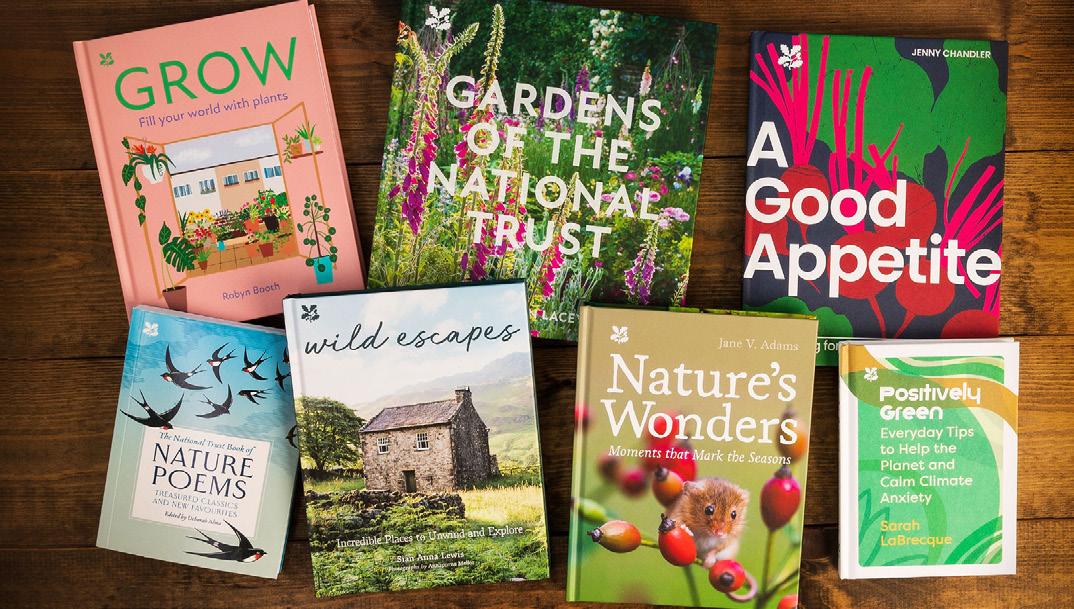

We’re excited to celebrate the launch of Wild Escapes by Sian Anna Lewis – the National Trust’s latest title.
Wild Escapes: Incredible Places to Unwind and Explore is a captivating book that invites readers to embark on a journey through some of the most amazing wild escapes in the UK. Sian is the award-winning travel writer and creator of ‘The Girl Outdoors’ blog, and she offers a comprehensive guide to beautiful destinations where you can simply switch off for a while, including tips on local walks and watering holes on the doorstep. Through its pages you can journey to 40 unforgettable getaways in Britain’s wildest corners, from floating cabins to miniature castles, tree pods to moored boats. Lose yourself in cosy reading nooks after a day hillwalking in the Peak District, go foraging in Yorkshire’s woodlands, or warm up by the campfire after taking a dip in coastal Cornish waters. Stay in the heart of Wales’ myths and legends ... and yes there’s a Dorset option too (hint: you can pitch up at the birthplace of scouting). With spectacular photography on every page, just reading Wild Escapes is an escape in itself. To celebrate the release of Wild Escapes on May 11th, we’re giving away bundles of all the National Trust’s

brand new spring titles! Wild Escapes is top of the bundle, of course, but winners will also receive:
• Nature’s Wonders by Jane Adams (Yes, the BV’s very own wildlife writer (see what we thought of Nature’s Wonders here).
• Grow by Robyn Booth
• Gardens of the National Trust by Stephen Lacey
• A Good Appetite by Jenny Chandler.
• Nature Poems by Deborah Alma
• Positively Green by Sarah LaBrecque
Together the book bundles are worth £100and we have THREE to give away! To be in with a chance to win one of the National Trust book bundles, just click here or on the image below to enter on the website. Closing date is 1st June 2023, only entries received on or before that date included. The prize will go to the first three randomly chosen entries.
Jim Bettle makes a living from an ancient craft, fuelling his passion for a more sustainable country. Tracie Beardsley reports

Jim Bettle’s lively eyes focus on the smoke winding its way skywards. He’s reading it, looking for a deeper colour. Above the chatter of woodland birds, he listens for the sound of fire. A sudden thunderous roar and he springs into action, peering up the port-holes of a huge, circular steel kiln to see how far the fire has spread.
He expertly manoeuvres a massive circular lid – I can’t help but think of a giant’s paella dish – over the wood-filled kiln, propping it so the fire spreads before he dexterously drops the lid. Then he slots four tall chimney pipes into bases around the kiln. Now he’s cooking – and will be doing so for the next 16 hours. It’s this year’s first burn in the woods for The Dorset Charcoal Company.

Jim’s ‘in tray’ is a neat stack of 300 cubits* of ash, sycamore and oak, cut from the private Dewlish woodland that will be his ‘office’ until the end of August. In that time, he’ll produce more than 35 tonnes of sustainable British charcoal.
One of very few British charcoal producers, he’s the biggest in Dorset. ‘I’ve got seven kilns, based on models dating back more than 200 years.
‘As we hit the busy season, I’ll constantly have two kilns going, producing about half a tonne daily,’ explains Jim.
Nothing is wasted, every size having a use. Bigger

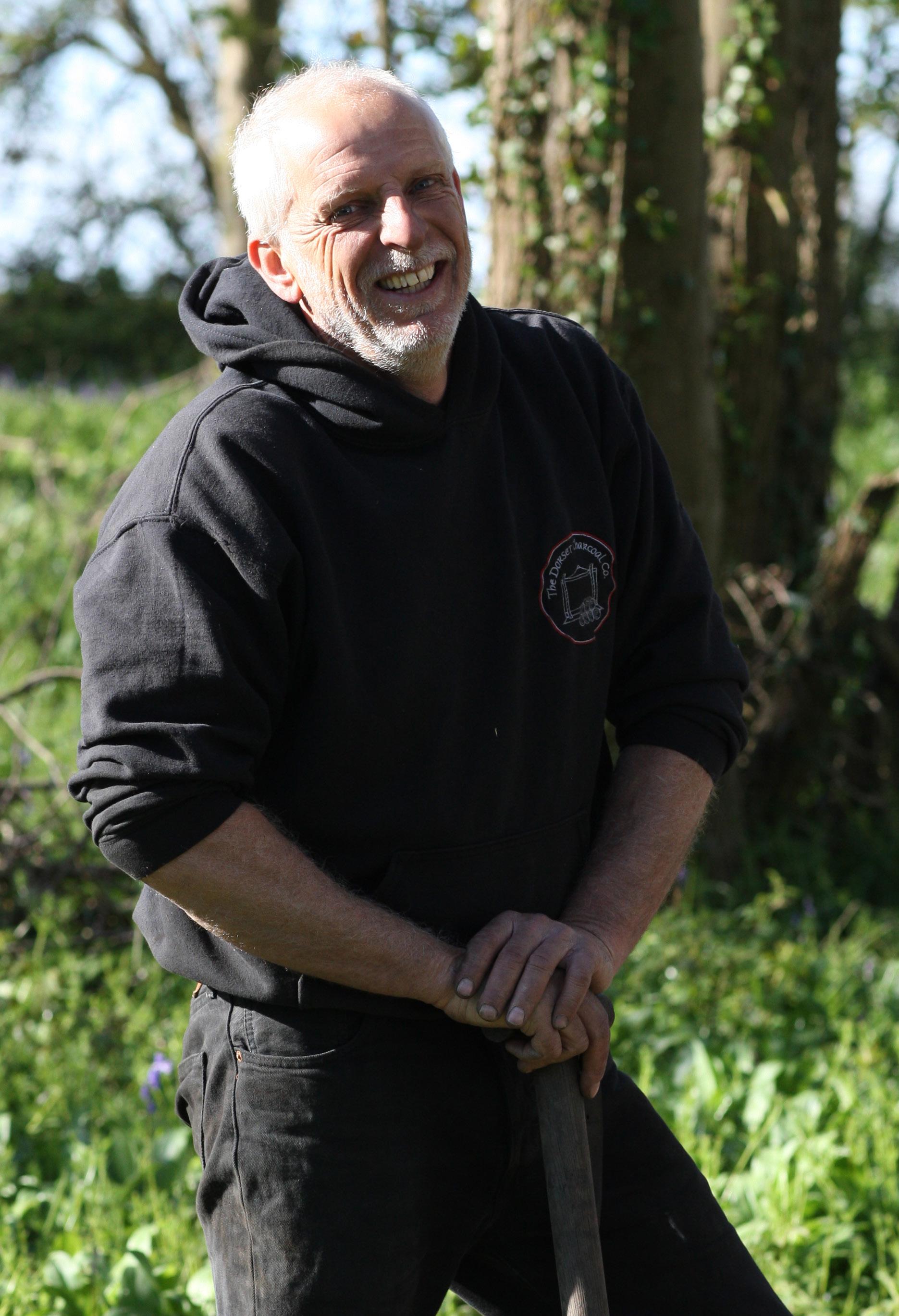
pieces are bagged up on site to sell as barbecue fuel, while finer grades go to the cosmetic industry as an environmentally-friendly replacement to the now thankfully banned microbeads.
Jim’s charcoal even features in blockbuster movies – his powder was used for special effects in the latest Star Wars film! The Dorset Charcoal Company is accredited as a sustainable supplier to the TV and film industry by the BAFTA scheme We Are Albert His charcoal enhances equestrian and cattle feed (adding biochar to feed reduces cows’ methane emissions by up to 18.4 per
cent) and is also a diet supplement for dogs. His biochar horticultural additives, an ancient way of conditioning soil, help to retain both nutrients and moisture, improve drainage and soil microbes.
‘Finally, after shouting from the treetops, the penny is dropping and we’re finding sustainable alternatives,’ says Jim. ‘Charcoal is natural. We’ve used it for thousands of years. The symbiotic relationship makes such sense. We can create a sustainable wood fuel with carbon dioxide emissions 95 per cent lower than gas or


Charcoal is a natural, sustainable fuel with CO2 emissions 95 per cent lower than gas or oil
Once a kiln is lit, Jim Bettle lets it ‘cook’ for 16 hours. He has seven kilns, and during the season there will constantly be two working
Jim’s team expertly manoeuvre the massive circular lid –Tracie thinks of a giant’s paella dish – from the wood-filled kiln
oil. It’s absorbed back into the soil and nourishes trees.’ He gestures to the woodland around him. ‘Managing this coppice allows flora and fauna to thrive. I hear more birds and insects as we open the wood and let light in. I’m completely driven by producing a sustainable product that has positive effects in the environmental chain.’
The call to a career in charcoal came more than 25 years ago. ‘I got my degree but quickly realised a suit, tie and a job in the city was not for me.’
After some time spent backpacking, Jim took a variety of rural jobs. ‘A throwaway comment from a master thatcher I was working for – “there’s a future in charcoal” – was the first seed sown. I went to Glastonbury Festival (now one of his clients) and rather than take photos of the stars on the Pyramid stage, I took snaps of kilns!’
Living and working on the Drax Estate, the ‘charcoal call’ came again when the estate forester
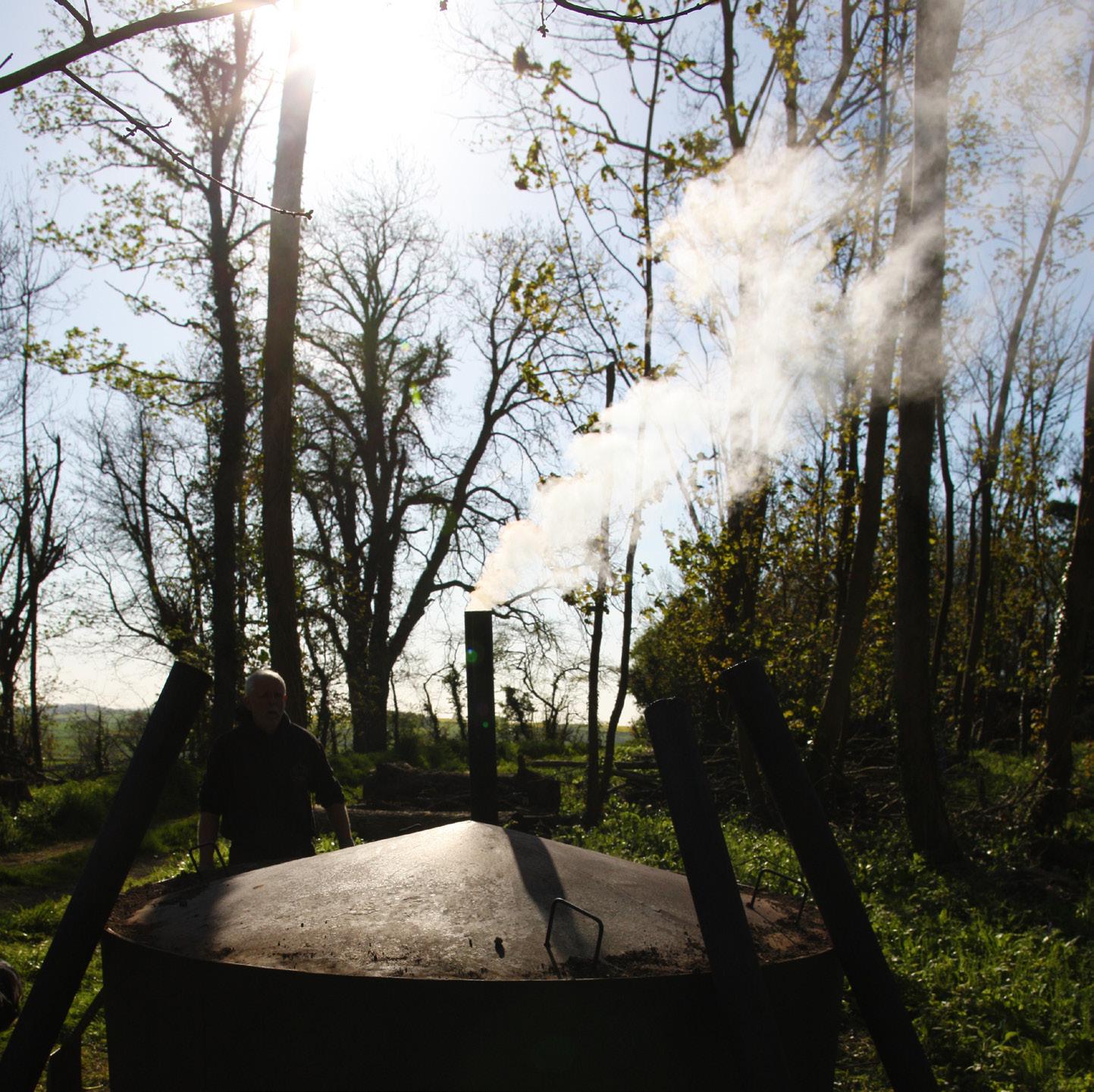
looked for a charcoal burner. Over a bottle of wine, a plan was hatched and in 1996 Jim began contracting. He went to the Greenwood Trust in Telford for training in woodland skills. ‘I also travelled around the country learning this ancient craft from the “old boys”. I started making my own charcoal at weekends and in 1997 gave up my day job and launched The Dorset Charcoal Company.’ Now, 25 years on, he’s proud to have four employees and seasonal summer workers (‘my ‘woodland pirates’). And it’s not just his own business in Dorset: ‘I wears the charcoal hat for the National Coppice Federation and lobby government to regulate charcoal imports. The scale of waste is madness! The UK imports over 100,000 tonnes of substandard charcoal annually, made by ravaging tropical rainforests.
And don’t get me started on the shipping pollution to get it here!’
DorsetCharcoal.co.uk
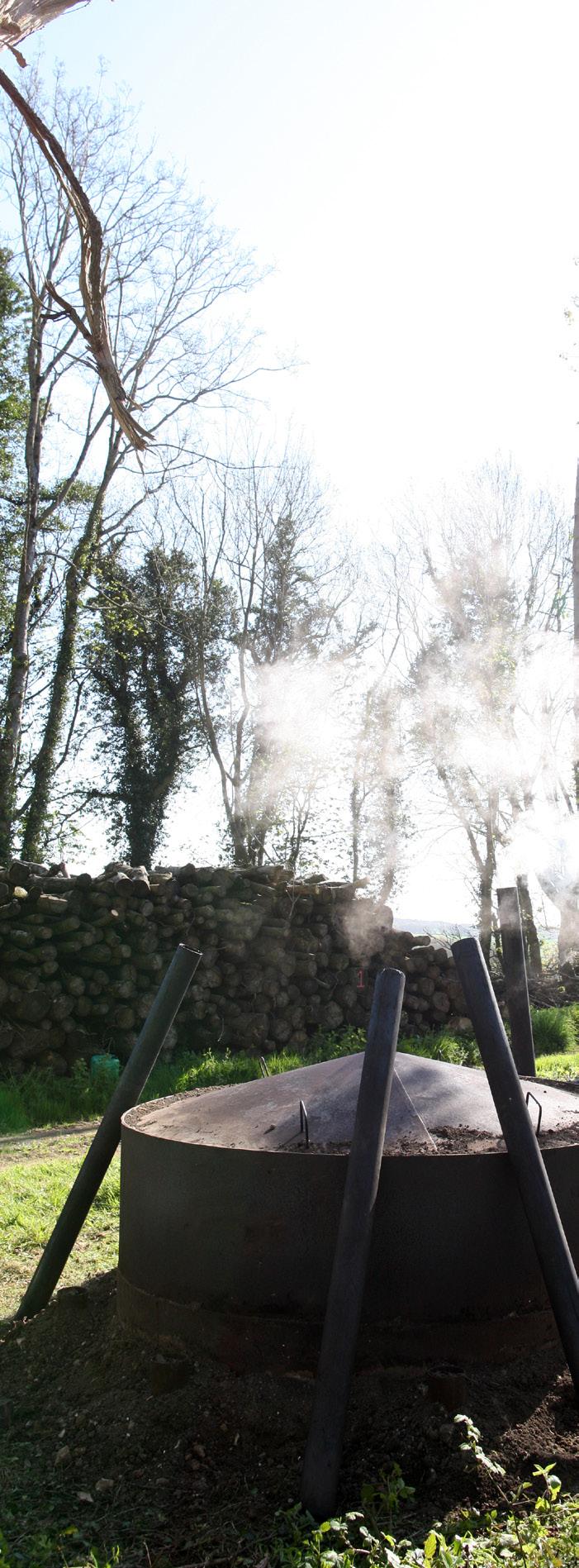
Jim’s ‘in tray’ – a neat stack of 300 cubits of ash, sycamore and oak, cut from the private Dewlish woodland that will be his office until the end of August.
A-list barbecue guests?
My wife Nancy, the UK’s environment minister (it would good to have her ear!), ex-US presidential candidate Al Gore and scientist James Lovelock. Oh, and Shane Warne (I’m a keen amateur cricketer!).
Book by your bedside?
American Dirt by Jeanine Cummins. It’s a brilliant novel about a Mexican migrant family building a life in the USA
*cubits – an ancient unit of length based on the length of the forearm, from the elbow to the tip of the middle finger. Usually equal to about 18” / 46cm



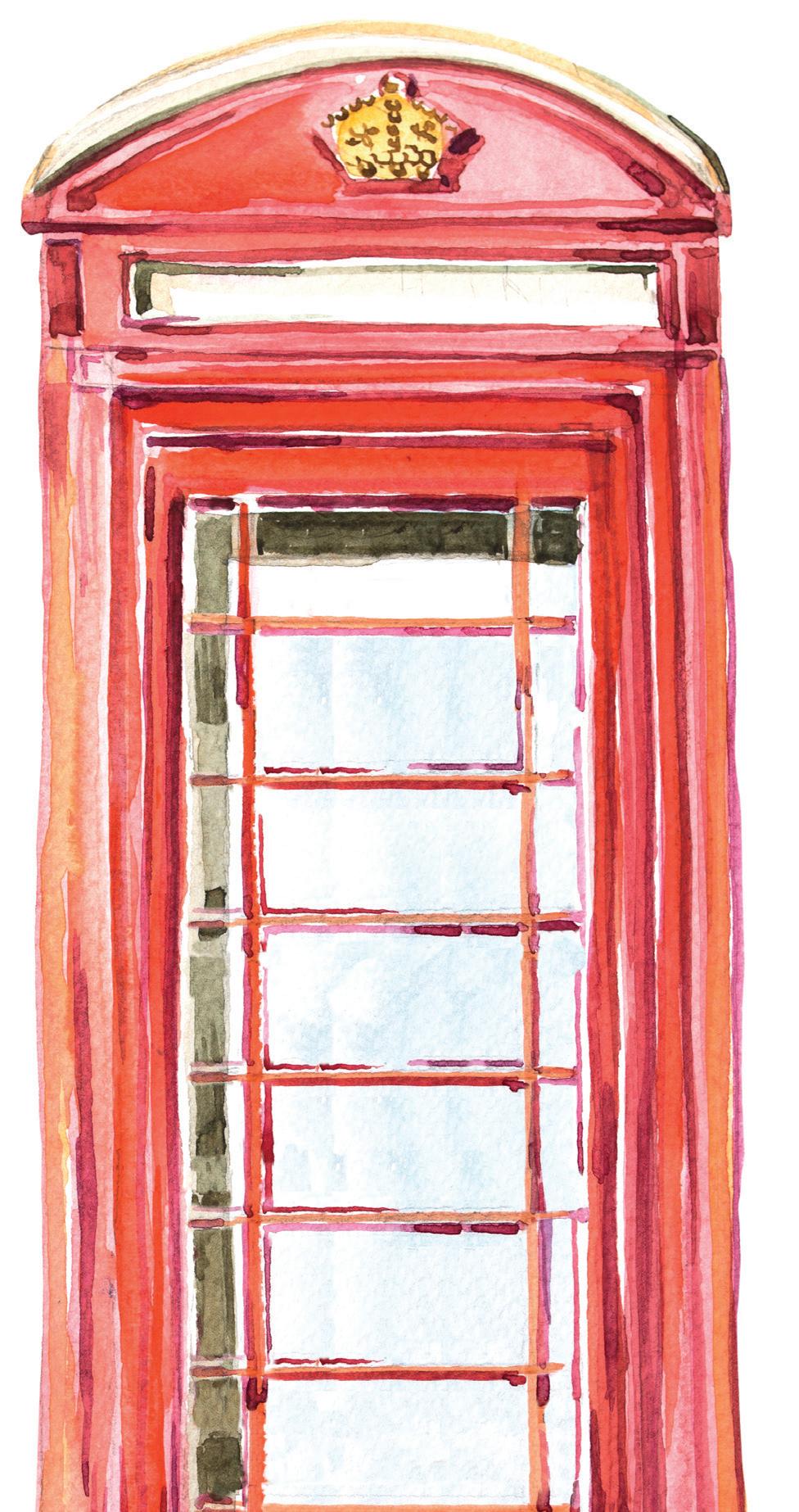

You can’t interview Charlie without a steady stream of name-dropping – his long and winding career is a musical tour through 40 years of popular culture
Charlie North-Lewis was working at BAFTA when he decided it was time to go back to his roots and look for a theatre job.
‘I just happened to see the advert for the Tivoli. It said “Tivoli Theatre in Wimborne, Dorset, is looking for a general manager.” I’m sure it said something along the lines of knowledge of the area useful or helpful or something. And I just thought, well, I went to school in Dorset so that’ll do.’
I came for the interview, but genuinely didn’t expect to hear back from them. I got a phone call, though, and the first thing that was said was: “We don’t think we can afford you. How much do you want to be paid?’ It was higher than they were hoping (but it wasn’t all that high!), so I wished them well and told them to let me know how they got on. Why I said that I’ve no idea. Six weeks later the Tivoli called me back ...
There’s incredible community support for the Tivoli. From the box office staff, the people who you buy the tickets from, the front of house staff, the bartenders, the ushers ... they are all volunteers.
I’ve never thought about my career as being particularly exciting. It’s just what I do. But then I talk to other people, they moan about only ever working in an office for however long, and I think ... you know, I’ve actually been pretty lucky.

And so to Charlie’s eight music choices, in no particular order, along with how and why they have stuck in his life:
Nat King Cole
Unbelievably, this is a memory from 40 years ago this year. I was living in Toronto (my first wife was Canadian), and my son James was born in the city’s North York General Hospital. Funnily enough we had an English doctor. Dr. Peridot was his name. I remember going into the delivery room with all the gear on, you know, and he just strode in, eating a sandwich! He put the radio on, and there was Nat King Cole singing Ramblin’ Rose. It was playing when my son
James was born.
It was a close call on my Nat King Cole choice, though. In the late 80s I was in Toronto and saw The Profumo Affair. One of the songs in the film was Lazy, Hazy, Crazy Days of Summer. Watching the 60s movie, hearing that song, I was taken straight back to my childhood. For some reason, it always makes me think of my parents’ front garden, I have no idea why. Hearing it brings me the scent of an early summer day and the waft of gin and tonic and freshly lit cigarettes because they were having one of their drinks parties or something.
My first marriage broke down and I came back to England in 1997. A job at BAFTA came up and I just applied for it. I got a letter almost by return asking me
‘I just thought, well, I went to school in Dorset, so that’ll do.’
to come in for an interview (on the way to which I wrote my car off, which is a whole other story). Anyway, I got the job! One of the first things I was asked to do was to revamp BAFTA’s banqueting area in honour of Sir David Lean, the film director. I was hunting for the right production stills from Dr Zhivago, and someone told me to call a place in Camden called the Cabal Collection. I ended up speaking to a lovely voice on the end of the phone. I’ve no idea quite why I said it, but I alluded to the fact that she must be quite glamorous. I discovered she was Australian (she didn’t sound Australian at all) when I met her the next day –I was so enchanted by her. She came and saw a film at BAFTA with me and we got married exactly a year later! I was actually half an hour late to my own wedding because I misjudged how long it would take me to get there.
Fiona had been playing me this song, saying it was one of her favourites and that she wanted it at her funeral. It’s a special song – sad, but the lyrics are beautiful. It’s about the end of the small, rural communities and small towns, how they’ve been gobbled up. It’s a really lovely song.
To be honest, I just think this is one of the best songs ever

written. That’s it. I just absolutely love it. There are several versions of it, but for me the best is on a double CD called Looking Into You, a Tribute to Jackson Browne. It’s his song, but it’s sung by a group called Venice. Of all the versions I’ve heard, this is it. It’s a song about death. Or rather, some people have interpreted it as being a song about death.

I just think the lyrics are amazing.
Chris Farlowe
Best singer ever. Bar none. He’s been my favourite for decades. In my opinion, Chris Farlowe and Steve Marriott are two of the greatest vocalists this country’s ever produced for British R&B and British soul.
Paul Rogers is another one, actually. And Rod Stewart – if you listen to early Rod Stewart
with the Jeff Beck Group he’s phenomenal. And with the Faces. Him and Farlowe and Marriott –you can’t touch them.
Chris Farlowe was the first act I ever booked for the Tivoli, beginning a long association which still continues. He’s back with Colosseum later in May and hopefully in his own right later this year.
Stray Cat Strut
Stray Cats
I worked for a concert merchandise company in London after I’d been the in-house sound engineer at Blazes Club in Windsor. Through that job I knew the man who was Andy Williams’ sound engineer (whose wife is Elkie Brooks). On the second time that Andy Williams played at Blazers, in 1981, I asked Trevor to let me know if he heard of any jobs going – I’d seen my future as a sound engineer. About two weeks later I got a phone call from the production manager: “Do you want to go to Europe with Nils Lofgren?” I said yes, and he said “Good, you’ll be doing the merchandising”. I protested that I was a sound engineer. He said: “Take the job. You’ll get paid more than you earn now, you get all your expenses, you’ll travel and you’ll meet people that can be very useful to you.”
He was so right.
It became a Rick Wakeman tour instead. Then I went straight on a Steve Harley tour, which had two
London dates, during which my boss abruptly said ‘I’m taking you off this tour’. I thought I’d done something wrong! But no, turned out I was going to Bristol with the Stray Cats.
In 1981 we had the worst winter we’d had for 20 years. The snow was appalling and we were ordered out of our vehicles on the M4 because of the snow. We never even got to Chippenham (it wasn’t Bristol after all). So the first gig I actually did with them was in Brighton and I just loved them. It’s the type of music I really like, rockabilly. Apart from the Rolling Stones, the Stray Cats are my favorite band. It’s strange, touring. You get ten days into a tour and think ‘Oh God, there’s another month to go.’ Because, you know, you don’t get many days off, it’s constant. But then as soon as you come home, you can’t wait to go out again. I did enjoy it ... there was only one I really didn’t enjoy. That was my second tour with Kid Creole, but I loved the first.
I was doing a tour with Rose Royce at the time, and worked out with my manager that the two tours didn’t clash, so I could manage them both. I loved it. It was like a family on tour. I had a short break in Canada while my first wife and I got married, and then I was put on this second three-month tour with Kid Creole. It was relentless – just too many dates, no time off, my grandmother died when I was in Germany ... I just didn’t enjoy
it. I came back and did a tour of France with Murray Head. Then I was taken off that to do a Pat Benatar tour, joined up with my mate Derek and we did a load of tours together. And then I toured with Tears for Fears. And then I moved to Canada!

Gimme Shelter
The Stones
I just think this is one of their best songs, actually. It was that or a song called Dead Flowers, which I absolutely love, a country song, really, and Mick Jagger sort of does a Johnny Cash voice. But Gimme Shelter – I just think it’s a powerful song. The Stones in concert will have a guest vocalist who will come on and sing it with them; I’ve seen them do it with their former backing singer Lisa Fisher, who has one of the best voices. She was the greatest companion vocalist on the song with Mick Jagger. It’s not a terribly nice

song, in terms of what it’s about. But it’s just fantastic.
Tin Soldier

The Small Faces
I think this is one of The Small Faces’ greatest songs. And it just showcases Steve Marriott’s voice brilliantly. I was a fan of his, through The Small Faces and then in Humble Pie – I saw Humble Pie at Oxford Poly. I was just completely blown away by them. But then The Small Faces reformed in about 1976, and I went and saw them at the New Theatre in Oxford. I expected it to be packed – it wasn’t and I couldn’t understand it! I was just really glad I saw them. Sadly, Ronnie Lane had left them at that point, but all the others were part of it. Marriott’s just one of the greatest vocalists ever.
Andy Fairweather Low
Andy Fairweather Low is one of the nicest people you could ever meet. He’s got no side to him at all. You can sit and have long chats with him about all sorts of things, he’s great company. I think he’s one of the most unsung heroes – a lot of people don’t realise exactly what he’s done in his life. I mean, he was a pop star in the 60s with Amen Corner. And then he had quite a bit of solo success. And then he ended up becoming a sideman. He was with Eric Clapton for






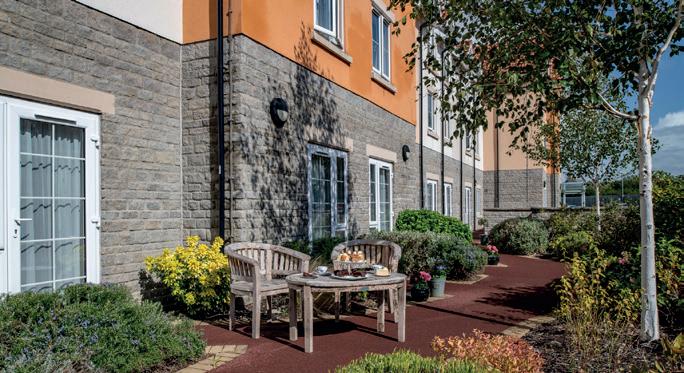
years, he was with Roger Waters for years. And he’s played with all sorts of other people on their records and as a sideman. In about 2008 that he, Dave Bronze who was Eric Clapton’s bass player, and Chris Stainton, who was Clapton’s keyboard player, would just go out on tour. They played the Tivoli, and I was just blown away by it. What a nice man. He’s been a regular visitor to us almost every year since, until COVID messed things up. I’m hoping he’ll be back soon. I chose his Hymn For My Soul just because of the lyrics.
A book for a castaway
It would be a John Mortimer, but I’m cheating. I cannot decide between Paradise Postponed or the complete Rumpole stories. In Toronto I went to An Evening With John Mortimer. I took my copy of Paradise Postponed and some of my Rumpole books, and he signed them. It was almost as good as seeing the Stones in concert. Not quite, because nothing’s that good. But it was amazing.
I love Rumpole. In terms of heroes, if one can have a fictional hero, mine would be Horace Rumpole. I want to say he’s the Lenny Bruce of the legal system, but he wasn’t a heroin addict. And he didn’t swear in court. But he just wanted the truth. Rumpole’s thing is the truth. There’s a great documentary
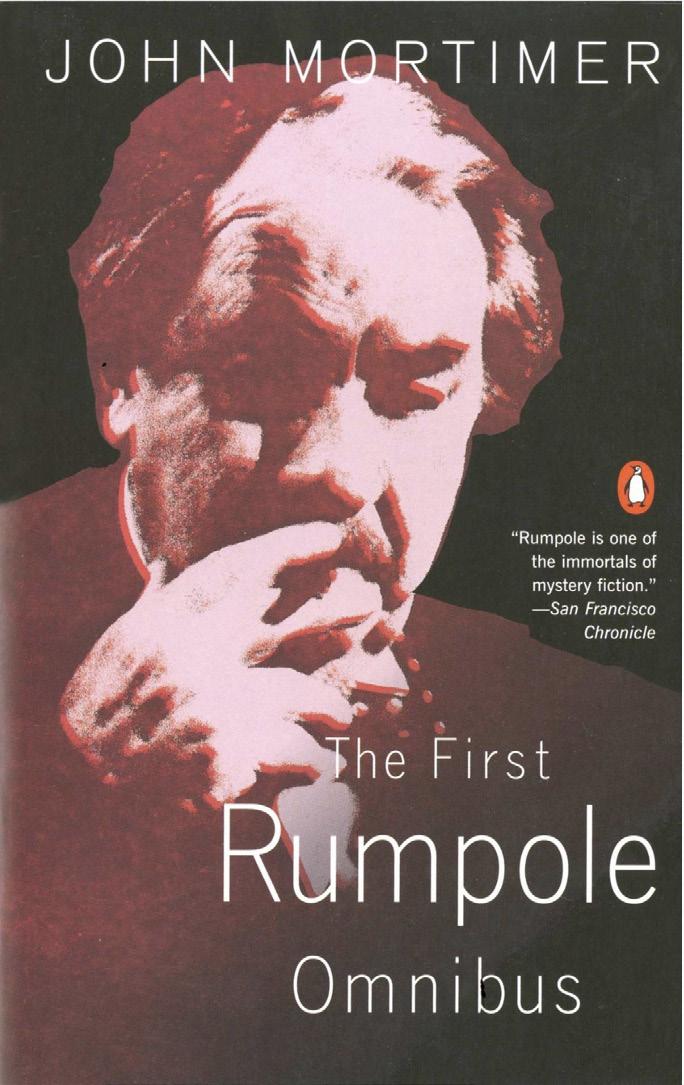
about Lenny Bruce called Swear To Tell The Truth (I actually have it tattooed on my arm). Truth is Rumpole’s whole thing. Plus he’s totally irreverent. Another reason why I think he’s really cool.
My guitar. Well. One of my guitars. I have too many. I won’t say how many in case my wife sees it. The thing is I keep saying ‘right, I haven’t played that one for ages. I’m just gonna sell it’. And then I pick it up to put it in its case. And then I think ‘oh, actually, maybe I won’t sell it’. I need to be very strict with myself. So yeah, I would take an acoustic guitar, obviously, because there’d be no electricity.
And if a giant wave was coming, and there was only time to snatch one record, which would Charlie save from the water?
‘It would probably have to be Gimme Shelter. I think ... maybe ... that or Our Town.


It’s so difficult to choose!
• Wimborne’s Art Deco Tivoli
Click to listen to Charlie’s playlist on YouTube


Theatre was built in 1936 as a theatre and cinema.
• Tracie’s full interview with Charlie will be included with the May BV podcasts – don’t miss it, we couldn’t include half the stories Charlie shared.

Libby Page is a Sunday Times bestselling author, known for her feelgood novels exploring themes of community, love and connection.

Born and raised in Dorset, Libby’s roots provide a strong foundation for her storytelling. Her debut novel The Lido received widespread acclaim for its heartwarming narrative and exploration of love in its many forms. Libby has continued to captivate readers with her subsequent novels The 24-Hour Café and The Island Home. Each is infused with a deep understanding of human emotions and the power of connection. Her latest novel, The Vintage Shop of Second Chances, was published in February, and is based in Frome. In the story, after the death of her beloved mother, Lou is opening her own vintage clothes shop in the town. In upstate New York, Donna is questioning her past. Her only clue is a picture of a yellow dress, currently on display in a shop in England. Maggy is facing life as a 70-something divorcee. The new vintage shop in town sparks memories of her past and reignites a passion she’s been missing. Can these three women find their answers – and unlock a second chance?
In her spare time, Libby is a keen outdoor swimmer and she now lives just over the border in Somerset with her husband and young son. Her Twitter followers are still awaiting the tale behind the tweet about a (presumably) Dorset Morris Dancerelated incident ... (see below)

Sturminster Literary Festival
Libby will be taking part in the Sturminster Newton Literary Festival. On 8th June she will appropriately be appearing in 1855, giving a talk about The Vintage Shop of Second Chances. After the talk and book signing, the team from The Boutique in Sturminster Newton will hold a fashion show of pre-loved items. Tickets are £10 and include a glass of prosecco on arrive – book here
And so to the 19 random questions...
1. What’s your relationship with Dorset?
I grew up in Gillingham! I went to school there and I visit regularly, as my mum still lives there.
2. The last film you watched?
Mrs Harris Goes to Paris. It was a lovely escapist treat.
3. It’s Friday night – you have the house to yourself, and no work is allowed. What are you going to do?
I am going to curl up on the sofa with a good book and a takeaway. I’ll probably have a bath and then I’ll be in bed by 9pm.
4. What book did you read last year that stayed with you? What made you love it?
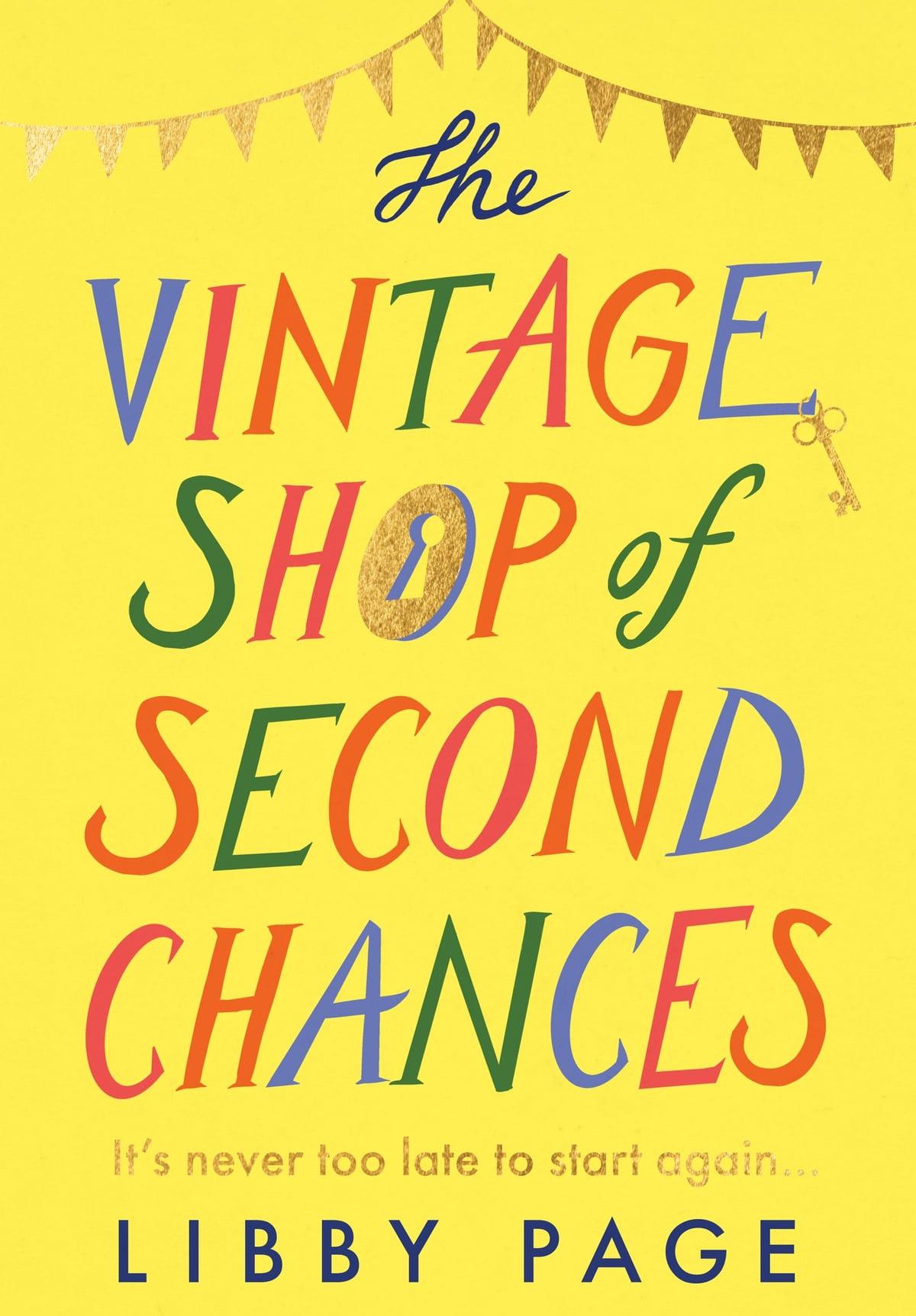
I loved Jojo Moyes’ latest book, Someone Else’s Shoes. I especially loved it for the depiction of female friendship and the impact of depression on a marriage. It was really moving but also uplifting.
5. What was the last song you sang out loud in your car?
Bitch by Meredith Brooks!
6. What would you like to tell 15 year-old you? It’s going to be OK. And yes, you WILL become an author!
7. Tell us about a sound or a smell that makes you happy?
The sound of my toddler snoring ... and the smell of hyacinths.
8. What’s your secret superpower? Being able to nap at any time of day, anywhere. Literally, anywhere.
9. What would you like to be remembered for? Being kind to the people I love, and for writing books that made people smile.
in one room – including our son, who didn’t exist when we got engaged!
14. What is your comfort meal? Baked tomato and mozzarella gnocchi
10. Your favourite quote? ‘...but what if it all goes right?’ I have it hanging on the wall in my writing room. I’m a natural worrier, and it helps to remind me that sometimes the worst doesn’t actually happen after all!
11. Your top three most-visited websites (excluding news and social media)?
• The Novelry – where I work as a writing coach
• Substack – I have my own newsletter
• Lucy & Yak – basically I’m always contemplating which dungarees to buy next
12. Chip shop chips or home-baked cake?? Definitely cake. Every time, thank you!
13. Tell us about one of the best evenings you’ve had?
My wedding party!
It was delayed due to COVID by two years, and it meant so much to finally have everyone we loved
15. Your most annoying trait? Getting distracted! When my mind is in my books and with my characters, I have a horrible habit of just not finishing sentences.
16. What was the last gift you either gave, or received?
Flowers, on both counts! I gave them to my mum for Mother’s Day and also received them from my son and husband!
17. What in life is frankly a mystery to you? The revival of 90s fashion ...
18. You have the power to pass one law, uncontested. What will you do with it? Allow public access to the UK’s waterways and put in place stricter rules to stop the pollution of our rivers and seas.
19. And finally, the best biscuit for dunking? Chocolate digestives!
‘...basically I’m always contemplating which dungarees to buy next’
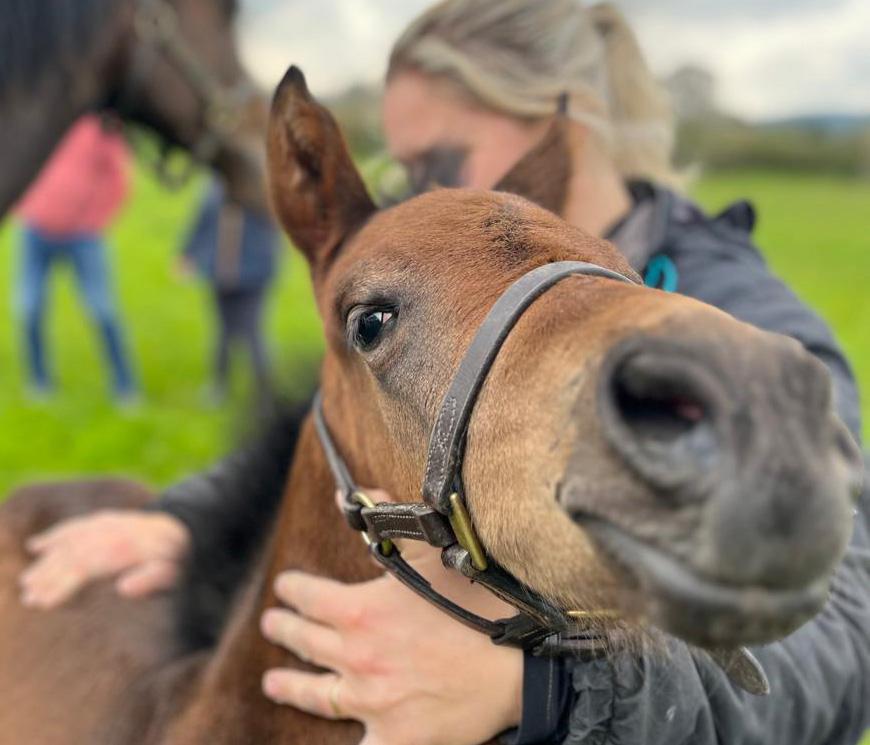

As usual, the BV’s Courtenay arrived a couple of days prepublication to enjoy his monthly foal cuddles (that’s not actually
Richenda Ford and family having a cuddle with their 4-week-old Golden Horn colt whom they plan to train and race once he is old enough.
Image: Lucy Procter
what he’s there for – Ed). We always enjoy showing visitors round the stud and share their enjoyment in watching the
foals just being foals – galloping around, playing, eating and snoozing. To see the horses through a fresh set of delighted eyes gives us a new perspective on what can otherwise become day-to-day grind.
This month, as well as Courtenay, we have welcomed owners and their families, old friends, past employees and Clare Roberts, our nutrition expert from Saracen Horse Feeds. Clare is an invaluable visitor, walking round the stock with us every few months as the seasons and nutritional requirements change, discussing how our young horses are developing and advising on any adjustments to the type and quantities of feed in order to help optimise growth and condition.
Some of the older foals, whose dams are back in foal, are now
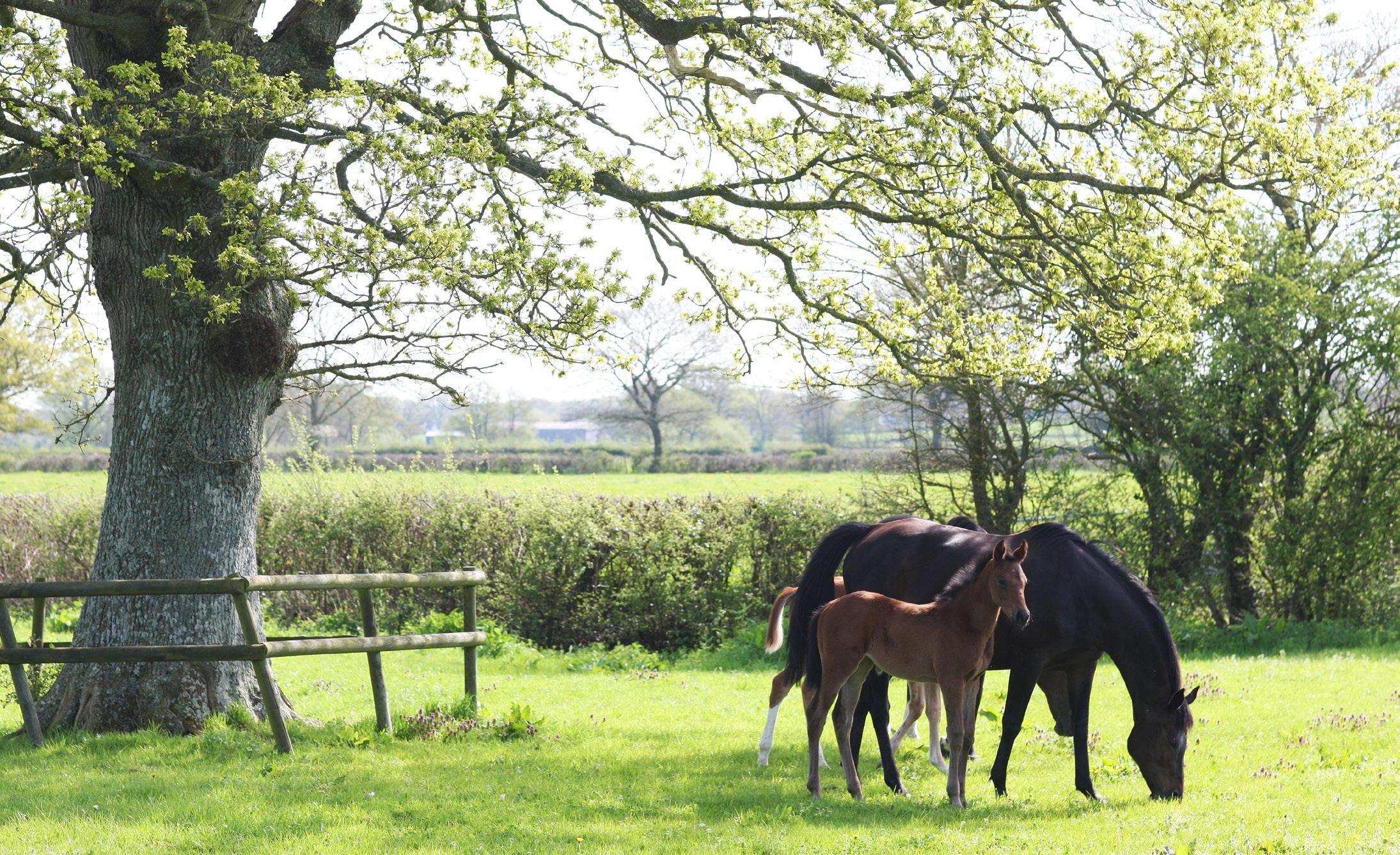
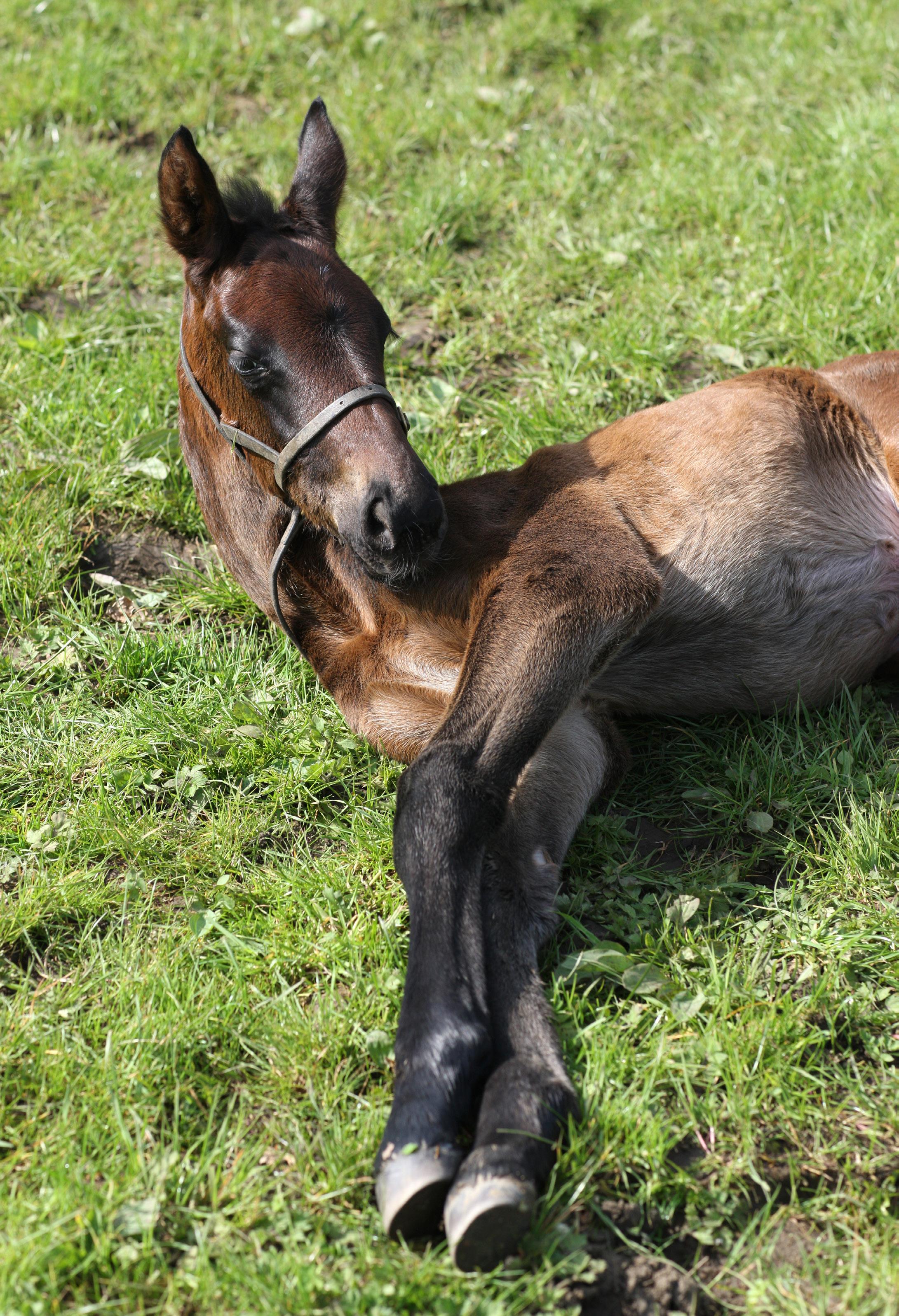

living out – our thick hedges and trees providing shelter. April has still been cold at night, so when it has been wet and windy we have either rugged the foals or brought them in to give them a break from the weather.
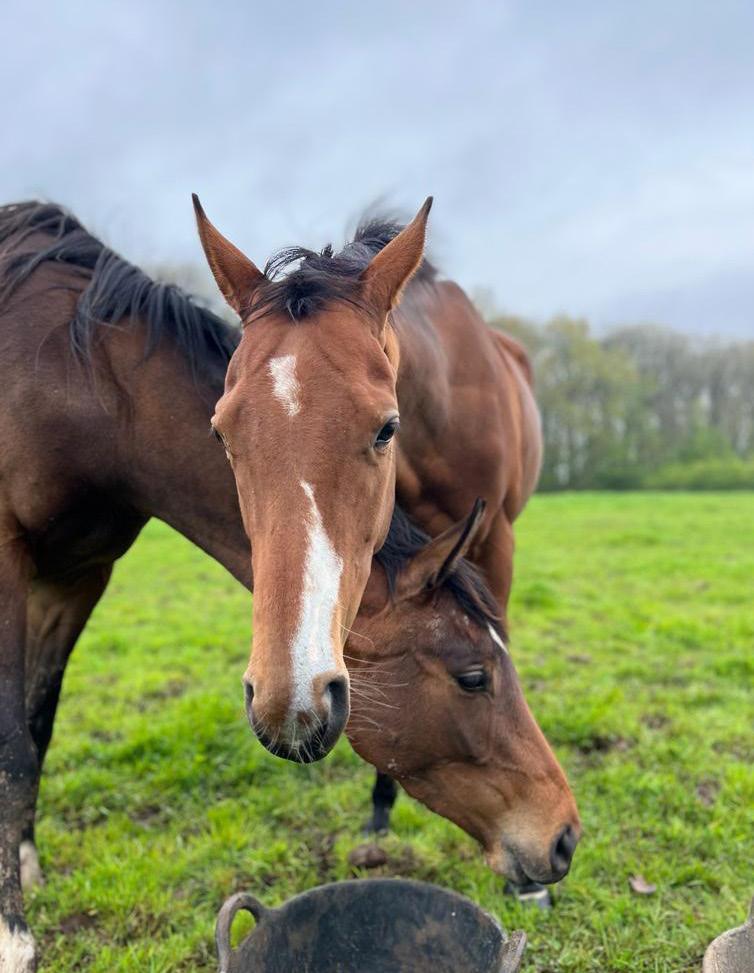
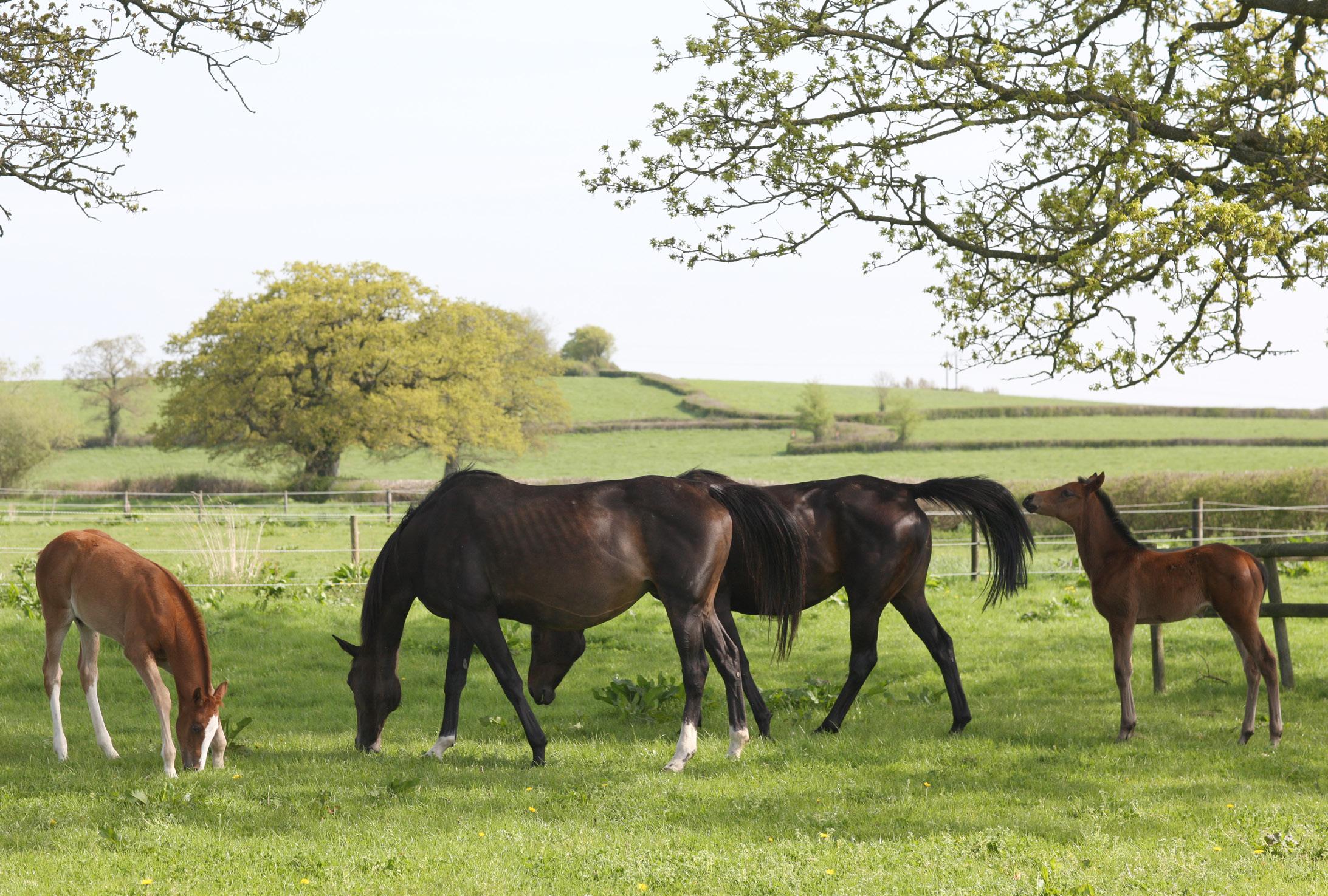
The mares are left without a rug – it would be dangerous to put a rug on a mare with a foal at foot. While feeding, the foal could easily become tangled in the rug’s belly straps. Two of the horses that are in training have also been turned out to grass, literally with their shoes off for a six-week break. They will be brought back into work again in mid-summer, but for now they are thoroughly enjoying their holiday with their friends.
It has been a busy month for covering mares (getting mares back in foal). The Thoroughbreds have to have ‘live covers’ – the mare has to actually visit their chosen stallion. Rather than boarding at a stallion stud, our owners choose to board their mares with us, and we carry out what is known as a ‘walk-in cover’. Our vet, Paul Legerton, carries out ultrasound scans of each mare’s uterus and tracks their cycles as they come into season. As soon as a mare has a well-growing follicle and increasing oedema, we phone the stallion stud and book a slot, usually in the next 24 to 36 hours, for us to bring the mare, with her foal if she has one, to visit
the stallion. During the covering season – which starts on February 14th. Who says horse breeders aren’t romantic?! – a popular stallion can cover up to four mares a day, with six hour gaps between. As
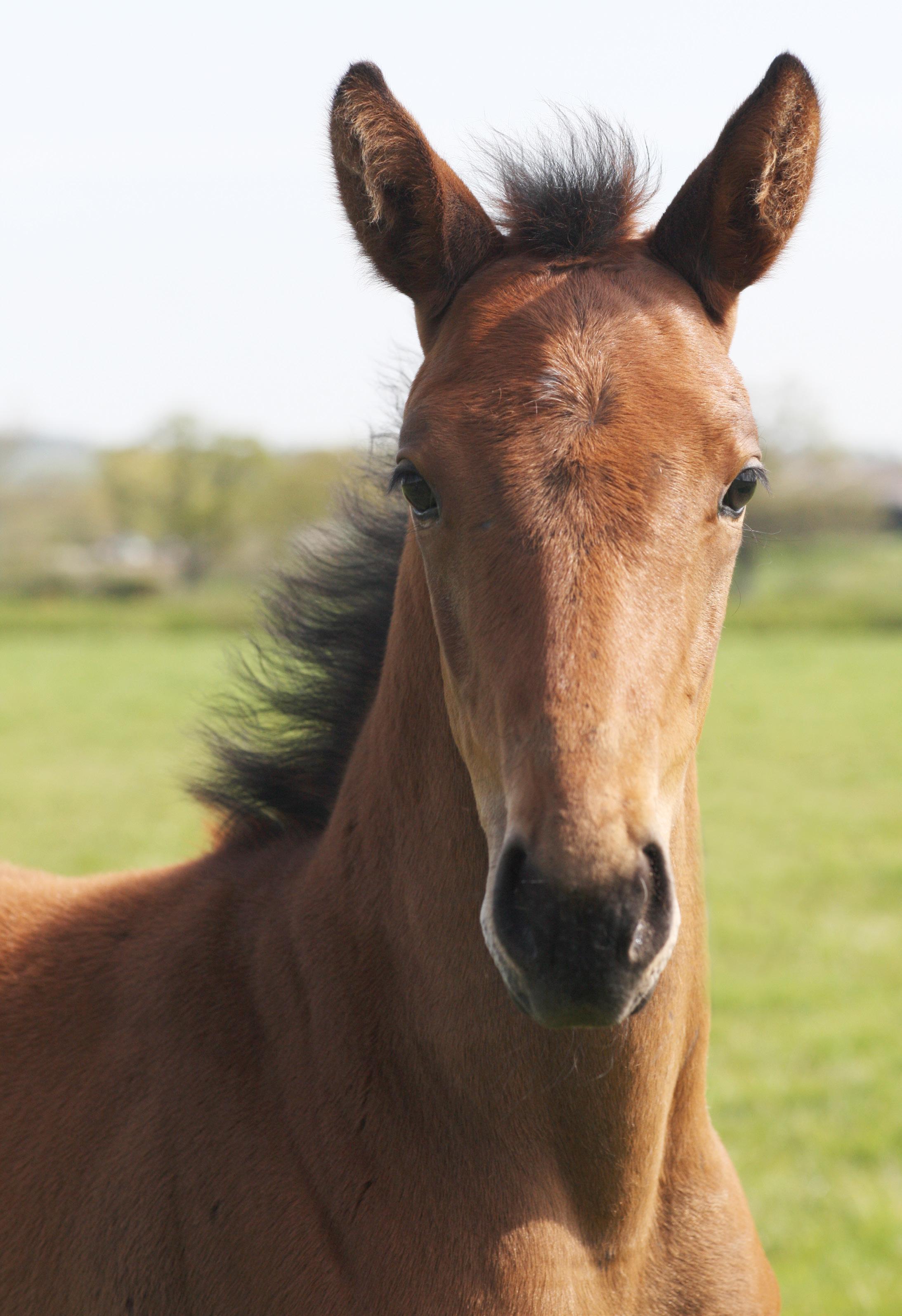

Doug prefers to travel early in the morning when there’s less traffic on the road, it has meant several 3am starts in the lorry to get a mare to the first cover of the day at 6.30am.
We have also started covering the sport horse mares boarding at the stud. These mares are covered using artificial insemination (AI), where our vet inseminates the mares here at the stud at the point of ovulation with chilled or frozen semen. If chilled semen is supplied, it is couriered from the stallion stud 24hrs prior to insemination. Frozen semen can be stored for several months in our nitrogen tank. As smaller quantities of less-fresh semen are inseminated than is the case in a ‘live

cover’, insemination of frozen semen has to take place as close to ovulation as possible, within 6 to 8 hours. If chilled semen is being used then it should be within 24hrs pre-ovulation or up to eight hours post-ovulation.
Once covered, all mares – regardless of covering method – have an ultrasound scan two weeks after ovulation to determine if they are pregnant. It is important to know when ovulation occurred and to be exact with the timing of the pregnancy scan because if a mare scans with a twin pregnancy, one embryo will need aborting, and the vet needs to perform the abortion once the embryo is large enough to detect but before implantation in the wall of the uterus; the optimum timing for this is 15 days post-ovulation.
If both foals were left to grow there would be a far greater chance of the pregnancy failing or of the foals being born small and weak.
With three new foals taking their first steps into the world for their owners this month, and several new mares arriving either for foaling down and getting back in foal, or empty mares arriving to be covered, it has been a busy month on the stud.
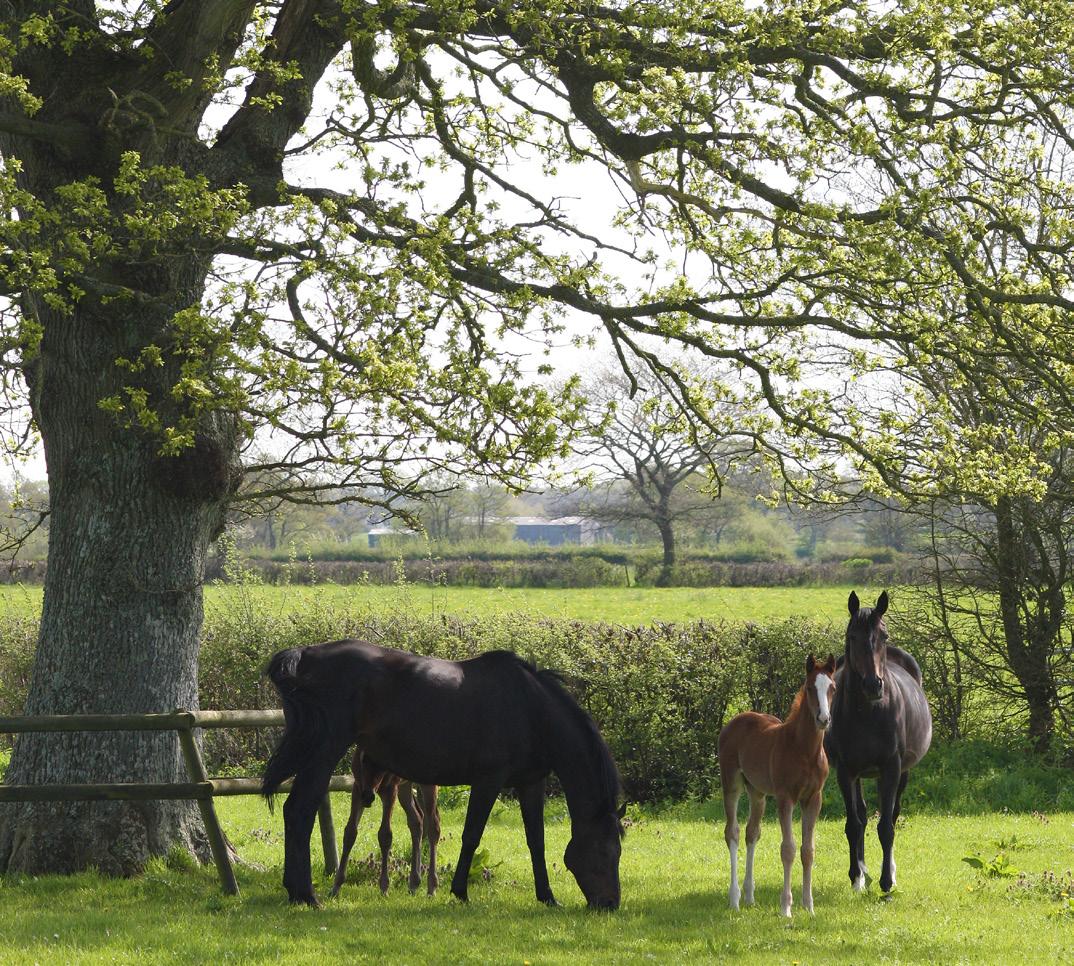
We’re all now very much looking forward to the warmer months when all the stock will be living out and we can dig out the stables and have a good summer clean and deep disinfect ... ready to start all over again next winter.
* Exciting late news, just in, the recently retired Honeysuckle has been nominated for an award at the Thoroughbred Breeders Association Dinner at the end of May. Fingers crossed!
Bartlett is moving home (just over the border into Somerset!)
It’s been a month of mixed emotions for Team TB, as we say goodbye to our base at the William Fox-Pitt’s incredible yard in Dorset, and move back home – just over the border in Somerset. What an absolutely extraordinary 18 months we have had. To be based at such a world class facility, with the opportunity to learn from the very best individual in our sport, has been so motivating and inspiring. I have learned a huge amount from both William and his head groom, Jackie Potts. It’s been the opportunity of a lifetime.
I am very sad to leave beautiful Dorset behind, but the whole team is also incredibly excited about the next adventure!
An unbelievable amount of work has gone on at my family home near Castle Cary – the heart of Blackmore Vale hedge country! We have developed our original small yard into a fabulous new facility, creating six new stables to give me a yard of nine, allowing me to expand and develop TB Eventing as a business. I will be producing young horses while offering schooling and coaching, and also providing equine physical therapy.
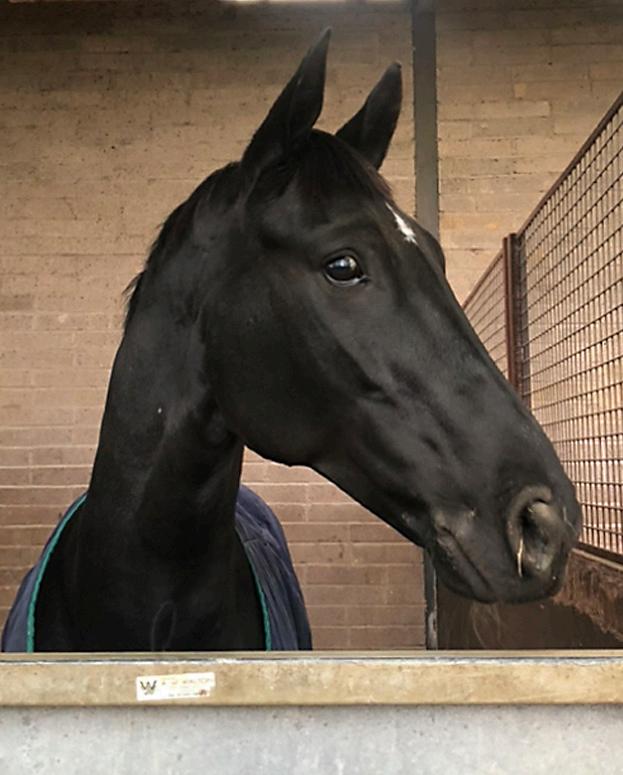

The old coach house has been converted and now provides stables, a gorgeous tack room and an amazing loft conversion for me (which I am super excited to move in to!).
I’m incredibly grateful to everyone who has made
this possible and although there’s a lot of stress in the middle of a very big move, with all the associated sorting and organising, I can’t wait to see the end result.
Alongside the move, we did finally manage to get out eventing! The weather has continued its attempts at interrupting the 2023 season. However, a very long trip up to Burnham Market in Kings Lynn this month was well worth it. Equador MW gave me a fantastic ride round the CCI3*s for his first run of the year and we finished on a double clear. He’s a very exciting horse to ride and we are just about to celebrate one year of him arriving in England from New Zealand to join Team TB. This month sees a big change, some trepidation, lots of sadness as I flee the nest and yet so much to look forward to. Watch this space!
Edwina Baines visited the Sky Arts’ Landscape Artist of the Year 2023 finalist to learn more about her work
Her son’s secret submission of Helen Lloyd-Elliott’s Dorset landscape painting Summer Haze catapulted her into the popular television series Sky Arts’ Landscape Artist of the Year 2023 contest. In each of the first six episodes, eight artists competed, choosing their preferred medium, to create a plein-air painting in just four hours. Throughout the day the judges assessed progress and chose who would advance to the semi-final. The overall winner, Finn Campbell-Notman, won a £10,000 commission from the Royal Museums Greenwich.
Round one
For Helen’s first episode, the artists painted the beautiful landscape around Strangford
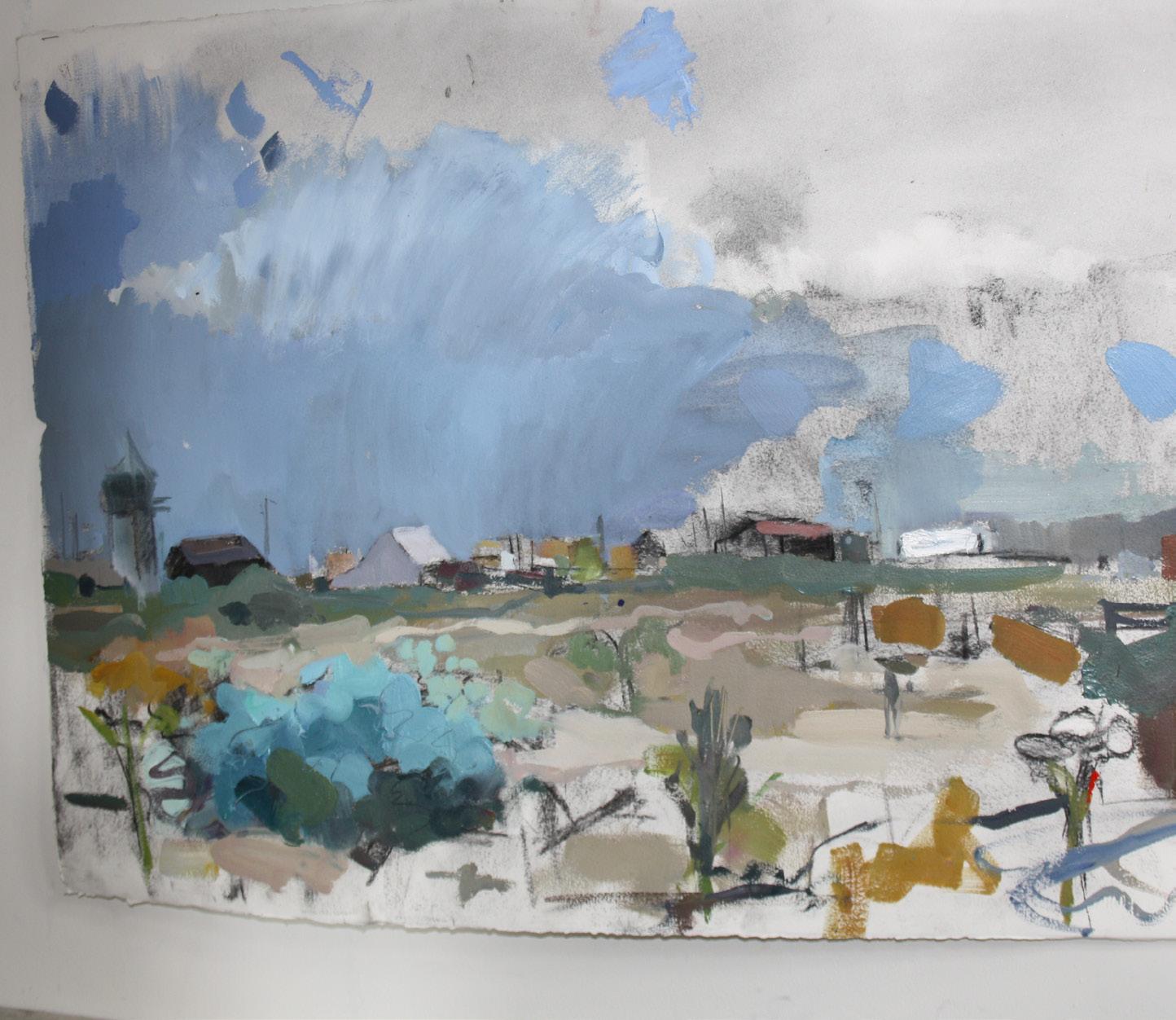


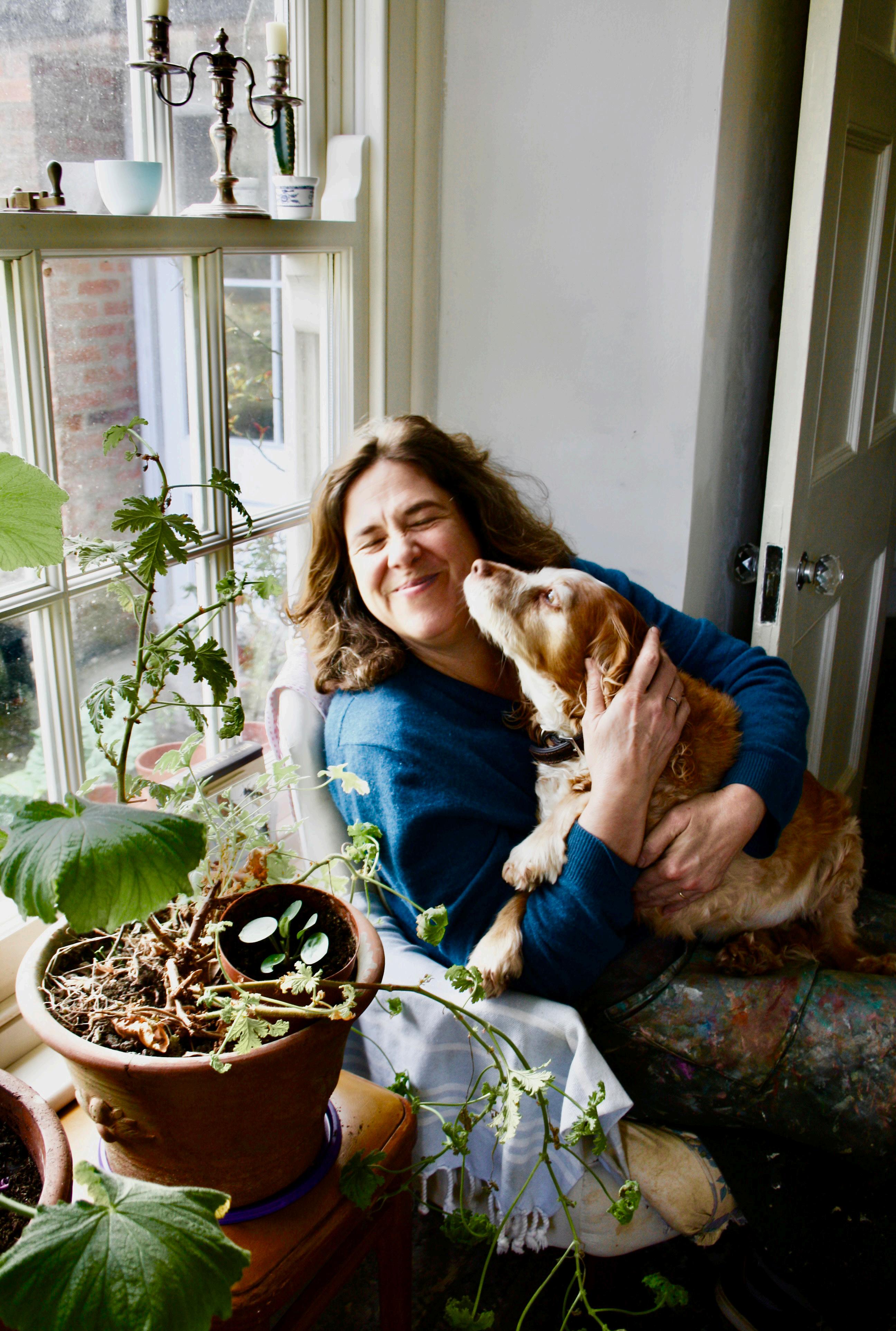
Lough in County Down, NI – it’s the UK’s largest sea loch and one of Europe’s most important wildlife habitats.
When Helen landed in Ireland she not only discovered that her driving licence was out of date, but she had left half her painting equipment on her Dorset kitchen table. A kind local taxi driver drove the now-panicking Helen to his friend’s art shop, which opened up just for her to buy what she needed.
She found that first experience of television fascinating, if not a little daunting. She had to get used to painting with a camera constantly over her shoulder while the producer and presenters asked questions. However, the subject matter – full of soft greens, duns and greys – happened to suit Helen’s style and palette and she was a worthy winner.
For the semi-final, the artists were challenged to capture the Thames flood defence barrier.

Again, Helen triumphed with her sensitive oil painting of the iconic piece of engineering. The three finalists – Helen, Stefano Ronchi and Finn CampbellNotman – were then taken to Dungeness in Kent, one of the largest expanses of shingle in Europe. It is internationally

recognised and protected as a site of conservation and special scientific interest.
Each artist had a different viewpoint and was instructed to produce a landscape. Instead of the previous four-hour time limit, they had a week at home to complete the paintings.
Helen was given an area of industrial fishing shacks and boats which did not immediately appeal to her.
Instead she chose an inland view with, as the judges said of the painting, “a glorious sky”. ‘I would never have normally painted that landscape but it ended up being my favourite location. I’m now planning to go down to Cogden Beach near Burton Bradstock to paint the sea kale, which is becoming increasingly rare around Britain’s coasts,’ she said.
The final was battled out on a hot summer’s day at the Italianate Welsh village of Portmeirion.
‘It was like being on a film set … totally discombobulating and mad … magical and strange,’ said Helen. Painting with such a large audience around her was somewhat distracting and one of the hosts, Stephen Mangan, kindly bought Helen an ice cream
to cheer her up when she felt the painting wasn’t going well!
Judge Tai-Shan Schierenberg said of her work ‘the way she places colour makes me think of music’. Despite not winning, Helen enjoyed being pushed to do something different and was thrilled to get so far in the competition. She said: ‘Everyone was really kind. It just didn’t feel competitive.’
Finn and Stefano remain friends and will be visiting Helen and staying in Dorset this summer.

Helen was brought up in the London suburbs. Art was her favourite subject at school,
so she followed the natural progression to a foundation course. However, like many others she was hesitant to follow on with a Fine Arts degree and instead studied Anthropology and Geography at university. After graduating, she returned to her first love of art and began work as a muralist, painting shop fronts, salon walls and ceilings. She and a friend took a year’s contract in Hong Kong to work as assistants to a muralist and wallpaper painter – and they ended up staying for eight years, setting up a company, gilding and painting large-scale murals in hotels such as the Mandarin Oriental and working as far afield
as Taiwan, Shanghai, Cambodia and India. Eventually moving back to England, Helen worked as an artist’s assistant, painting cruise ship murals and massive ceilings in dry docks in Finland and Germany. In her mid-30s, Helen completed a portrait diploma at the Heatherley School of Fine Art in London.
Marriage, children and a move to Dorset meant a necessary change to painting local landscapes, as well as commissioned portraits, from her converted stable studio near Chard.
Helen was completing several paintings when I visited, from portrait commissions to huge charcoal landscapes. Although
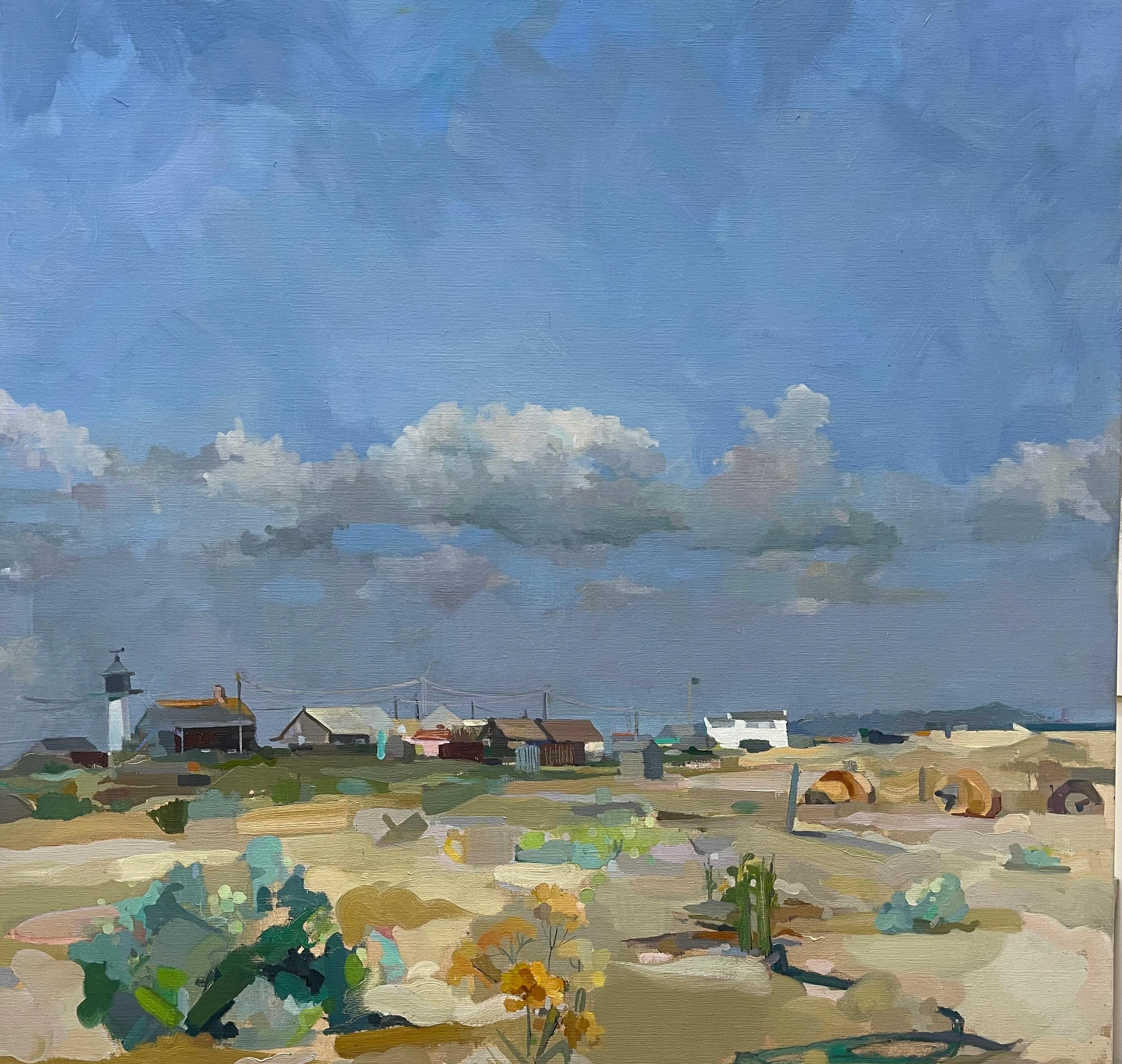
most of her work is in oil, she enjoys charcoal work as much as colour and will sketch with charcoal, finding it much more forgiving than pencil. The unfinished portrait of her husband Martin (previous page) demonstrates Helen’s keen powers of observation – painted in just an hour.
A main palette of yellow ochre, ultramarine, cobalt blue and raw sienna were evident in her studio, though she admitted that ‘sometimes cobalt turquoise or magenta is added to the mix.’


Preferring to work without distraction from emails and the telephone, Helen will paint from early morning until the evening.
‘It’s better when I have a really long stretch.’
The day will be broken for walks with spaniel Rosie or plein air painting before a welcome return to the studio.
‘The alchemy of painting is quite clever. You put one thing next to the other and you’re sometimes surprised how it works out.
‘Ultimately I just enjoy colour. I just enjoy painting.’
helenlloydelliott.com
We welcome photography submissions from readers - the only rule is that they must have been taken locally in the last month. Our cover shot is usually selected from our submissions pile. If you’d like to join in, please share it in The BV community Facebook Group or simply email it to us here



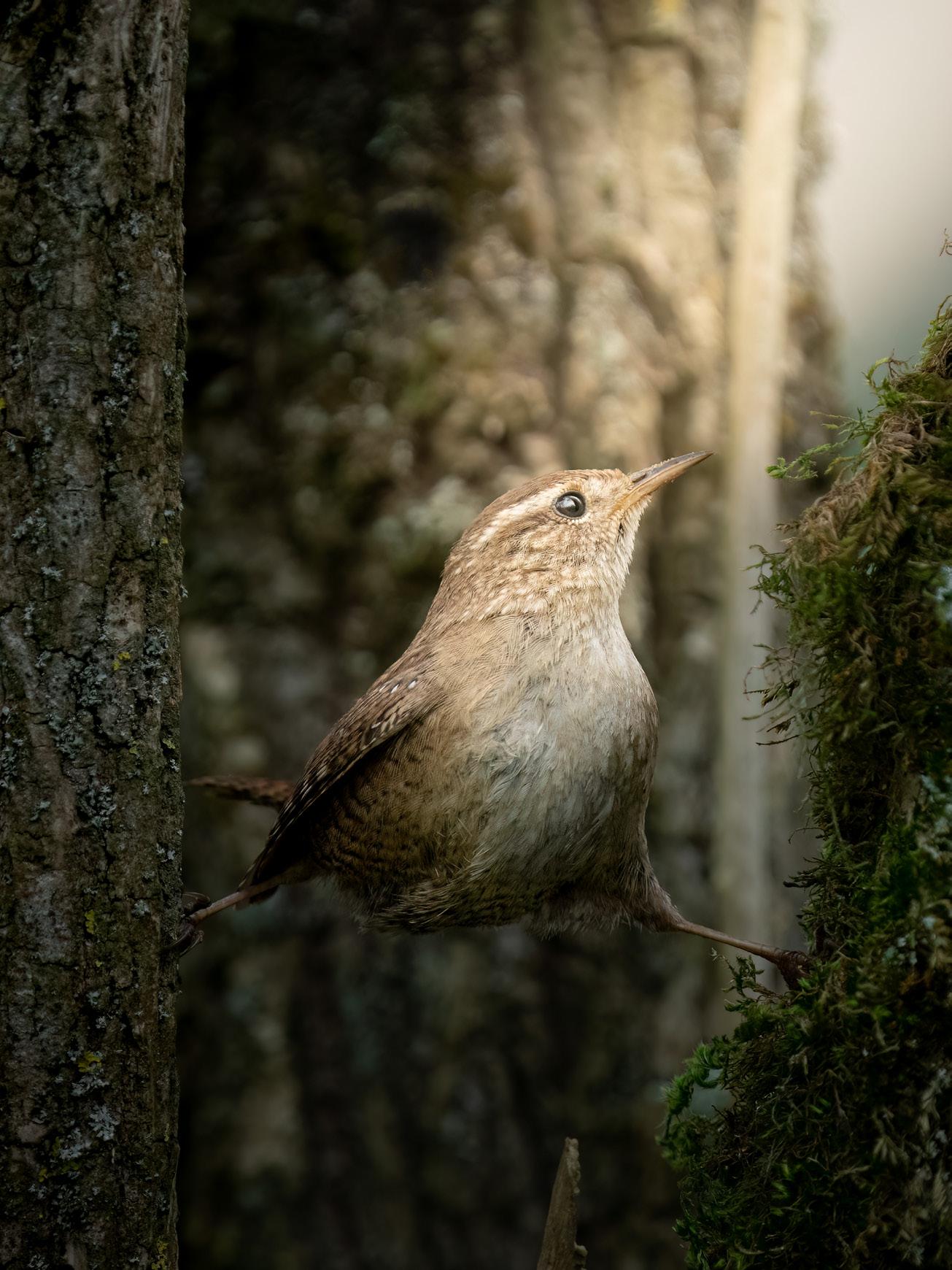

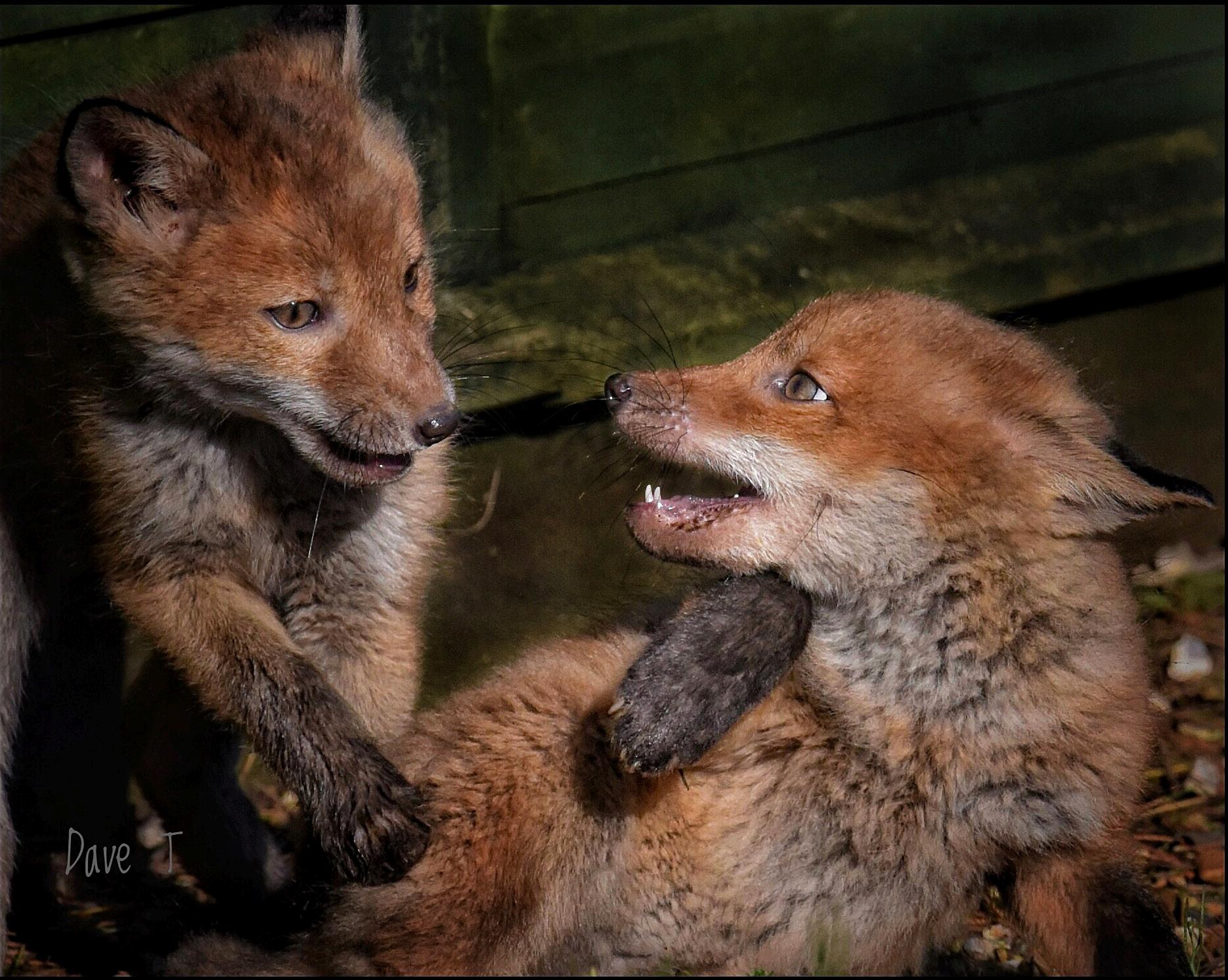 Feisty fox cubs Dave Taylor
Feisty fox cubs Dave Taylor
Honey
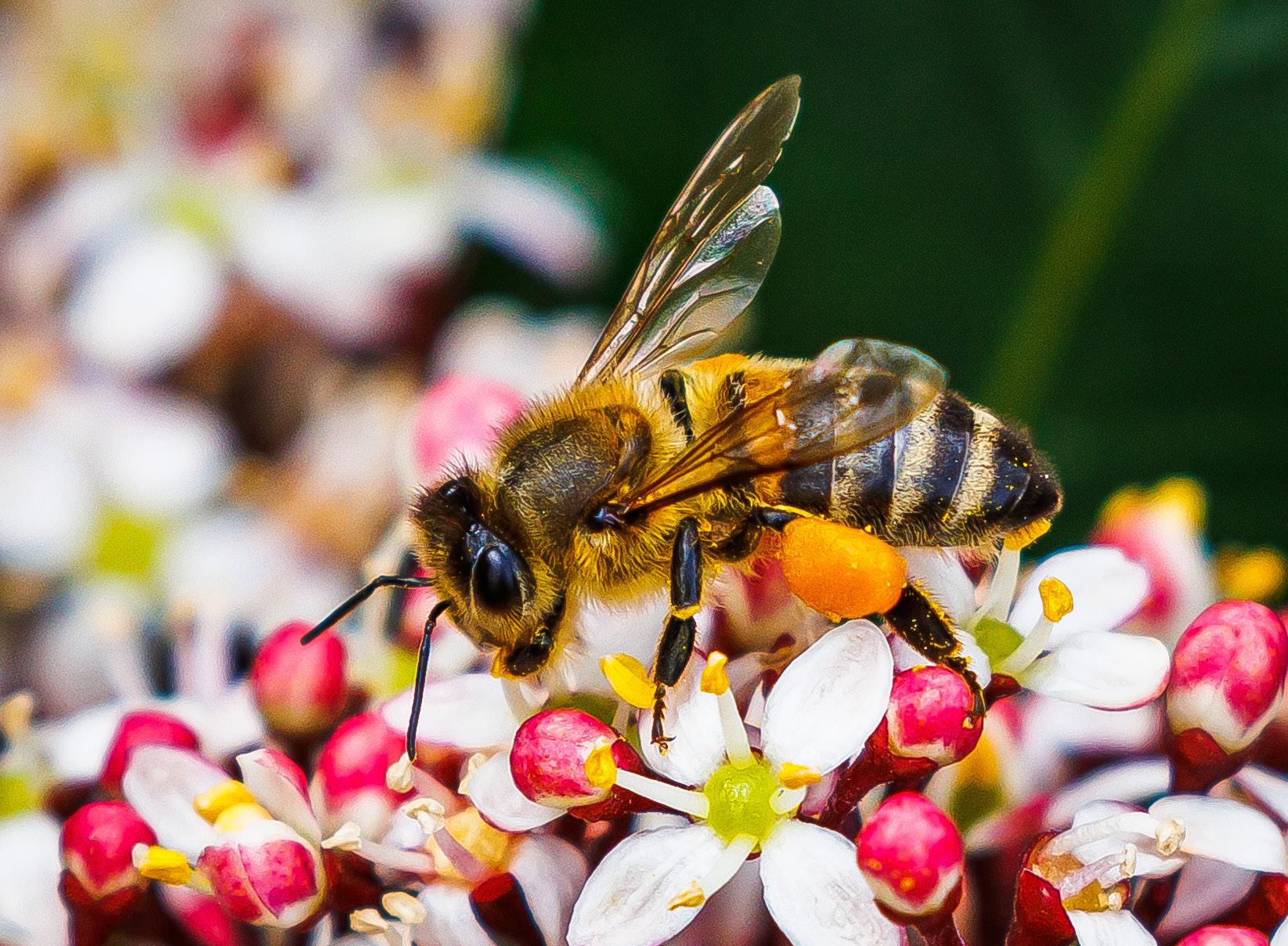
 bee John Snellin
bee John Snellin
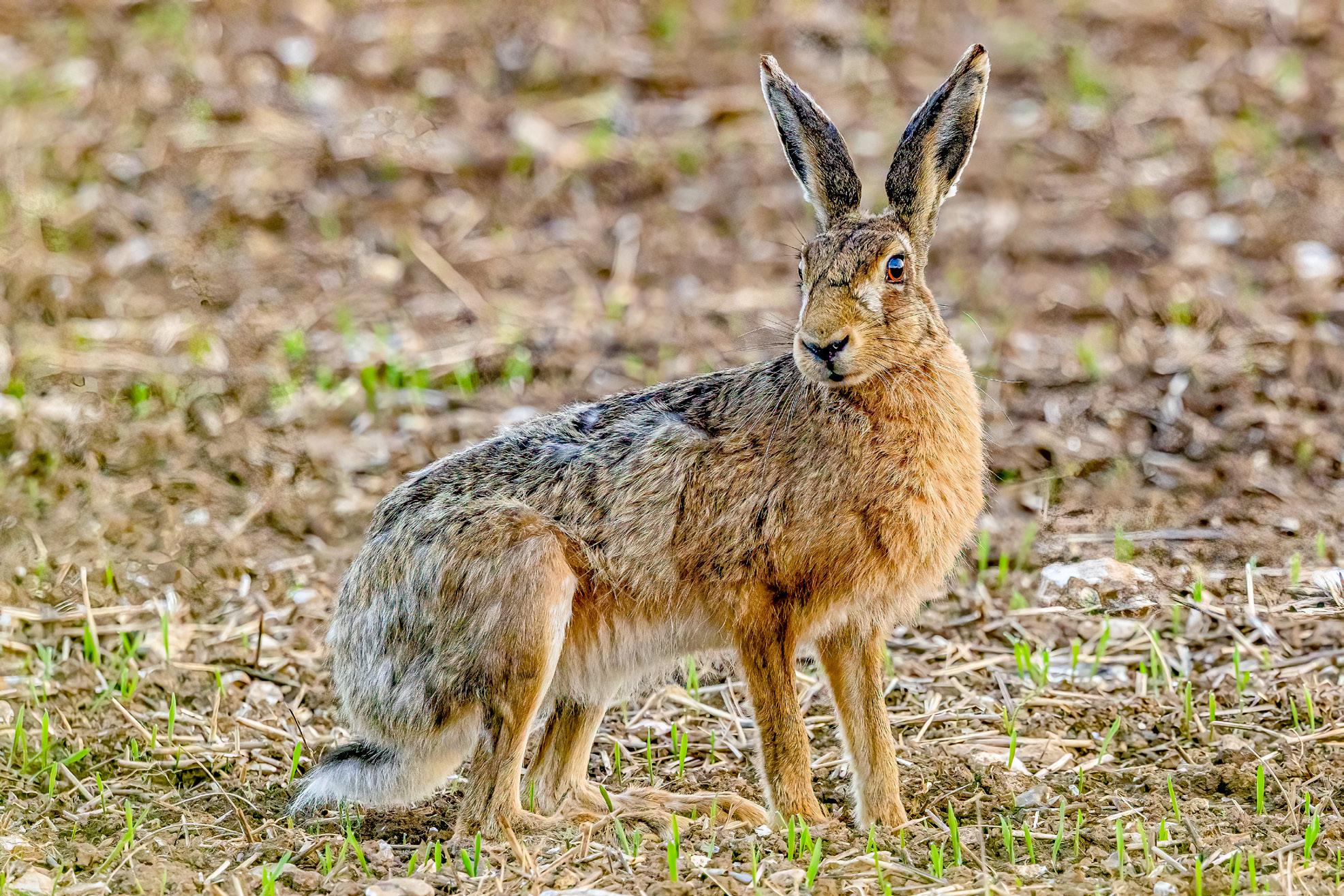


Slightly more favourable conditions throughout April meant at least a few clear nights to see the galaxies far far away – especially now that we have officially entered ‘galaxy season’. With a greater number of galaxies visible in the night sky than at any other time of year, many amateur astronomers take advantage of the opportunity to observe and photograph these amazing objects. I’m a bit late into galaxy season, which starts in March, but as we all know, the weather was not great. So to kick things off, I thought I’d go for a three in one!
The Leo Triplet, also known as the M66 Group, consists of a small group of galaxies a mere 35 million light years away, in the constellation Leo. In this photograph, clearly visible are M65 (bottom right), M66 (bottom left) and NGC 3628 (top). M65 and M66 are spiral galaxies, while M65 appears to not have much gas and dust; its high ratio of old stars to young suggests that there is little new star formation going on.
M66 appears rather more interesting, with bright
star clusters along its sweeping spiral arms. NGC 3628, also known as the Hamburger Galaxy, appears as though it may be a barred spiral galaxy with the bar seen end-on edge from Earth, making it a most conspicuous galaxy to observe. Since there’ll no doubt be more galaxies coming, it seems the perfect time for a quick explainer on the three basic types. Spiral galaxies, such as our Milky Way, are rich in gas and dust, great for star creation. Irregular galaxies have similar ingredients and potential, but are usually smaller and don’t form a discernible shape. Finally, we have elliptical galaxies – these vary in size dramatically from very small to mind-bogglingly huge! Not as pretty as spiral galaxies, they take on a rather uninspiring oval shape. Most stars in these galaxies appear red, due to being older, with very few new stars being created due to the lack of gas and dust.
This image of the Leo Triplet was captured with my 1000mm Maksutov Newtonian Telescope and the ZWO ASI2600MM Pro Astro camera with Broadband filters and is about four hours of data.
Our local neighbours – that’s Venus and Mars for anyone wondering – grace our western skies this month.
The southern skies are currently dominated by the immense, stunning orange star Arcturus. Look to the lower right of Arcturus this month and you’ll find a couple of bright blue stars, Spica and Regulus. Near to Arcturus in the region to its left, you might also make out the faint stars making up the two giant constellations Ophiuchus and Hercules.
But this month’s constellation has to be Ursa Major, the Great Bear, which is an international favourite. You’ll no doubt know its seven brightest stars as the Plough here in the UK. This constellation is always on show in the northern hemisphere, so it tends to be the first star
formation stargazers become familiar with.
An interesting fact about this constellation is that the majority of the stars lie at the same distance away from Earth and appear to have been born around the same time. The constellation is also home to some binary stars that you can ‘split’ with the unaided eye.
Particular events of interest this month include the annual Eta Aquarid Meteor shower on the 7th May in the very early hours, caused by small pieces of Halley’s Comet burning up in Earth’s atmosphere. Unfortunately though, due to the bright moon during the night, the unusually intense display will likely be washed out. It may still be worth trying to catch a glimpse though!
The rest of the notable events this month involve our Moon and its regular dance in and around the views of the inner planets.
On the night of the 13th and 14th May, just before dawn, observe the enchanting crescent Moon passing below Saturn.
On the 22nd May, Venus, the Evening Star, will appear above and to the left of the thin crescent Moon.
In the twilight sky of the 23rd May, the crescent Moon and Venus appear to get very close, with the familiar stars Castor and Pollux just above. Mars also makes an appearance on set, looking left in the sky.
On the 24th May, Mars again makes an appearance below the crescent Moon, with stars Castor and Pollux and the planet Venus off to the right lower in the sky. Until next time, clear skies!
The skies have cleared, and The BV’s astrophotographer Rob Nolan is celebrating the start of galaxy season with a special trio
As the country prepares for the coronation of King Charles III at Westminster Abbey on Saturday, Sherborne Town Council, in collaboration with the Sherborne Summer Festival and Sherborne Chamber of Trade & Commerce, is gearing up to host a weekend of celebrations like no other, starting on Saturday afternoon. To set the stage for this momentous occasion, Sherborne’s Cheap Street will be adorned with festive bunting and there will be special Coronation lamppost signs.

Residents and visitors alike are in for a treat as the picturesque Pageant Gardens will transform into a bustling hub of live music, children’s entertainment, and culinary delights. Local bands will provide a lively soundtrack for the celebrations, while children can enjoy the classic charm of a Punch & Judy puppet show and the hilarious presence of Princess Pinkie.
Food and drink stalls will offer a delicious array of choices to satisfy everyone’s taste buds, and the
weekend’s festivities will culminate in a spectacular Laser and Music Show on Sunday evening! The weekend of celebrations promises to be a memorable experience for all who attend, and Sherborne encourages everyone to come along and join the town on this historic occasion. Gather your family and friends and join Sherborne for a royal celebration that you won’t want to miss!
The town’s celebrations are a testament to the hard work and dedication of numerous individuals who have come together to make this event possible. Special thanks go to Sherborne Summer Festival members Nigel Phillips, Di Norton, David Birley, David Martin, and Lynda Martin; Sherborne councillors Jon Andrews and Vaughan ColeridgeMatthews; Chamber members Lynda Martin, Tina Kerr, and Lee Drage. Lastly, Sherborne’s Town Clerk Steve Shields, who has worked tirelessly behind the scenes co-ordinating with Dorset Council and handling planning logistics.

Join the audience for the CLAYESMORE LECTURE 2023 as impressionist, comedian, presenter, ballroom dancer and actor Rory Bremner is welcomed to Clayesmore school. Rory speaks passionately about the impact of ADHD on his life and how neurodiverse people should embrace the positives that come with “thinking differently”. He often describes ADHD as ‘my best friend and my worst enemy’ and he champions the increasingly positive discussion around the condition. Educated at Wellington College and King’s College London, Rory is perhaps best known for writing and starring in the political satire show Bremner, Bird and Fortune. He won back-to-back BAFTAs for Top Comedy Performance in 1995 and 1996, together with three Royal Television Society and two British Comedy Awards.
Friday 12 May 2023, 7.00pm
Tickets £30 clayesmore.com
Diverse Abilities, Dorset’s leading disability charity, is excited to partner with the Dorset Mud Run, taking place on May 20th, 2023, at Stock Gaylard near Sturminster Newton.

The Dorset Mud Run challenges participants to complete a 6km course filled with fun and challenging obstacles such as swinging over ditches, scrambling up mud hills, crawling under cargo nets, and wading through ponds. The course, set amid stunning scenery, concludes with the best obstacle course in the UK.
After the race, there’s a bar and plenty of food stands for runners to enjoy a well-deserved feast. Participants who take part in the event to support Diverse
Abilities will receive a discount for entry and the charity’s assistance with fundraising. All funds raised will support the charity’s Splash Appeal, aimed at building a desperately needed hydrotherapy pool for people with profound, lifelong disabilities at The Beehive, the charity’s activity and therapy center. Diverse Abilities supports hundreds of families affected by disability in Dorset every year. Helen Mortimer, of Diverse Abilities, expressed gratitude to the Dorset Mud Run organizers for their support and for providing entry discounts to those fundraising for the charity. Entry is just £20, with discounted entry for fundraising for Diverse Abilities. To register for a Diverse
Abilities discount code, CLICK HERE. For more information, email Helen at helen.mortimer@ diverseabilities.org.uk or call 01202 718266

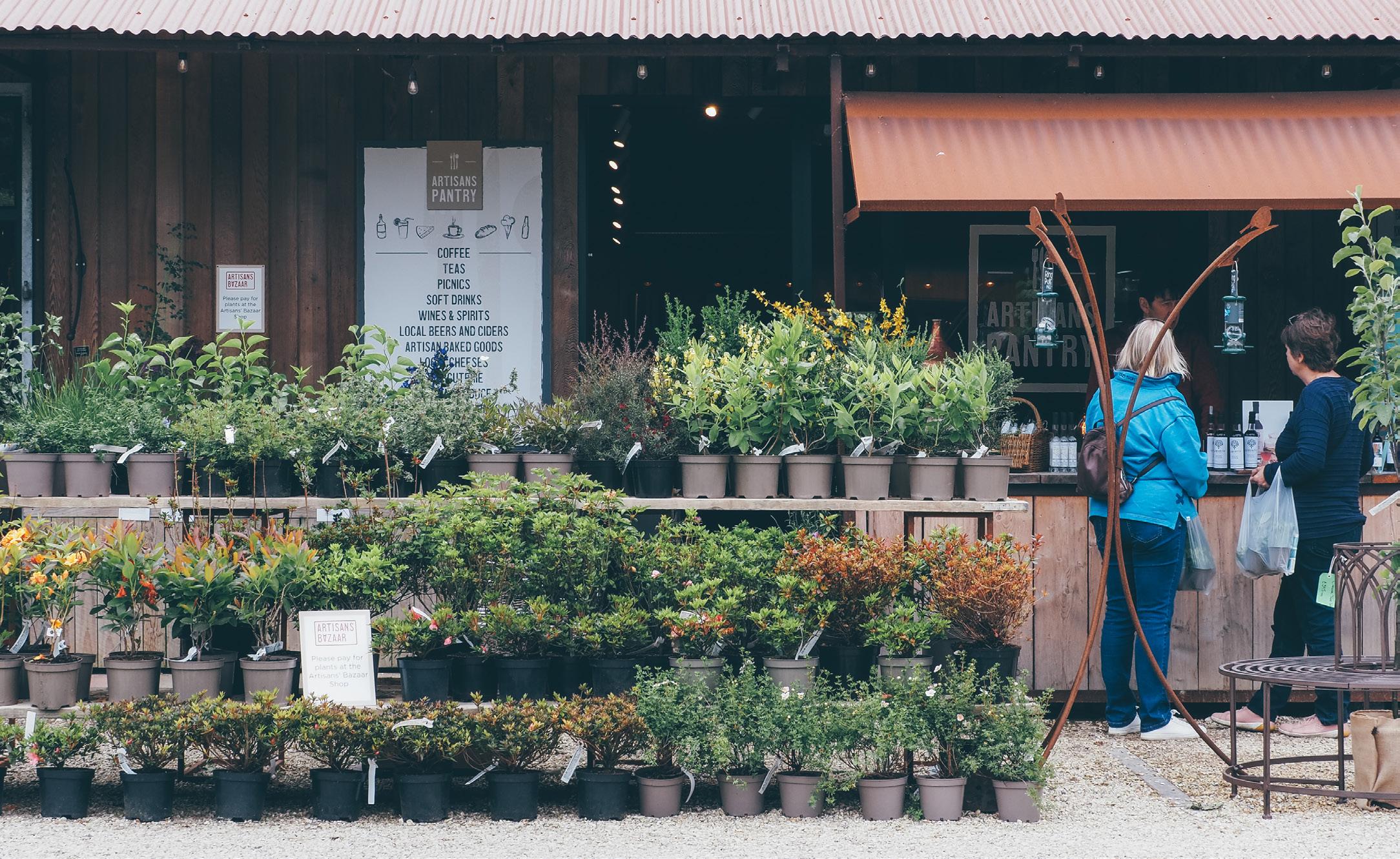
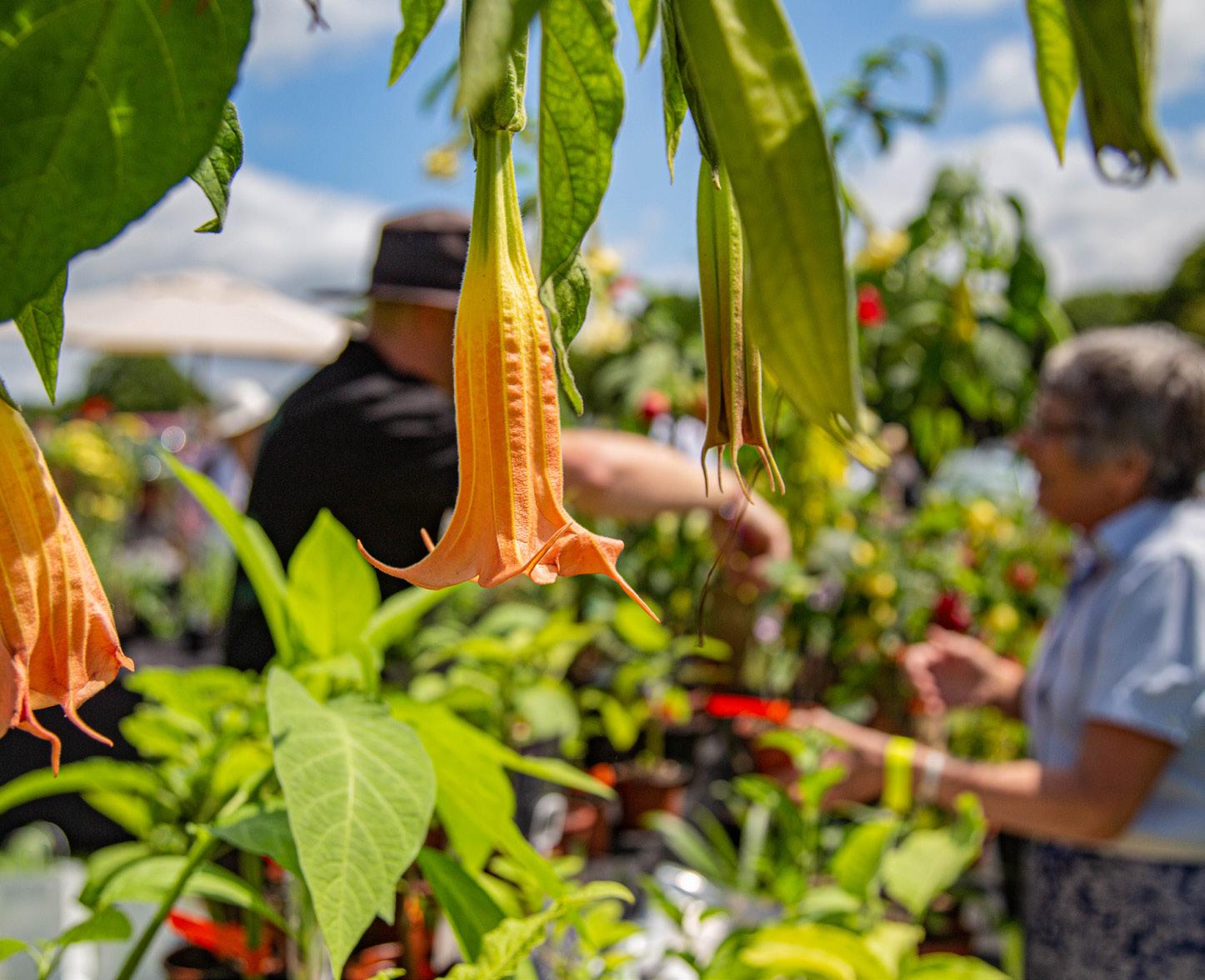
Showcasing a range of exhibitors offering a spectacular array of plants and garden must haves, as well as the opportunity to talk to experts and gain helpful advice. With plenty to explore, from small independent nurseries selling unusual hardy perennials, herbs, alpines, cottage garden favourites and native wildflowers. Discover other unique items for your garden including the
Simon Gudgeon range, from hanging seats and benches to birdfeeders. The perfect day out for any garden lover.
Entrance to The Plant Fair is free of charge within the Makers Yard. Should you wish to extend your day and explore the Sculpture Park, book tickets at sculpturebythelakes.co.uk
3rd and 4th June 2023
Showcasing a range of exhibitors offering a spectacular array of plants and garden must haves, as well as the opportunity to talk to experts and gain helpful advice.
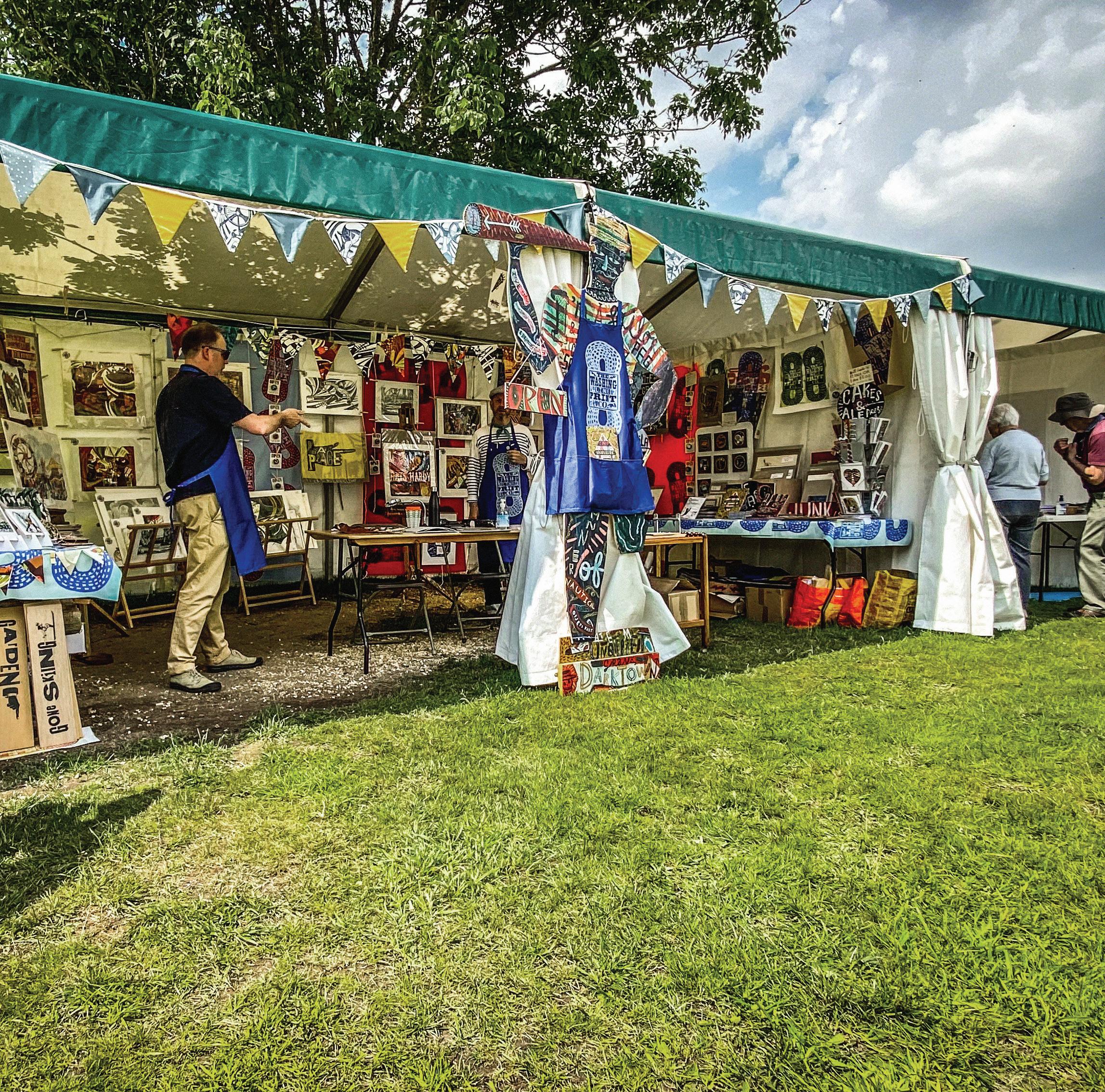

TICKETS £14.50 PER PERSON
For more information visit:
THURS 25TH MAY
Living Spit return with a comedy in rhyme and song, and with a multitude of agricultural cliches and farmyard frolics. Described as 'Like King Lear, but with a cow'! audience member age suggestion: 10+ (£15)

SAT 24TH JUNE
Ticket to Ride Tour 2023! Beatlemania is back so grab your ticket to ride as The Fab Four Vox Beatles take you on a magical musical mystery tour of 2 hours of Beatles classics. (£21)

SAT 1ST JULY
FRI 2NDSUN 4TH JUNE

Annual Real Ale Festival, including live music and range of beer, cider and gin See website for updates. Free entry!
Jamie Moses of Los Pacaminos alongside 3 world-class musicians who between them have accompanied some of the greatest names in popular music, playing Pop, Rock, Soul and Classic Hits. The ultimate party band! (£17.50)


SAT 8TH JULY
Encompassing The Shadows’ amazing career from 1960 to the early ’80s with hits such as Apache, Foot Tapper, Man of Mystery, Atlantis, Wonderful Land, Kon Tiki, Don’t Cry for Me Argentina, FBI plus many, many more. (£20)













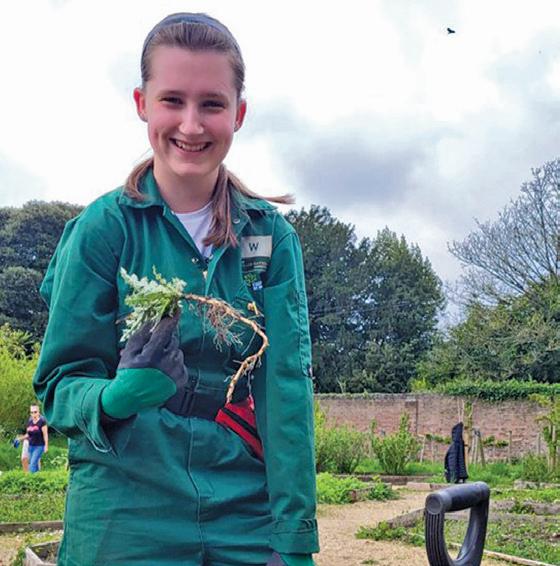
Discover our unique environments and the opportunities we offer for education, independence, and work experience for young people with SEND

Tuesday 16th & Wednesday 17th May

Guided tours will be available 10am – 4pm every 30 minutes
Please book your tour slot for either campus by contacting office@employmyability.org.uk, or call 01929 405685
T: 01929 405685 E: office@employmyability.org.uk | www.employmyability.org.uk
FIND OUR PROSPECTUS ON OUR WEBSITE!

present
with 2 course supper
Friday 16th June 2023
Child Okeford Village Hall 7.00 pm


£15.00

For ticket information email: serocharity@gmail.com or ring: 07725 245066

Bar & Raffle
Proceeds to Julia’s House Hospice for Children
I wouldn’t want to worry any ladies of advanced years, but – following a 20-year abstinence – no sooner did John Delap resume his old drinking habits, than his wife fell pregnant ... at the age of 68. Or so the story goes ...
That story was perhaps the most eye-catching tale in the inaugural issue of Dorset’s first newspaper, which appeared on 22nd February 1737.
‘Her pregnancy, ’tis thought, was chiefly owing to the plentiful quantity of whisky her husband lately drank,’ reported the Sherborne Mercury.
‘They have had no child these 20 years past; for in the year 1715 the husband took an oath not to drink any of the liquor for 20 years, but the term being expired, he returned again to the use of it, and did not drink of it above a month when his wife was discovered to be with child.’
In a footnote, perhaps with their tongues in their cheeks, the paper’s owners promised that the recipe for this ‘fecundifying liquor’ would be ‘speedily published in the Mercury’.
The Delaps lived in Omagh, Ireland, and the tale was the nearest thing to a local news story in that four-page first edition of the Sherborne Mercury or Weekly Advertiser, to give it its full title.
Most of the editorial content in the early years was political news from the capitals of Europe, copied verbatim from the London papers.
A notable exception was a story on the famous raid by smugglers on Poole Customs House in 1747. The reporter was barely able to disguise his astonishment as he described how, at 2am, a ‘numerous company of persons unknown, armed with blunderbusses, pistols, swords etc, came into the town, broke open His Majesty’s Custom House there, and forcibly carried off a large quantity of tea, which had been lately brought in by the Swift privateer, who took a smuggling vessel.
‘They told the watchman that they came for their own, and would have it, but would do no other damage. And accordingly did not.’
The Sherborne Mercury was founded by London printers William Bettinson and George Price, although Price’s involvement was short-lived. London papers had been around for 100 years but the provinces had to wait until the 18th century for their own titles. The Salisbury Journal was launched in 1729.

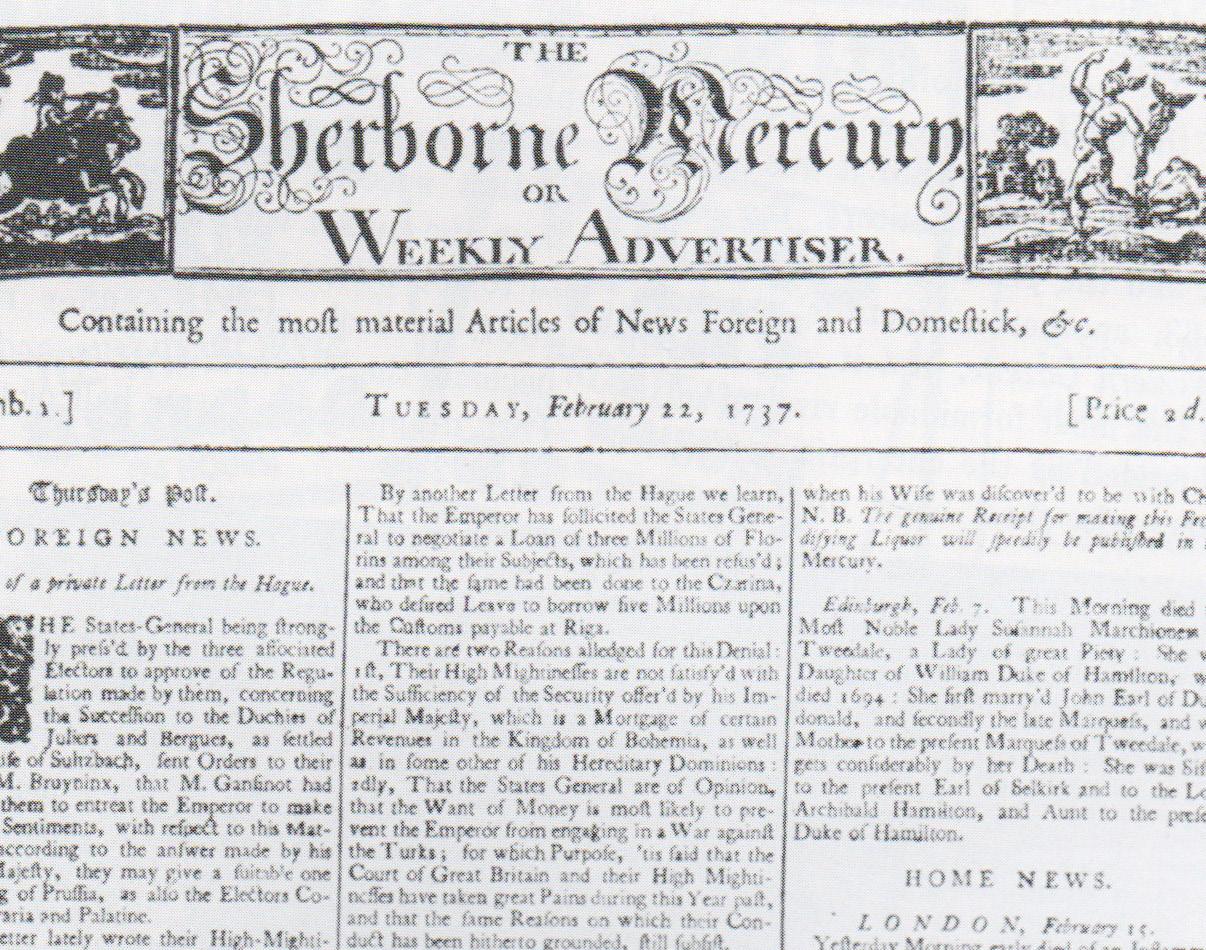
The Mercury had no illustrations apart from decorative artwork around the masthead and depictions of Mercury and a galloping post-boy on the earpieces.
The paper was printed in Long Street, Sherborne, and sold for 2d (1p), a quarter of which went in tax. Short advertisements were invited at 2s 6d (12.5p), with bigger ones ‘in proportion’.
The Mercury offered ‘good encouragement’ to ‘any industrious, honest men of the villages near Sherborne that are willing to carry out this paper’. The job was not without its hazards, however. In June 1737, the Mercury shared fears that distributor James Arnold was ‘either dead or come to some misfortune’ after disappearing, along with his papers, on the walk from Sherborne to Taunton. A reward was offered for information.
Two years later hawker Richard Carrington died on his way to Warminster and his customers were asked to ‘send their respective debts to the Widow Carrington at Sherborne’.
The paper’s distributors were known as ‘Sherborne Men’ and their occupation as ‘riding Sherborne’. They made up for the lack of local news in the
Mercury’s columns by word of mouth, giving rise to a West Country saying that described a gossip or newsmonger as ‘a regular Sherborne’.
In 1742 and 43, the Mercury included a 206-page history of Somerset in weekly instalments, though whether the paper had permission to lift it from the Somerset pages of Thomas Cox’s Magna Britannica (1720-31) is unclear. Plagiarism was commonplace in those days.
In 1744 Bettinson found himself facing serious competition when the enterprising 24-year-old Robert Goadby launched the Western Flying Post or Yeovil Mercury. The Post was distributed deep into Cornwall, with Goadby appointing correspondents in every notable town between his Yeovil base and Falmouth. For a while the rivalry was acrimonious.
The Western Gazette
After Bettinson died in 1746, his widow Hannah continued to publish, but eventually sold the business to Goadby, who moved his whole operation to Sherborne and merged the papers to become the Western Flying Post or Sherborne and Yeovil Mercury.
The first combined edition appeared on 30th January 1749, and declared it was now ‘the most numerous and extensive newspaper in Great Britain’.
It included a rare front-page illustration featuring the forthcoming Hyde Park fireworks that would mark the recent Peace of Aix-la-Chappelle.

It was a challenge too far for the Sherborne printers, who placed the outer sections of the woodcut the wrong way round so that the clouds failed to line up (image above).
The paper continued to be known as the Mercury and it dominated local news and advertisements for more than a century.
Samuel Drew (1765-1833), the son of a ‘Sherborne
First combined edition of Robert Goadby’s Western Flying Post or Sherborne and Yeovil Mercury featuring the forthcoming public fireworks at Hyde Park. Note that the clouds don’t line up
Man’ in Cornwall, said it was ‘the only newspaper known to the common people’.
‘There were branch riders in different directions, who held a regular communication with each other and with the establishment in Sherborne,’ he said. ‘My father’s stage was from St Austell to Plymouth. He always set off early on Monday morning and returned on Wednesday.’
The Western Gazette’s first office, which stood opposite the better-known Edwardian building in Sherborne Road, built in 1905.

The Mercury saw off many rivals; an exception being Cruttwell’s Sherborne Journal, launched in 1764 by printer William Cruttwell to challenge the Mercury’s Whig affiliations. Cruttwell survived a bankruptcy threat in 1776 and his paper stayed in his family until 1828, remaining independent until absorbed by the Chard Union Gazette in 1841.
The Mercury, meanwhile, was itself finally bought in 1851 by the Yeovil Times, founded four years earlier by John Noake Highmore. This in turn was absorbed in 1867 by the most formidable rival of all, the Western Gazette, launched by Charles Clinker in 1863.
By the time I joined the Western Gazette as a trainee reporter in 1970, it was Britain’s biggest provincial weekly paper with a circulation of 77,500. Sister paper Pulman’s Weekly News added another 14,000.
The owners of today’s paid-for papers can only dream of such circulation figures.
Each month local historian Barry Cuff shares a selection of rarely-before seen images from his unique archive (more on his collection here). This month Barry has picked Shaftesbury photographer Albert Tyler.
Still easily recognisable, this postcard of Bell Street in Shaftesbury was posted to Verwood in November 1908
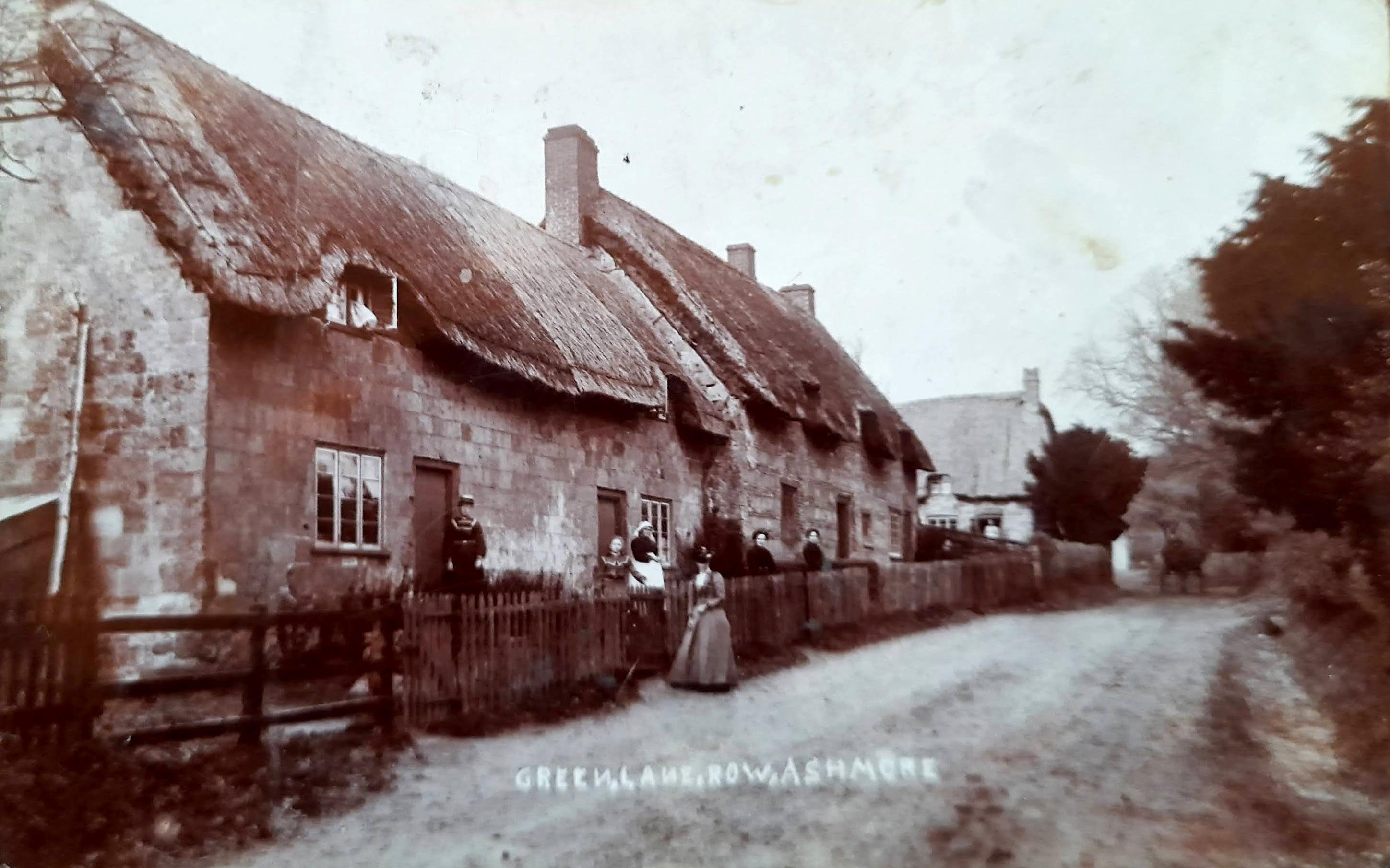
Ashmore – in August 1911 this postcard was sent to Swansea
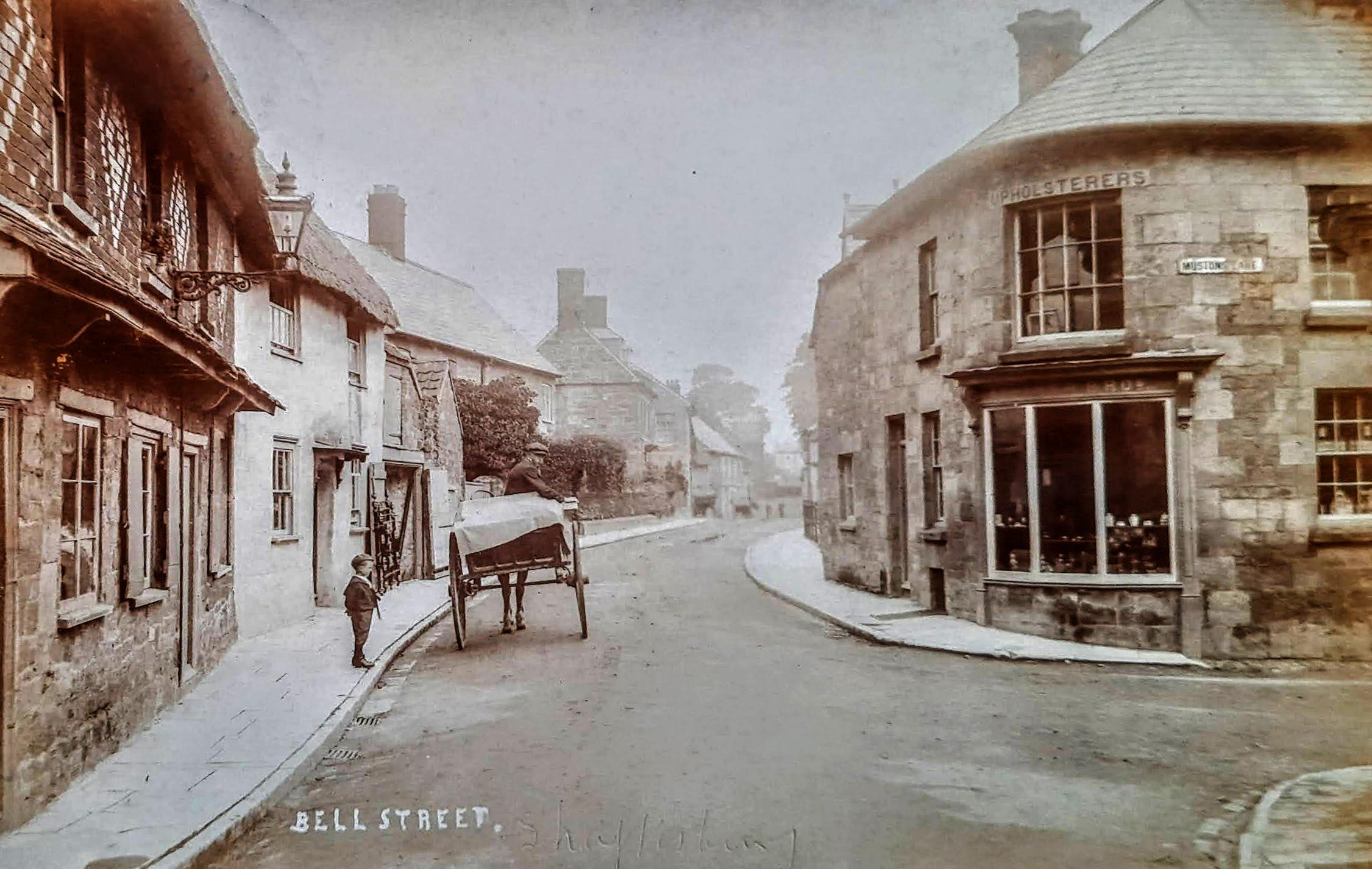

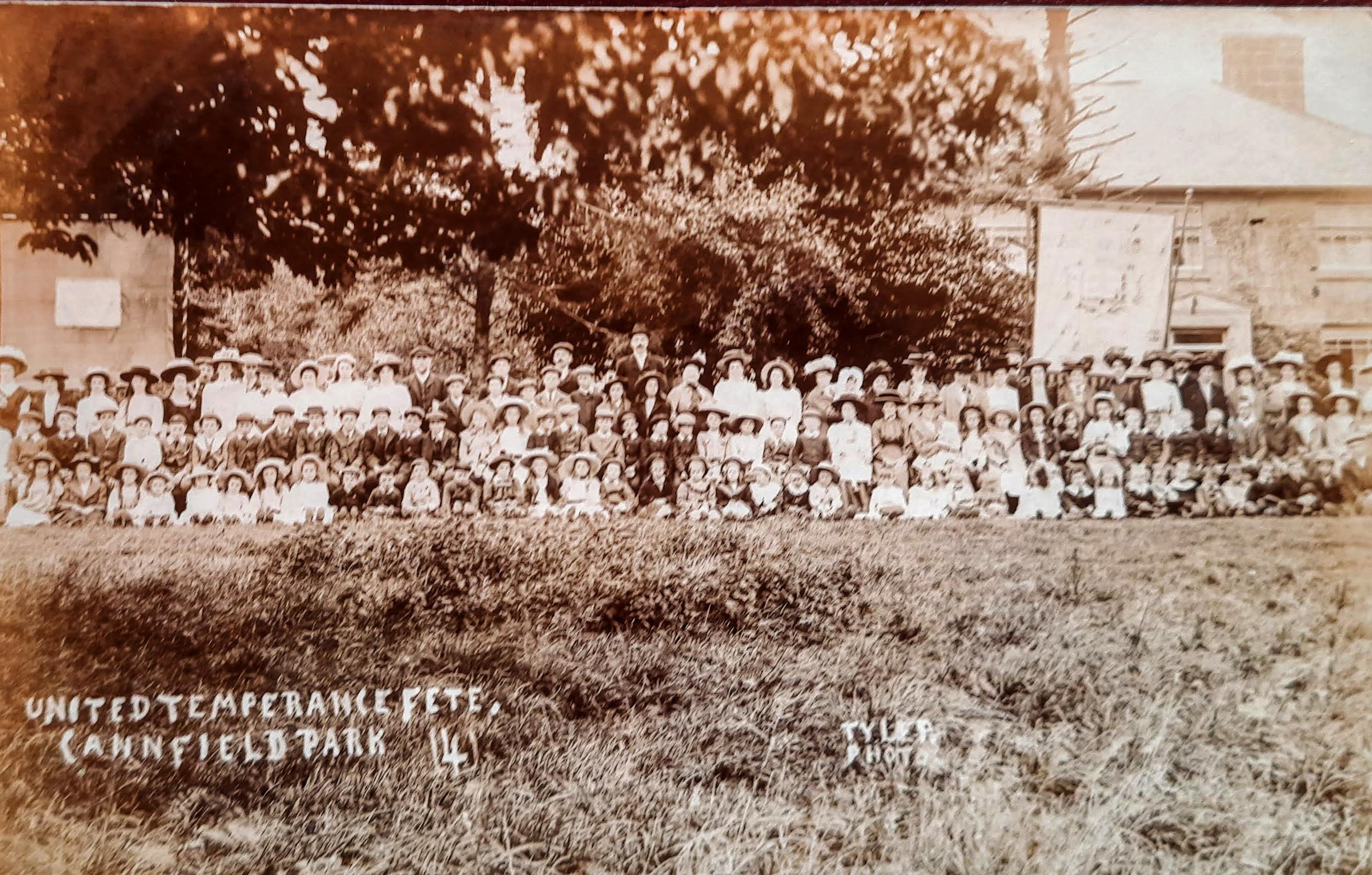
Roger Guttridge tells the story of Bradford Abbas’s Rose and Crown pub and its ‘famous five’ customers from the 1930s

It looks like an overgrown puddle to me but this flooding event in Church Road, Bradford Abbas, was sufficient to bring out a photographer and 16 locals eager to be in his picture. The building on the left is the Rose and Crown, which remains a flourishing pub to this day. By the time the puddle picture was taken in about 1900, the Rose and Crown had already

seen off at least three other hostelries which had formerly served the village and its then 400 residents.
The building was originally an old farmhouse with its own brewhouse and presumably the pub grew out of that.
Beyond the pub in the modern picture below is Bradford Abbas’s unusual war memorial, built in 1917 by Mr Bartlett of
Yeovil and based on a design by architect C E Benson. Building costs amounted to £120 19s 6d and the structure included a steep, tiled gable roof, which at first glance has a passing resemblance to a bus shelter. Unusually, the panels list not only 12 village men who lost their lives in the two world wars but also the 79 villagers who served and came home.
The five men in the third picture (opposite page) were not among them. They would already have been in their 60s or 70s when the First World War broke out. Their moment of glory came in 1936, when British Movietone News filmed them sinking their pints in the Rose and Crown (video opposite, top), and playing skittles (video opposite, bottom).
When the film was shown at a Yeovil cinema, Bradford Abbas’s famous five were treated like
celebrities and asked to pose for photographs. Dorchester brewers Eldridge Pope issued this commemorative postcard, describing the quintet as the ‘Lads of the Village’ and giving their combined age as 444. They were (left to right) George Chainey, aged 89, Sidney Parsons, 83, Thomas Coombs, 91, Samuel Ring, 92, and James Higgins, 89. Samuel, who lived to the age of 96, used to carry the banner of the Sick Benefit Club on club days. He didn’t derive much benefit from it himself, by all accounts, having never missed a day’s work in 76 years!
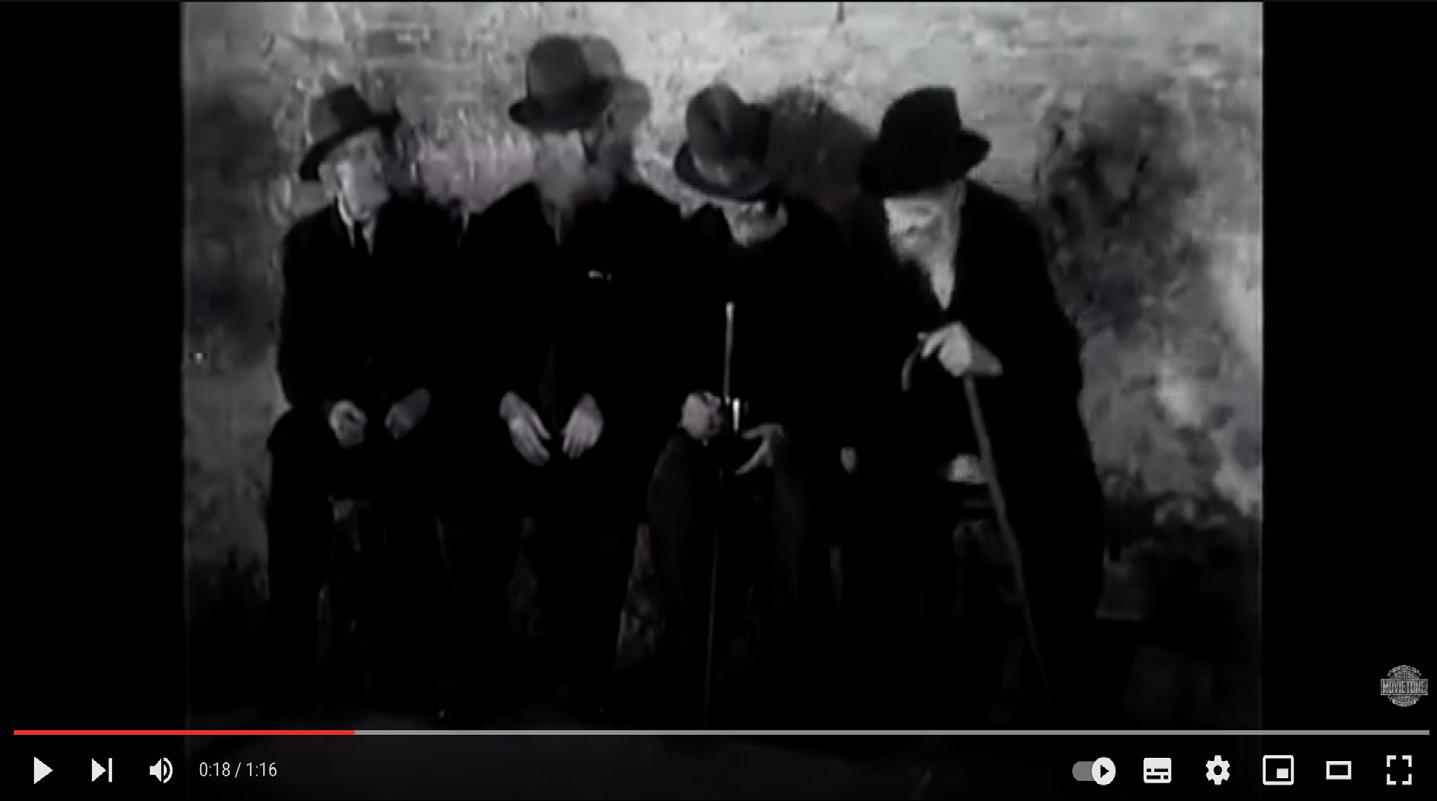
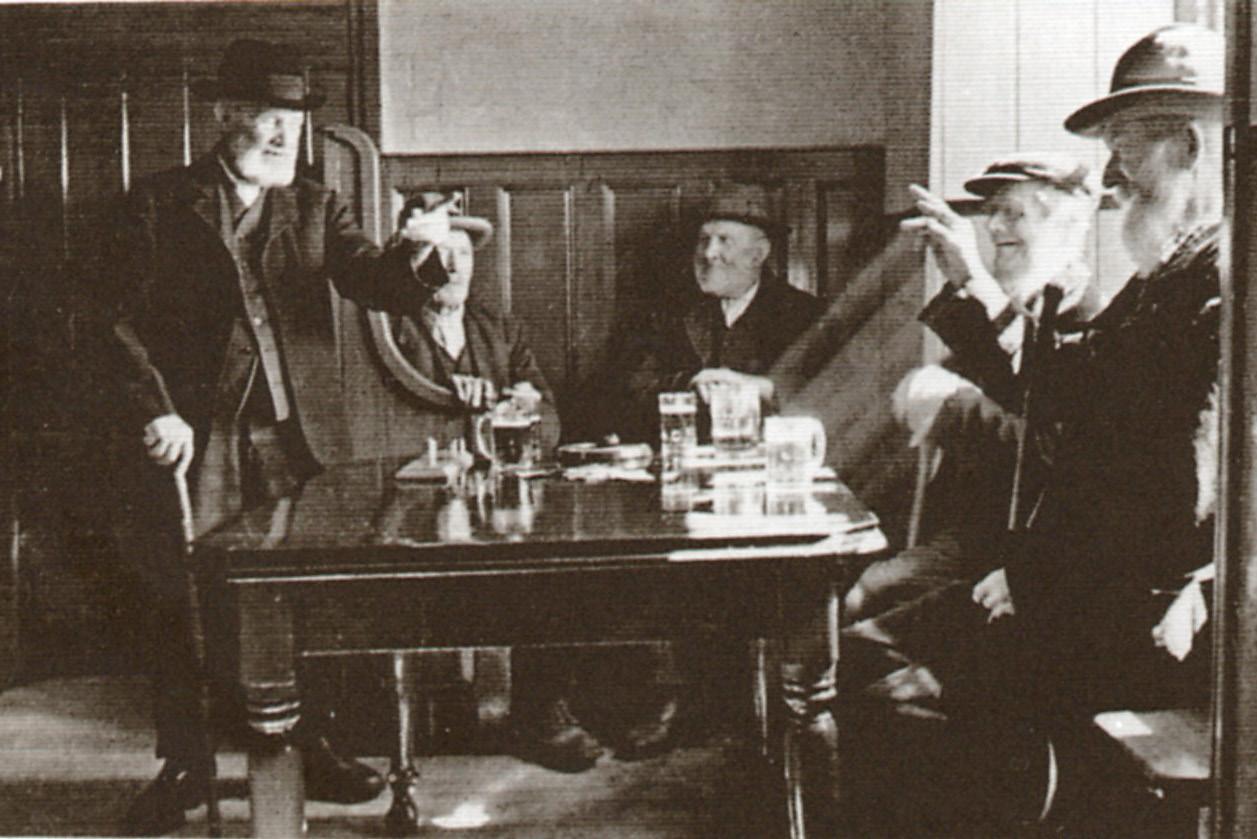
I have my own minor memory of the Rose and Crown. In the early 1970s, when I was a young reporter on the Western Gazette, it was the venue for Yeovil branch meetings of the National Union of Journalists. I have a vague memory of meeting there one day when we went on strike!

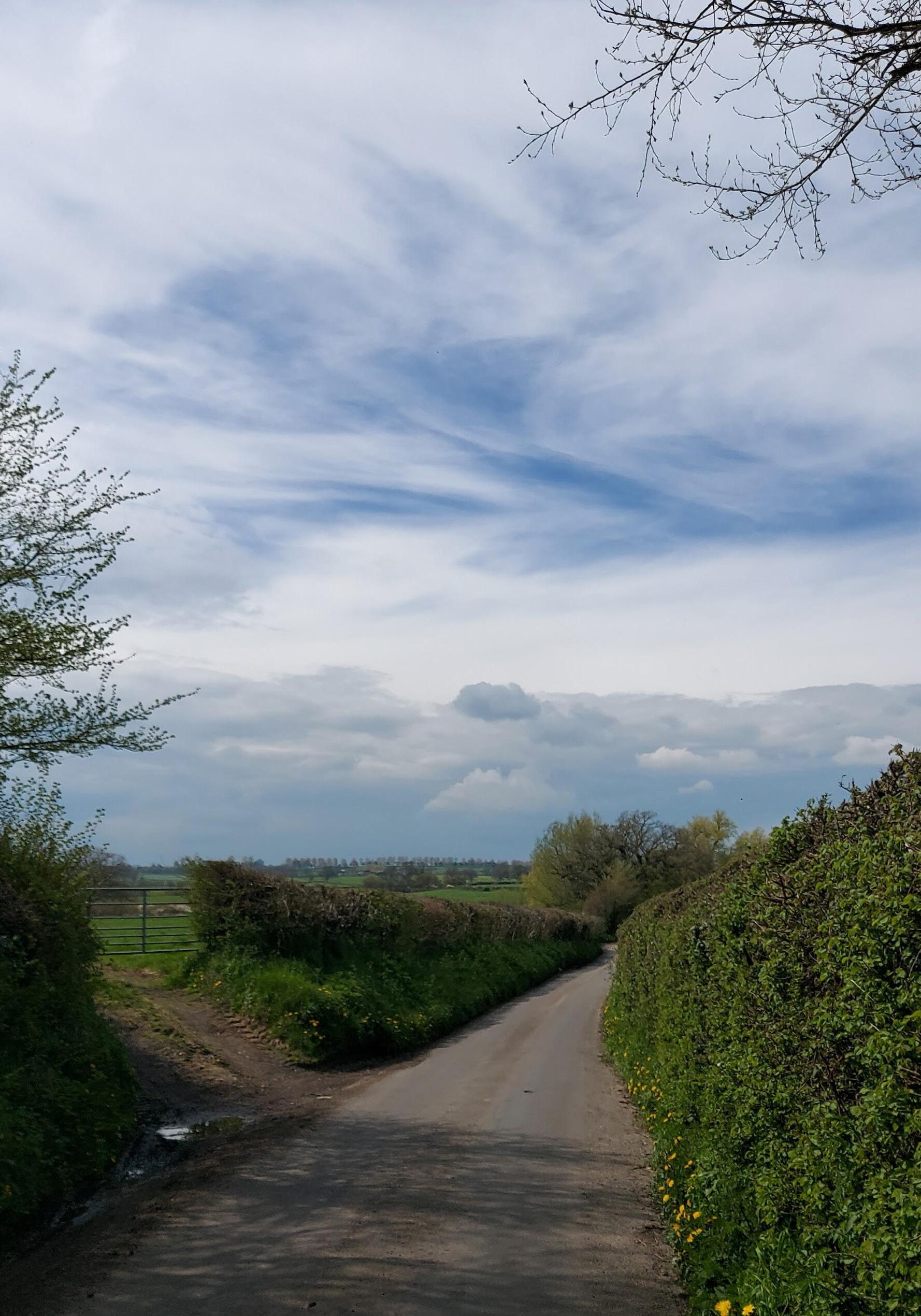
Walk where Thomas Hardy, Robert Young and William Barnes would all have wandered, crossing a Grade II listed Victorian footbridge and following ancient tracks into the unchanged countryside hidden behind Sturminster Newton, winding out to Lydlinch and Bagber Common –where Barnes was born – before turning back towards the town.
The route starts in the heart of Sturminster Newton – there is a large paid-for car park which makes life very simple. Follow a narrow winding back lane to find yourself swiftly on an old footpath to Colber Bridge, a Grade II listed cast iron footbridge over the Stour.
From here, it’s a short path across water meadows to join Stalbridge Lane, a beautiful track which originally connected Stur with neighbouring Stalbridge. Be aware before you start that if the Stour is in flood, sections of Stalbridge Lane (and other river-level sections of this walk) are likely to be impassable. As soon as you leave the immediate environs of Sturminster Newton itself you slip back into a quieter time. We have lived locally for 30 years, and have never walked this route due to the fear that the busy A357 would be an irritant throughout the route. But astonishingly, you never even notice it – the whole walk was a peaceful joy.
Time it right, and you can finish your day back in the town at one of Stur ’s many excellent coffee and cake spots – we personally recommend both Oxford’s Bakery and Stur of the Moment!
CLICK HERE for more images and an interactive map (plus a downloadable gpx file)
We have always created and recently walked the routes we feature (See all previously-published routes here), so you know you can trust them. We aim for unpopulated routes with no roads and big views! You can see all our routes (including many which are unpublished in The BV) on Outdoor Active, and all include a downloadable gpx file.
All images © Laura Hitchcock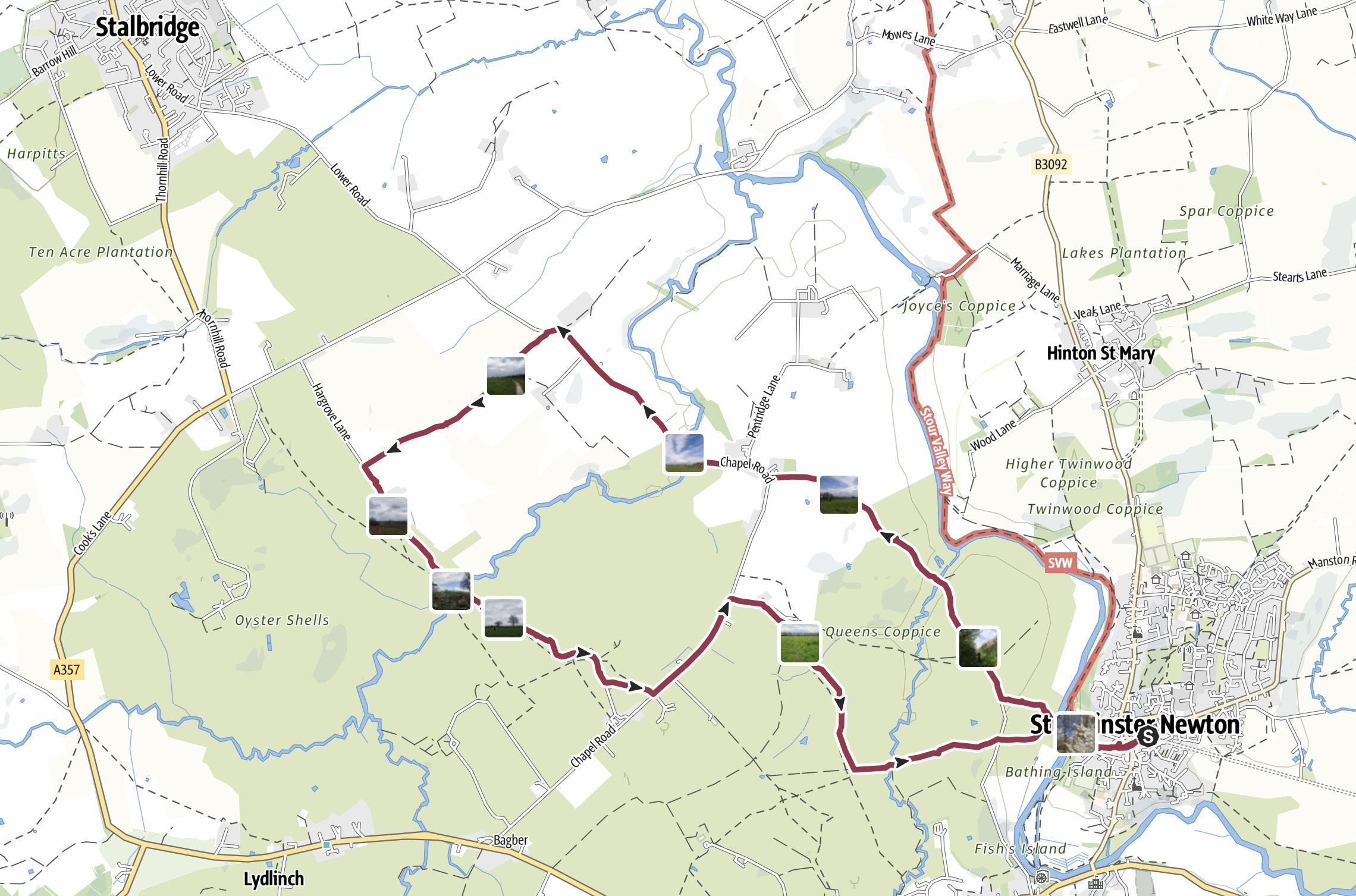

The wren, whose song ‘packs a mighty machine-gun punch’
Wildlife writer Jane Adams grew up in the suburbs, and vividly recalls the first time she shared her morning tea with the waking birds
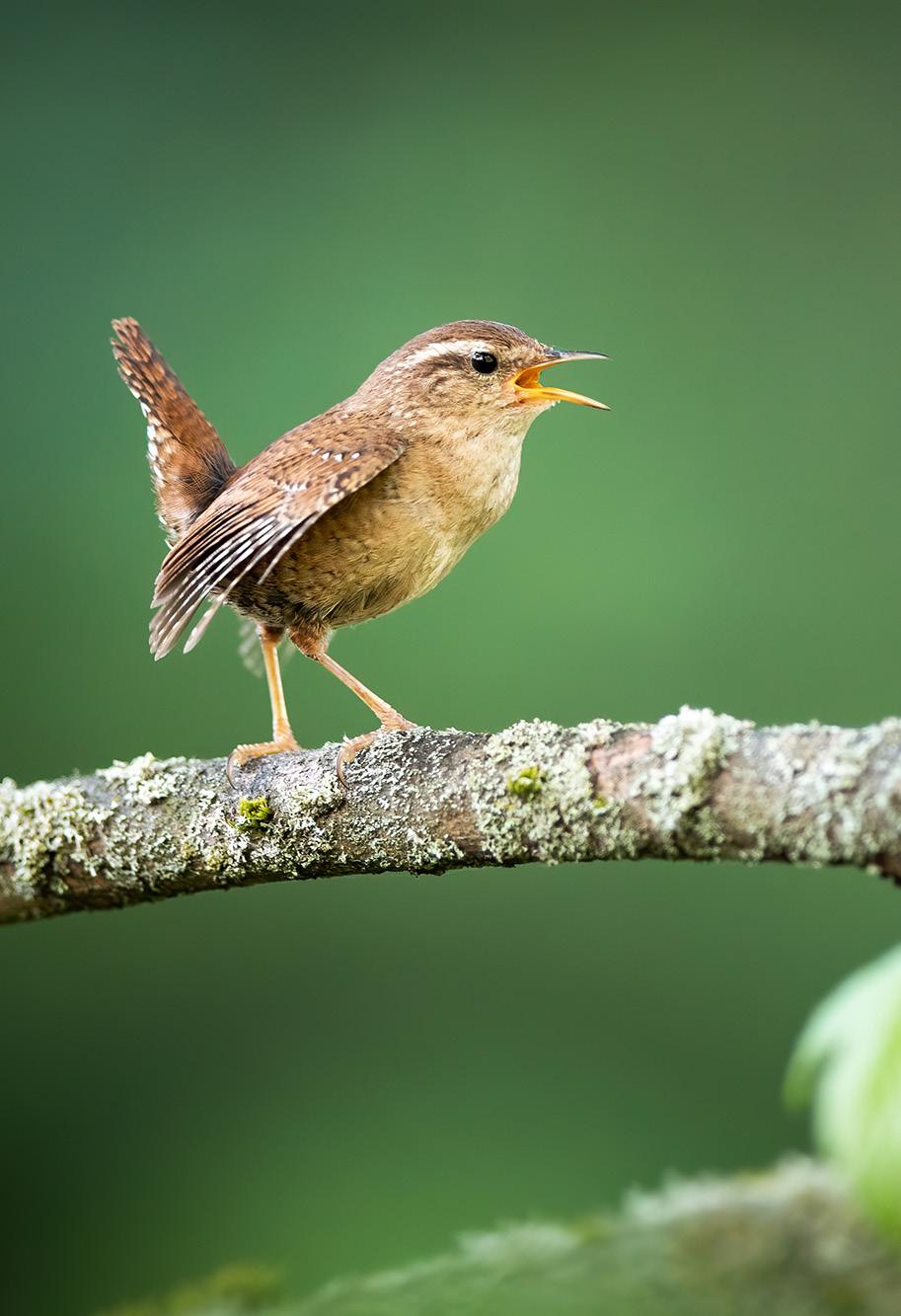
In the past, I didn’t understand why people got so excited about the dawn chorus. Wasn’t it just a bunch of birds singing ridiculously early in the morning? I grew up in a London suburb where the chirp of a house sparrow was as good as it got. Then we moved to the edge of a Dorset village.

That first spring, I woke up every morning at 5am to close the window, half asleep. Not due to noisy builders, or dustmen, or someone digging up the road. It was birds.
Just singing.
One morning I had to get up at 4am for work, and I took my cuppa into the garden. And that’s when I experienced my first dawn chorus.
First to start was a blackbird. Confident and melodic, he belted his tune out into the darkness, followed soon after by the softly repeated lullaby of a wood pigeon. In the distance, a tawny owl hoo-hoo’d goodnight to his mate, followed a few seconds later by his partner’s kee-wick. The urgent song of a wren split the first rays of sunlight. As one of our smallest birds, its song packs a mighty machine-gun punch and it seemed to buoy other birds to join in. There was a robin, blue tits, great tits and a chaffinch I think.
Then the repeated chant
of a song thrush, and the unexpectedly beautiful song of a little brown dunnock (see video below left if, like me, you’re not sure – Ed). There were other tunes I didn’t recognise, and it didn’t matter. The sound rose and fell in waves, and, as it did, I shivered with pure pleasure and felt the hairs raise on the back of my neck.
That’s when I understood. These small feathered creatures weren’t singing for me, and they certainly weren’t trying to interrupt my sleep at 5am. They were singing for the chance to attract a mate, to establish their territories. They were singing for their futures, for their offspring, for their very lives. That’s why the dawn chorus is special. Why it matters. Just try to imagine a world without birds. Within fifteen minutes, it was nearly over, and I was left with just the intermittent chirp of a house sparrow.
Dawn Chorus events in Dorset:
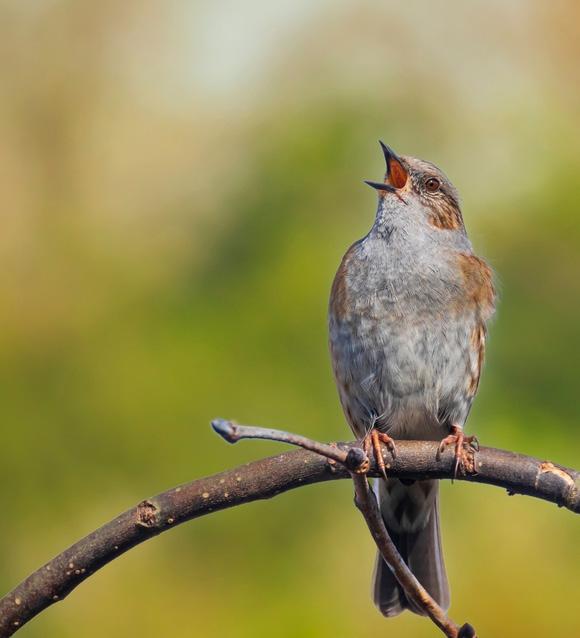
• Dorchester
Dawn Chorus Walk
13th May
5 to 7am
Dorchester walking festival
• Shillingstone, Blandford.
Dawn Chorus Walk with Breakfast
13th May
4.30 to 6.30am
The CRT
• Radipole Lake
Nearly the Dawn Chorus with Breakfast Pastry
14th May
7 to 9am
The RSPB
• Arne
Not Quite the Dawn Chorus with Breakfast
7th, 13th and 21st May
7 to 9am
The RSPB
‘... the unexpectedly beautiful song of a little brown dunnock’
We often take our native grasslands for granted, but a wealth of natural resources can be found within their unassuming quietness, says the DWT
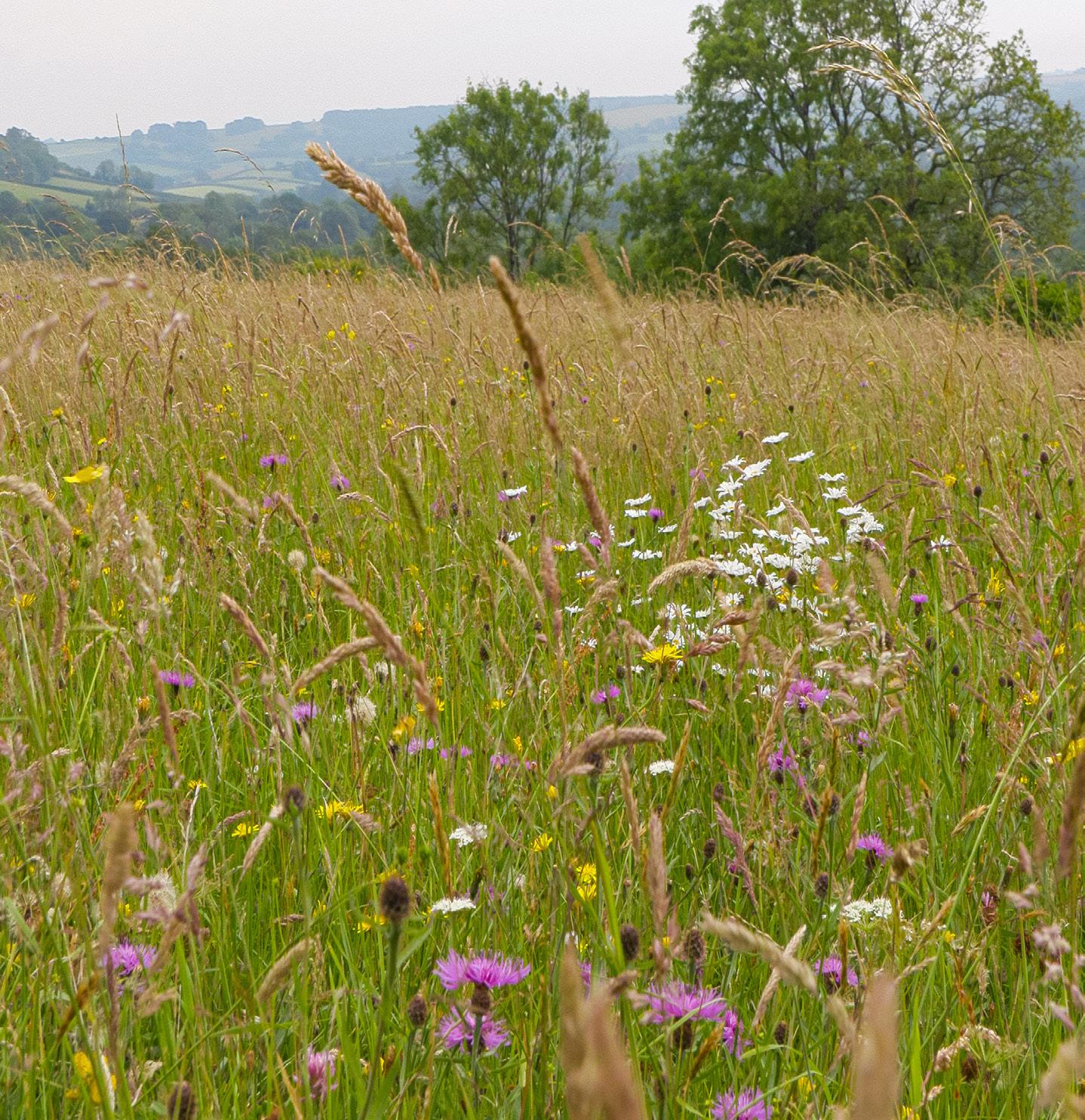
If you tuned in to the recent David Attenborough BBC series, Wild Isles, you’ll know that it focused on different habitats and the spectacular species they support. The series showcased the UK’s varied habitats in true Attenborough style.

Dorset itself offers a vastly diverse array of grassy terrains, stretching right across the county from the cascading calcareous cliffs of the eastern Purbeck coast to the myriad magnificent meadows found at DWT’s own Kingcombe in West Dorset. With more than 700 soil types in the UK, each influenced by different rock formations within the earth, there is no wonder we have such a variety of grassland habitats. Each becomes a unique vegetative ‘Tetris’ of species, with each plant using particular adaptations to arrive, survive and thrive in its unique environment.
Being at the base of the food web, a mosaic of plants within grasslands provides a haven for a wealth of life. Insects such as butterflies, moths and bees depend not only on a nectar source when they are adults on the wing, but also the availability of their food plants. Whether species are polyphagous (able to eat a selection of plants) or monophagous (eating only one plant), grassy pastures are the food platters catering for many. Small mammals like the field vole frequent the undergrowth through a network of interconnecting tunnels, hiding from swooping predators above. It was exciting to see the successful reintroduction of white-tailed eagles and large blue butterflies during the grassland habitat episode of Wild Isles,
Kingcombe Meadows.
along with their amazing and complex life cycles. It illustrates that we really can restore our ecosystems and reverse the grim fact that many UK species are at risk of extinction. To ensure there is enough habitat, for them and for the rest of nature, it’s critical that we maintain, restore and join up the isolated parts of our fragmented landscape. In times of such climate uncertainty, grassland is an unsung hero of carbon sequestration. Like trees, plants within grasslands consistently photosynthesise in sunlight, turning carbon dioxide from the atmosphere into glucose with energy from the sun. Globally, trees store a lot of their carbon within their biomass – which can unfortunately be released during
wildfires. On the other hand, the carbon within grasslands tends to be stored underground, with some estimates indicating that between 15 and 30 per cent of the world’s carbon is stored in this way. It is important to not rule out these modest ecosystems as a tool to tackle climate change.
Of course, it is never too late to create space for nature, whether in our own back gardens or volunteering to encourage and enable larger landowners to do the same. Joining, and supporting others to join, movements like #NoMowMay has never been more important.
James Cartwright, Dorset Wildlife Trust assistant warden and Nick Gray, conservationofficer.
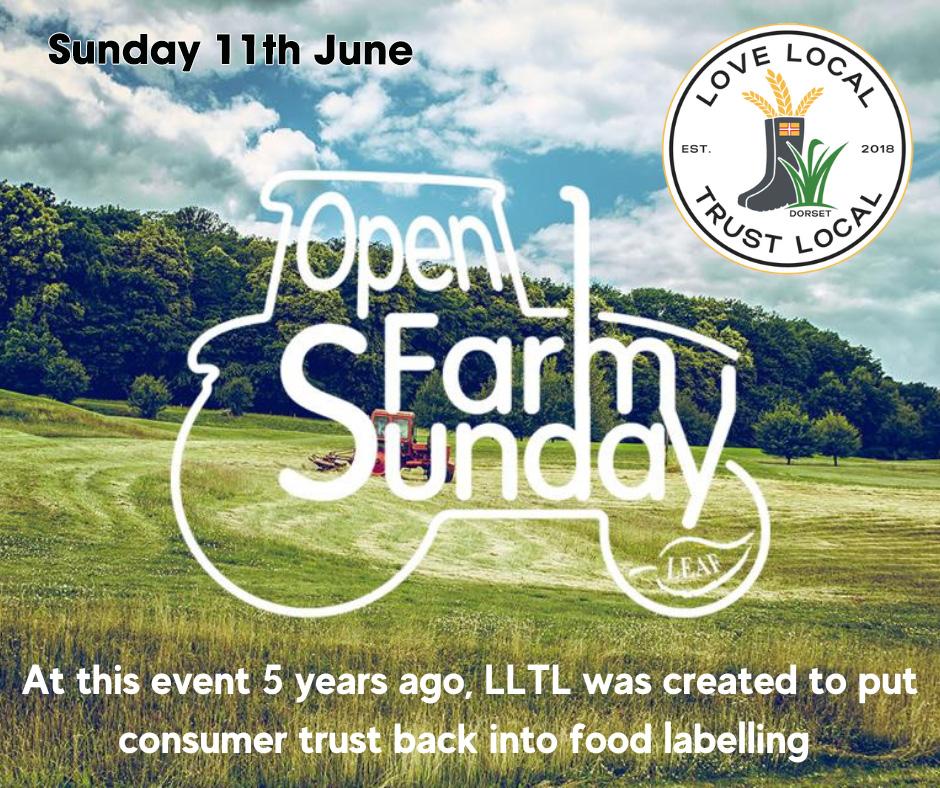

I would like to start by congratulating Laura and Courtenay on being shotlisted for a major national award! It’s so rewarding to get recognition for all your hard work, and it’s very well deserved.
The BV started at exactly the same time the Love Local Trust Local Awards were being launched. We both started out on our journeys together, back when nothing was happening in the world (apart from the whole global pandemic, obviously). Three years on and it is great to see both of us still working hard to champion and deliver what we set out to achieve in the most difficult and challenging of times.
The Love Local Trust Local food label was created in 2018 after an Open Farm Sunday, during which it was very apparent that people wanted to support British farmers but they simply didn’t know who to trust anymore.

This year we will be hosting Open Farm Sunday at Rawston Farm for the first time since then – please put Sunday 11th June on your calendar now! It’s a national event, so if Rawston is a little far you can go to FarmSunday.org and find the nearest open farm to you. Do visit, and meet the Dorset farmers feeding us all. Talk to them, make them feel wanted and supported, and learn more about the British produce on your plate.
At rawston we will also be showcasing some of the best Dorset products that entered the 2022 LLTL Awards. They are all winners in our eyes – please come and meet them and support their small, independent businesses.
We are also hoping all our award sponsors will be there to talk to local residents and visitors about how they work with the local farmers. Representatives from Damory Vets, the NFU, Blanchard Baileys, Symonds and Sampson, Kingston Maurward College, Saffery Champness, Meggy Moos Dairy, Dike & Sons and Roberts Food Service are just a few of the names that will be supporting us in some way or another for Open Farm Sunday 2023.
As an industry we need to encourage and engage with the general public more about farms, farming and food production locally. This national day gives us the chance to show people where their food is coming from, it helps to educate the young (and old!) that supermarkets do not grow and produce the food they sell, the farmers do.
It’s an important difference.
I’m always sad to hear in meetings that farmers feel the public don’t care or don’t want to support them. It’s not for a lack of interest – there simply needs to be more education on the truth around the UK food industry. Together we need to make a stand against big brand names and their bullish behaviour towards our farmers. Something has to change, and soon.
We need to go back to basics. To grow food on our land, to start cooking from scratch again, to eat seasonal food like our ancestors did, and to stop relying on imports of cheap food that we can’t trust. The more we know and understand about the food we eat, including how it was produced and where it came from, the better for our health and wellbeing too.
Let’s keep buying, shopping, eating and supporting local. It’s the least we can do.
Love Local, Trust Local founder Barbara Cossins is passionate about the benefits and opportunities from Open Farm Sunday
Now, more than ever, the UK government must back British farming and make a secure supply of home-grown food a political priority. British farmers and growers need government policies to enable them to produce food in the countryside for generations to come.
That is why the NFU is calling on the government to deliver on its commitments to food security, starting with:
• an annual stocktake of British food
• an annual national food security summit
• a commitment at least to maintain the levels of food produced in Britain, as outlined in the 2022 Government Food Strategy
Throughout world wars, financial crises and a global pandemic, a strong supply of homegrown food has been crucial.
Yet recent events have shown vulnerability in our supply chains and have put pressure on food production.
Since the COVID pandemic, the costs of energy, animal feed and even the tools needed to grow food have risen to historic highs,
putting more and more farms across the country at risk. The NFU has launched a food security campaign, calling for fairness for British farmers and growers, galvanising public support behind the idea that our supermarket shelves should never be empty of any food that can be produced by farmers and growers in Britain.
So far, more than 40,000 members of the public have backed the campaign – and there is still time to show your own support by adding your name to the Back British Farming food security campaign.
NFU President Minette Batters told our annual conference: “the clock is ticking” and that “time is almost up for this government to start walking the talk”.
In August 2022, Rishi Sunak committed to back British farming as he made his bid to become Prime Minister. Following an emergency press conference called by the NFU
in December last year, the Conservative leader once again reiterated his commitments to food security.
The NFU has remained on the front foot and in April Mrs Batters gave evidence to the environmental audit committee as politicians focussed on food security during a key Westminster Hall debate.

NFU officials, including Minette Batters, have appeared in print, online and on television and radio in recent months, highlighting the importance of food security and the need to support British farmers in producing the healthy, nutritious and sustainable British food that we all know and love.
The NFU’s calls for action were viewed nearly half a million times on social media in the last week of April alone.
We will continue to mobilise supporters until the government follows through on its commitments. If you would like to pledge your support you can do so here.


The NFU has raised a clarion call, demanding action on food security – and your support will count, says county advisor Gemma Harvey
Supermarket shelves should never be empty of any food that can be produced by farmers and growers in Britain

It’s an exciting time for AKC as we welcome Richard Hooson and Adam Langford to the team, each of them bringing new skills to our agricultural consultancy. Adam has started with AKC as our first agri-environmental consultant. His background and skillset enable us to provide our clients additional value, offering environmental assessments and ecological surveys. Adam will be providing specialist follow-up work under the Future Farming Resilience Fund and he will help to support all our clients in their transition to using new landbased schemes.
Originally from Kent, Adam has worked for Natural England following his postgraduate study in Wildlife Conservation. He has also worked on fruit farms in the Southeast, and on habitat connectivity on Salisbury Plain. Delivering for commercial farms is the core focus of Adam’s skillset, having worked as a Catchment Sensitive Farming Adviser in the Bristol Avon region, where he helped farmers improve their air and water quality, as well as their contribution to natural flood management and nature recovery. His main focus was on guiding farmers with slurry and manure management, utilising current land management schemes to improve legislation compliance. Adam’s motto is
‘efficiency to drive environmental gain’. He says:
‘With ever-growing pressure on land use and public scrutiny on the farming sector, the need for robust advice and support for farmers is essential. Through a blend of upcoming schemes and support I hope farmers can navigate their way to more efficient, profitable, higherwelfare farming systems while also contributing to improved soil health, nature recovery and climate resilience. These twin objectives can be achieved alongside each other.’

We have also recently welcomed Richard Hooson, who will be working on the Future Farming Resilience Fund. This is a great opportunity for farmers to receive tailored support and guidance on Agricultural Transition, through DEFRA’s funding. Over the summer, Richard and AKC will be busy attending shows & regional events to build awareness of this free service.
Richard previously worked for Genus, supporting farmers with milking diagnostics, and he has
been a farm business consultant for Promar for several years. His experience within the banking sector as a financial adviser equips him well when appraising and assessing farming businesses and advising on areas for improvement. Richard also has an independent business focusing on LED light control in livestock housing and buildings. Having worked within the dairy industry for many years, Richard believes that dairy farmers with the right mindset and attitude can remain productive whilst delivering under Environmental Land Management Schemes. Having also worked for milking equipment suppliers, Richard is well-positioned to offer advice for anyone investing in a parlour or robotic milking system. In the coming months, we look forward to working with our clients through the agricultural transition and adding new services to those we provide our farming clients. We feel very confident Adam and Richard will be a great addition to the team.
Get in touch to see how we can help you
01380 724687
akcagric.co.uk

In last months edition of the BV Magazine I reported on the news of Paul Allen’s arrest and sentencing for rural and wildlife offences, in connection with raptors on the Shaftesbury Estate. (Dorset one of worst counties for raptor persecution, says RSPB, after poisoned birds are found – Apr 23). The article sparked a great debate online (see the post and all comments here) –but I was surprised to see no mention of human interference in the food chain.
The killing of raptors is against the law, therefore Paul Allen’s actions were illegal.
But at some point the law is going to have to be revisited. Even 30 years ago, the sight of a buzzard was a rare occurrence; today the breed dominates the skies over rural Dorset.

Nationally red kites and eagles are rarer, but red kite numbers
have risen substantially in recent years. They all hunt and eat the same foods – foods that include our beloved hedgehog, whose other main predator is the badger (yet another protected species in the UK). Every intervention – or non intervention – has a direct effect on the sensitive ecosystems in our rural areas.
The worst thing we ever did was to get involved! Unfortunately, proponents for banning the persecution of animals don’t appear to understand the law of unintended consequences.
In 1975 Sam Peltzman from the University of Chicago conducted a study into car safety in the US. In the states that passed the seat belt legislation there was an increase in the rates of traffic accidents. Because people felt safer, they drove just a little more recklessly. The unintended
consequence of a safety law was more dangerous driving.
If we focus on protecting certain animals in our countryside, we can unintentionally reduce the biodiversity. Top predator numbers will naturally get stronger and they can begin to decimate the lower rungs of the food chain, creating an imbalance which has a ripple effect throughout the carefully balance ecosystem
To encourage biodiversity we need to focus on building the habitats for animals to thrive. Rather than species protection, we should aim to grow biodiversity from the bottom of the food chain. This then supports the entire food chain up to the top predators. Unfortunately the bottom of the food chain is rarely populated by the beautiful ones.
Reintroducing animals that
The worst thing we ever did was to get involvedA common buzzard was once a rare sight but is now frequently seen soaring over Dorset
haven’t existed in an ecosystem for decades or centuries can also carry the risks of unintended consequences. Since 2008 there has been a programme to reintroduce beavers to various parts of the UK. Now there are thought to be hundreds of Eurasian beavers living wild in England, mostly here in the south west. It is hoped that their natural activities of digging, chewing through trees and building large pools of water will improve struggling ecosystems, restore vanishing wetland habitats, and support increased biodiversity.
The image, right, was taken last summer at the height of the drought on the Clinton Devon Estates. Beavers had created several dams, and it was fantastic for local wildlife. The new wetland also brings flood prevention benefits and increased carbon capture. However, a 2021 Natural

England report suggested that reintroduced beavers may introduce new or previously eradicated parasites, or they may establish new transmission routes for the infection of humans, domesticated livestock
and existing wildlife. I admit I don’t have all the answers … in fact I don’t think I have any answers. What I do know, however, is that the more we try to help, the worse it all seems to get.


This year’s calving romped along at a great pace. The 21 heifers all finished weeks ago, and are in the yards with their calves. The main herd started at the beginning of March and over the following weeks popped them out at a good rate. The busiest day saw eight born – and yes, of course it was a Saturday, during the Six Nations rugby tournament. Doug and Brendan

had to sort and tag 10 calves on the day, before they got muddled and we lost sight of who belonged to which cow. The little fellow below demonstrates clearly why we decided to bring in a Hereford bull, Theo, as a change from our 100 per cent (black) Angus. He’s irresistible with that white face, red body and fluttery eyelashes. We didn’t really need to write the
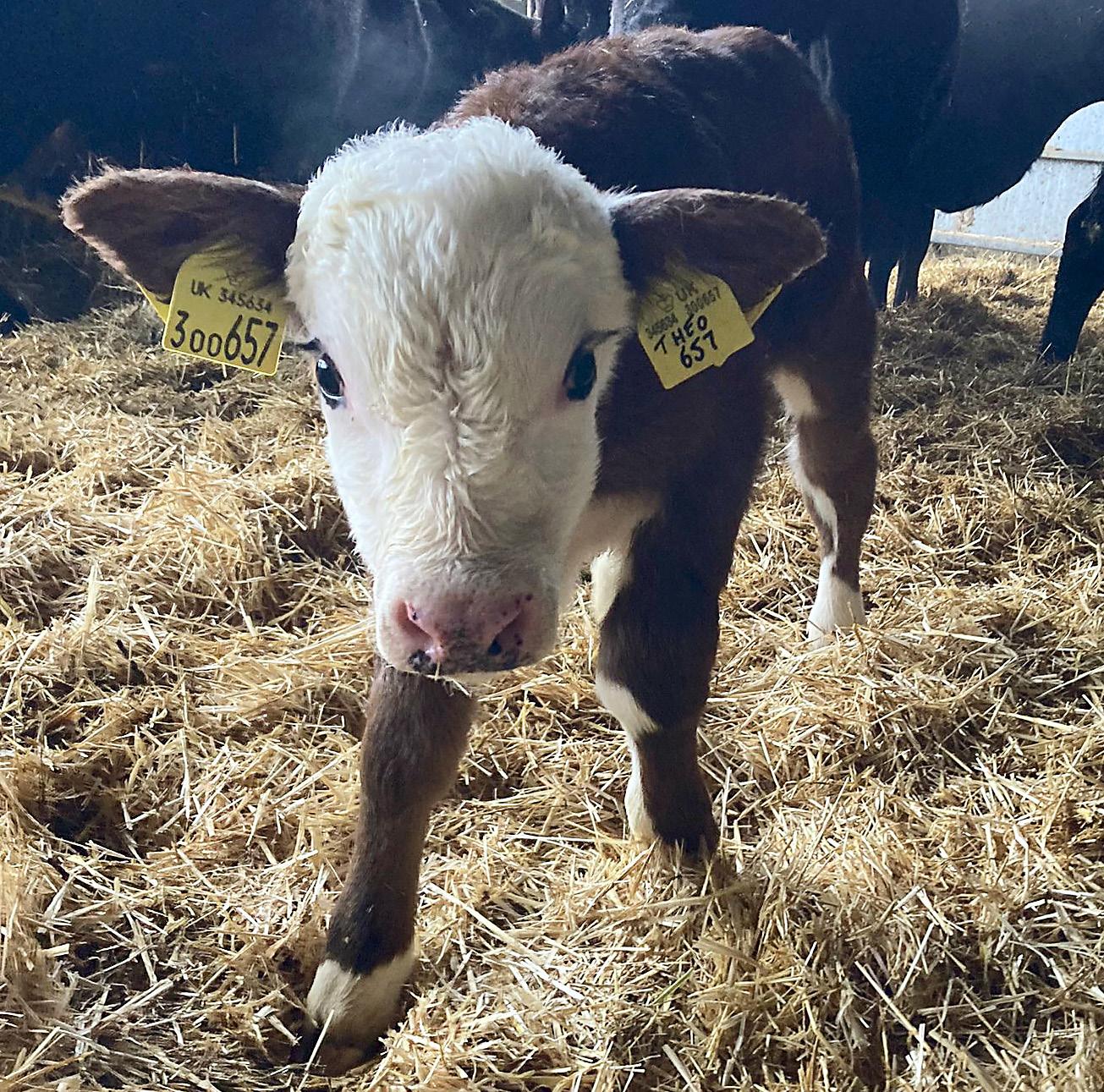
bull’s name on her tag, but it has become a habit, avoiding any embarrassing partnerships two years down the line when we bring new heifers into the herd. Our other bull, Mr Red, is a recessive Red Angus, and he has produced some lovely coloured calves too, bringing even more visual variety into the herd. It will take a cleverer person than I, though, to properly explain the genetics of the recessive Red Angus. Suffice to say he will throw calves of different colours depending on the colour genes carried by the mother!
Recently we had to turf out a pen full of cows into a nearby paddock so that we could use their pen for sorting out the youngstock. They have been outdoors all winter, but have now run out of grub, having worked their way across all the cover crop fields, munching off the mixed species covers at approx 1.2 hectares per day. This meant that we could, in theory, get on and sow the barley that will follow the cover crop – except that the unusually wet March prevented any tractor action in the fields for weeks. The youngstock were heading one way, out to a field where we
could feed them silage, and the older cows were heading across the farm towards the river meadows, where there is a little new grass. While the cows were outside, enjoying a very thin bite of grass on a brisk day, two of them decided to calve. Just two hours I left them alone ...
The cows get mucked out a couple of times during the winter (to make sure they don’t end up jumping over the gates or banging their heads on the roof of their shed ...). The muck gets hauled out to the fields, where it will be composted with woodchip, anaerobic digestate and maybe some green trimmings before being spread as fertiliser in the autumn. It can be tricky juggling the handler if we have muck to move and grain lorries to load because you can’t just drive from the cow shed, covered in muck, to the grain store (see image above right).
It takes at least half an hour to wash it thoroughly, and then the grain will stick to the tyres if they’re still wet. They’ll then carry the grain outside and spread it all over the yard. Because of this, we do try to avoid mucking out when lorries are due. However, some of the grain merchants can be a bit ‘short notice’ with their collections (or perhaps it is the haulier, it’s hard to tell). One unfortunate driver had to wait rather too long recently after a misunderstanding with his boss. We had cows temporarily outside, making a field muddy, and the clock was ticking for getting the mucking out finished before dark. The new straw bedding needed to be spread before the handler could be released for washing and loading – and yes, then it had wet tyres anyway.

The 22/23 winter hedge planting campaign has at last drawn to a close. Our target was 1,700 metres of new hedge, plus a quantity of gapping up where we’ve coppiced off some old and gappy hedge under our Stewardship scheme.
With the aid of a team of very keen helpers from Durweston, and others from Bristol, we’ve managed to plant around 12,000 plants, as the weather has allowed, over the winter months. Most of it needed fencing in to keep cattle and marauding deer out! That kept Gary and Brendan busy, when crops and cattle allowed, for weeks.
It is great to see that some of the earliest planted whips are already leafing up and flowering. The ‘pussy willow’ catkins of the Goat Willow looked good but are now fully leafed. The cat pawlike catkins indicate a male plant, and it is to be hoped that we also planted some female ones, so that fertilisation and fruiting may occur.
The female flowers are far less showy, but do offer plenty of nectar to attract insects that, with luck, will bear the pollen on their bodies in order to successfully pollinate.
Hopefully, we’ll have fewer mouse problems in the combine this year. Who knows where the character in the image below came from? But he’s welcome to stay. Together with the resident owl, his presence will hopefully result in reduced rodent pressure for us!
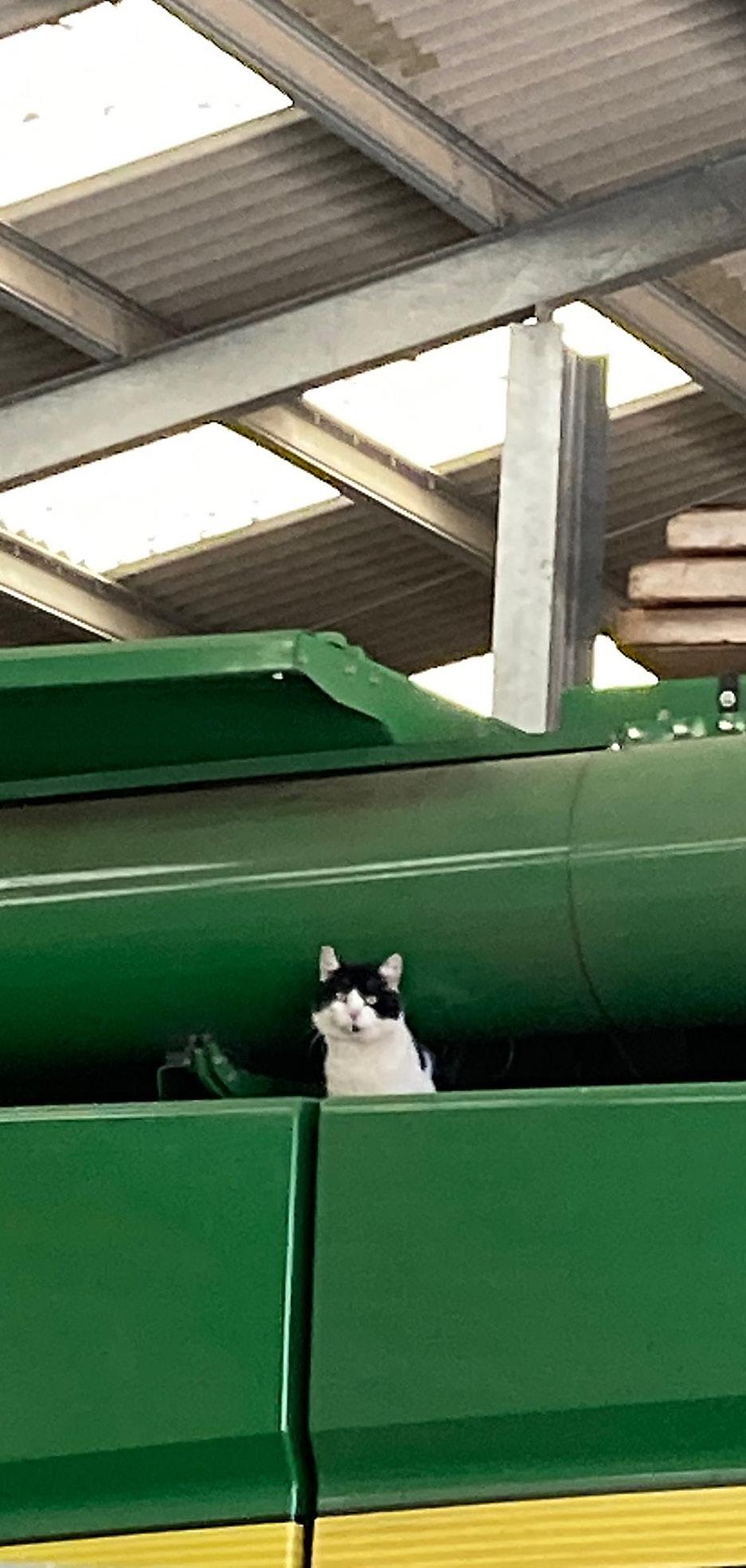
Our resident flower farmer Charlotte Tombs loves tulips. A lot. And she has something she needs to get off her chest ...
 Tulip La Belle Epoque
All images: Charlotte Tombs
Tulip La Belle Epoque
All images: Charlotte Tombs
Supermarket tulips are cheaper than artisan tulips. It’s a fact, and I’m not arguing with it. But ... I’m going to be straight with you.
The supermarket ones are hydroponically grown – they haven’t been near a speck of soil. They are mass produced and then wrapped in single use plastic. Some of these tulips are fed with growth inhibitors (that’s why they don’t open up in the vase and just sort of dry out as they die). Artisan tulips, on the other hand, will open up to their natural, glorious conclusion.
I spend a lot of time, effort and money choosing my tulips for colour, shape and perfume ... when has a supermarket tulip ever smelled amazing? Take a look at the image, right. On the left are some of my pale pink artisan tulips that have been planted and cared for in the ground. Look at that stem length and the size of the head compared to the red supermarket tulips next to them!
In the full page image opposite are La Belle Epoque, an absolutely beautiful double tulip, and one of my own favourites.
Do note that tulips continue to grow in the vase and can change direction from where you carefully placed them! You can also see that they are loose and opening up – you just don’t see this from the supermarket ones.

The burstingly pink tulips below left are Big Love. They grow to nearly two foot tall with a head the size of your fist in that most amazing lipstick pink. They are another of my personal favourites. Other varieties to look out for are Brownie, Silk Road and


Amazing Parrot, which goes from pink to orange. Tulip Negrita is a great perennial tulip – it really does come back year after year. Last but not least is Foxy Foxtrot – almost worth buying for the name alone. It’s a gorgeous double yellow tulip that turns pink with darker yellow flashes.
See Charlotte’s Insta here to see what she’s picking at the farm near Wimborne (contact her via northcombe.co.uk), or try flowersfromthefarm to find a flower grower near you
The last of the crops are only just harvested, but Barry Cuff is already eating fresh salad as he watches the new crop begin
We had very varied weather all through April with a blackthorn winter* setting in mid month to coincide with the flowering of the bushes. But it was not as cold as some years, despite winds from the North and East, and there were fewer frosts than usual. The coldest occurred on the 4th April, and this one killed our skulkers.** We rely on these for a few early meals of new potatoes; they are left in the ground to dig as required unless they are in the way of any new crop sowing and planting. However, within 20 days of the frost, new growth had appeared and as the ground is not required till early June we hope to have new spuds ahead of the 2023 planted crop!
Apart from a few wet days we were able to work on the plot with no damage to the soil. By the third week of April we had harvested the last of our 2022
vegetables, the leeks, parsnips and purple sprouting broccoli. We now have to rely on stored produce; beans and peas from the freezer and squash, onions and potatoes from the garage. We still have small amounts of six potato varieties – Picasso, Elfe, Sagitta, Charlotte, Royal and Rooster – and all are still in good condition. Our onions should last to around the middle of May, but we cut into our last Crown Prince squash. Still in perfect condition, it was excellent roasted.
For salads we have spicy leaf mixes and tender pea shoots from the greenhouse and are cropping lettuce (Little Gem) and radish (French Breakfast) which are growing under cloches. We have potted up about 60 tomatoes in the greenhouses. These were sown on the 14th

and we pricked them out on the 25th March.
We have now sown celery, celeriac, chervil, parsley, leeks and Brussels sprouts in the greenhouse. The onions sown in March are ready for planting out – just as soon as the weather warms up!

On the plot, the broad beans are in flower and we have sown two lines of peas plus some carrot and beetroot. All of our potatoes apart from the earlies were planted during the month. Hopefully May will bring warmer weather – it is one of the main months for establishing this year’s crop.
*an old English name for a spell of cold weather in spring or early summer, when the blackthorn is flowering
** skulkers are ‘volunteer’ potatoes accidentally left in the ground from the previous year.
Finally the garden is warming up and ready for some tending –but also for some leaving alone, says gardener Pete Harcom Well, once again last month was a cold one, wasn’t it? May should be a lot warmer, but do still keep an eye on the weather forecast and protect any early outdoor sowings and plantings with fleece. Your new bedding plants may need to wait to be planted out until towards the end of May.

Jobs for this month:
• Continue to keep on top of weed growth – my best tip is to simply hoe them off regularly while they are easy to handle.
• Aerate the lawn with a garden fork to avoid compaction and moss growth. After the aeration, apply a slow-release granular fertiliser (small granules will reduce the scorch potential).
• Birds will be nesting now –please check hedges before trimming them back. In fact, it’s probably best to leave the hedges until late summer if at all possible.

• Prune back your spring flowering shrubs such as deutzia, choisya, weigela and philadelphus – these can all be pruned after flowering to maintain shape. Also, trim back aubretia and alyssum after flowering to increase fresh growth before they get too leggy.
• Daffodils and spring flowering bulbs can be lifted now; divide them to increase plants for next year. Continue to deadhead tulips and daffs as the flowers fade.
• Planning ahead for your own spring bedding for next year, between now and July is a good time to sow wallflowers, pansies and daisies in a spare piece of ground. They
are biennials (they take two years to flower) so you need to plant them now to enjoy them next year.
• Why not create a wildflower meadow this year? Even in a small garden this will attract so many of our native insects and animals. Native wildflowers are a food source which will attract bees, butterflies and birds to your garden. The Wildlife Trusts have some great advice on how to grow a wild patch. Even the smallest wildflower meadow will provide homes and food for wildlife and benefit biodiversity. Native
wildflowers provide pollen and nectar to help sustain the insects that pollinate our food crops.
• It’s #NoMowMay ... Try to leave a patch of un-mown long grass in your garden. Butterflies, for instance, like to lay eggs in flowering grasses. Some types of butterfly and moth only ever lay their eggs on specific native plants.
• This may be a time to reevaluate the positioning of plants – think about any plant failures or poor growth which may be due to siting and their location in your garden.
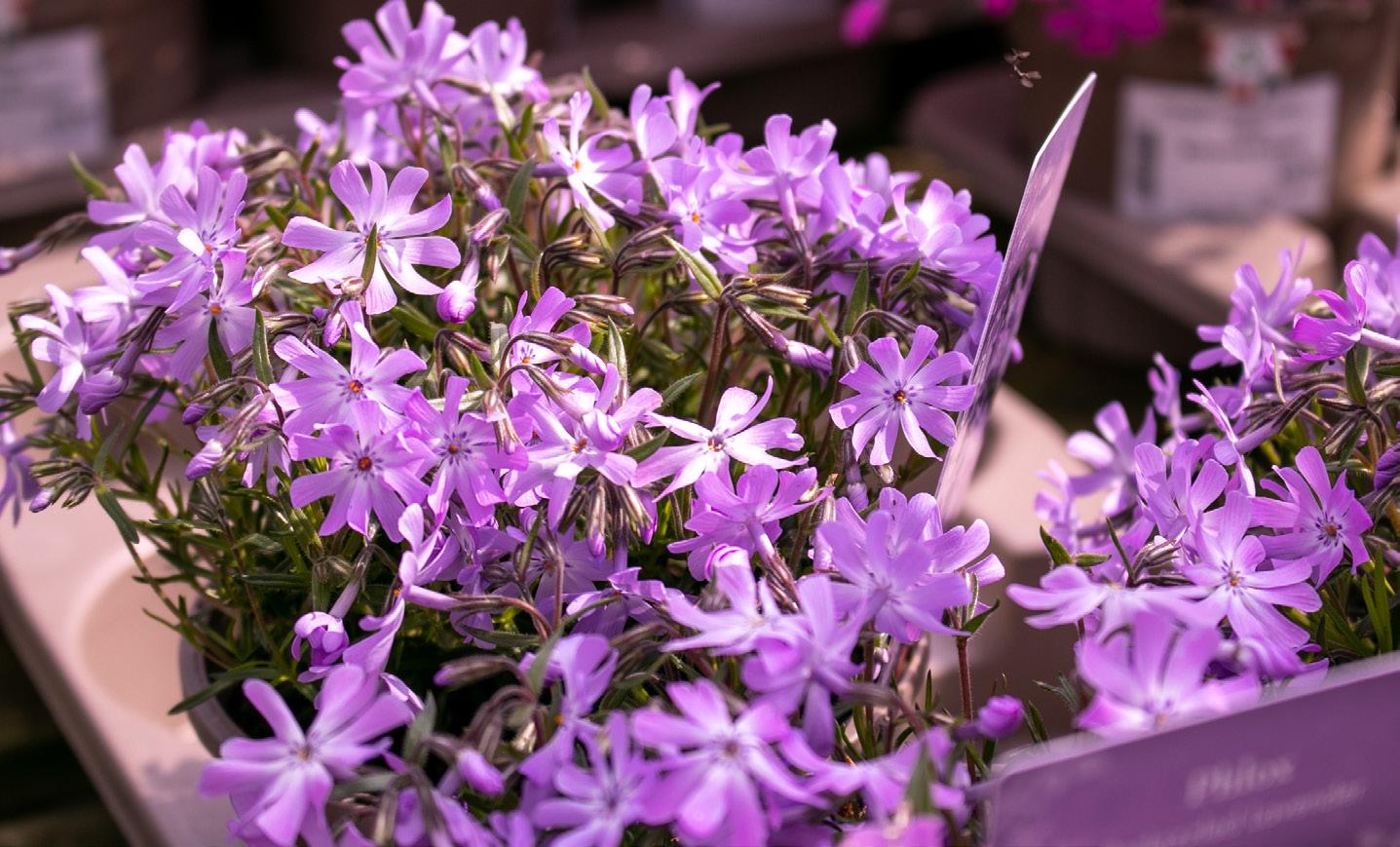
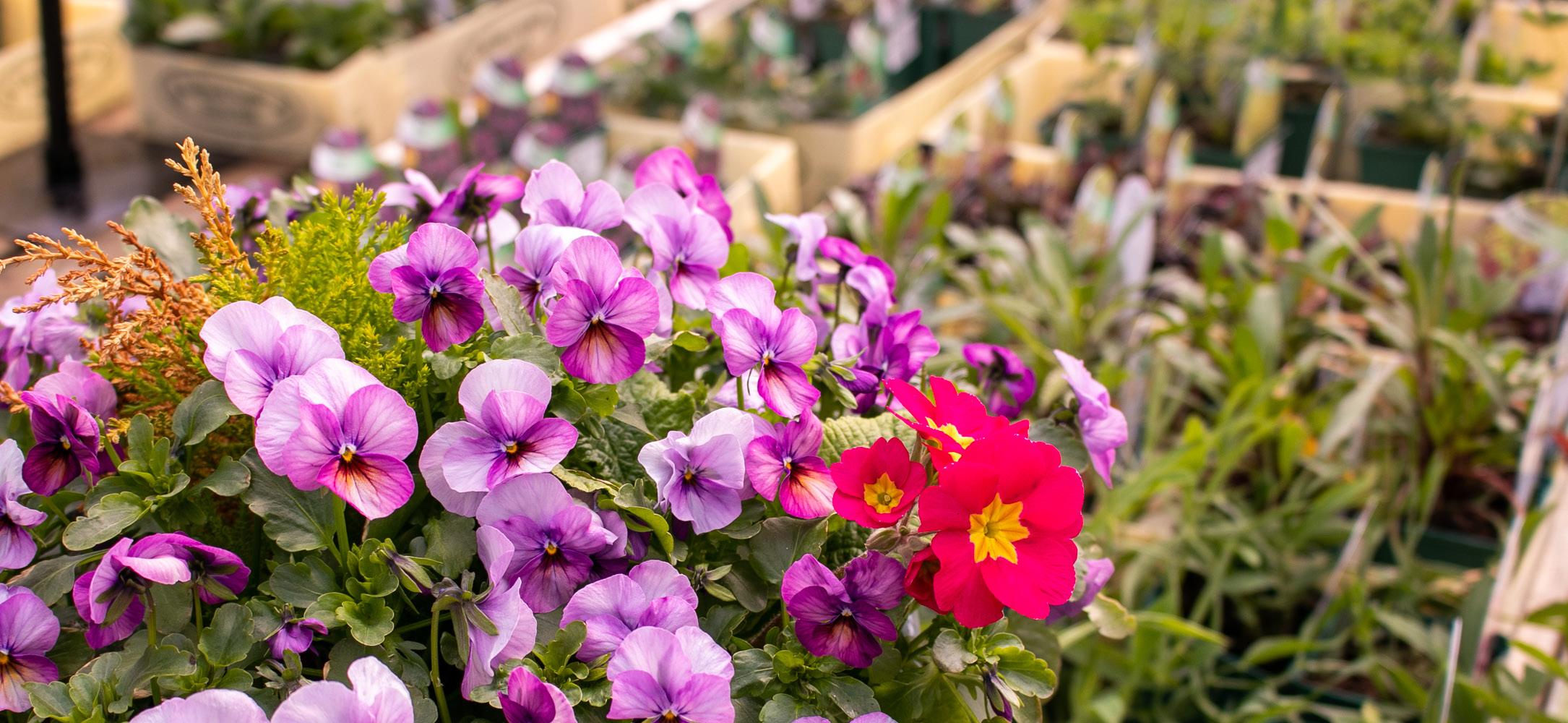
The April showers have been keeping us on our toes; along with some last bits of chilly weather it’s sometimes been feeling like spring has struggled to get a foothold this season! When it’s been good, though, wow has it been good! We mentioned last month how nice it is to be properly back into gardening mode and that feeling definitely continues as we move into May.
The spring colours have been really bringing the courtyard to life here at Thorngrove; we’re loving the geraniums, phlox, tulips and there’s also a range of bedding and basket plants in the form of petunias and more! We’ve been sharing some
lovely photos and video on our social media so do come and give our pages on Facebook and Instagram a follow if you haven’t already. Our plant of the month for April was the lupins and these should be flowering very soon … along with the roses! The glasshouses are currently full of vegetable plants for your own veg garden – carrots, shallots, onions and such. Plus we have ready-made baskets, pots, troughs, garden ornaments and more instant spring garden additions.
Coming up in May here at Thorngrove – outside of the seasonal plants – we’re turning

our attention to our Employ My Ability Open Days which will be taking place on the 16th and 17th of May. As many of our visitors will known, our garden centre also operates as a campus for young people with special educational needs and disabilities who study and gain valuable work experience here on site. Many of our students have become recognisable as a key part of the teams in our café, and garden centre shop. If you, or anyone you know, might benefit from a first hand look at the opportunities we offer, please do get in touch, or spread the word. We’ve love to welcome you on our open days and show you what EMA is all about.
The ever-popular Children’s Crafts Days will return for May half term – keep an eye on our website and social media for full details on that. We’re open every bank holiday, and there’s always someone on hand to help you make the most of your garden space. Of course, The Secret Garden Café is waiting to serve you, too. The perfect stop in Gillingham this May. See you all soon!


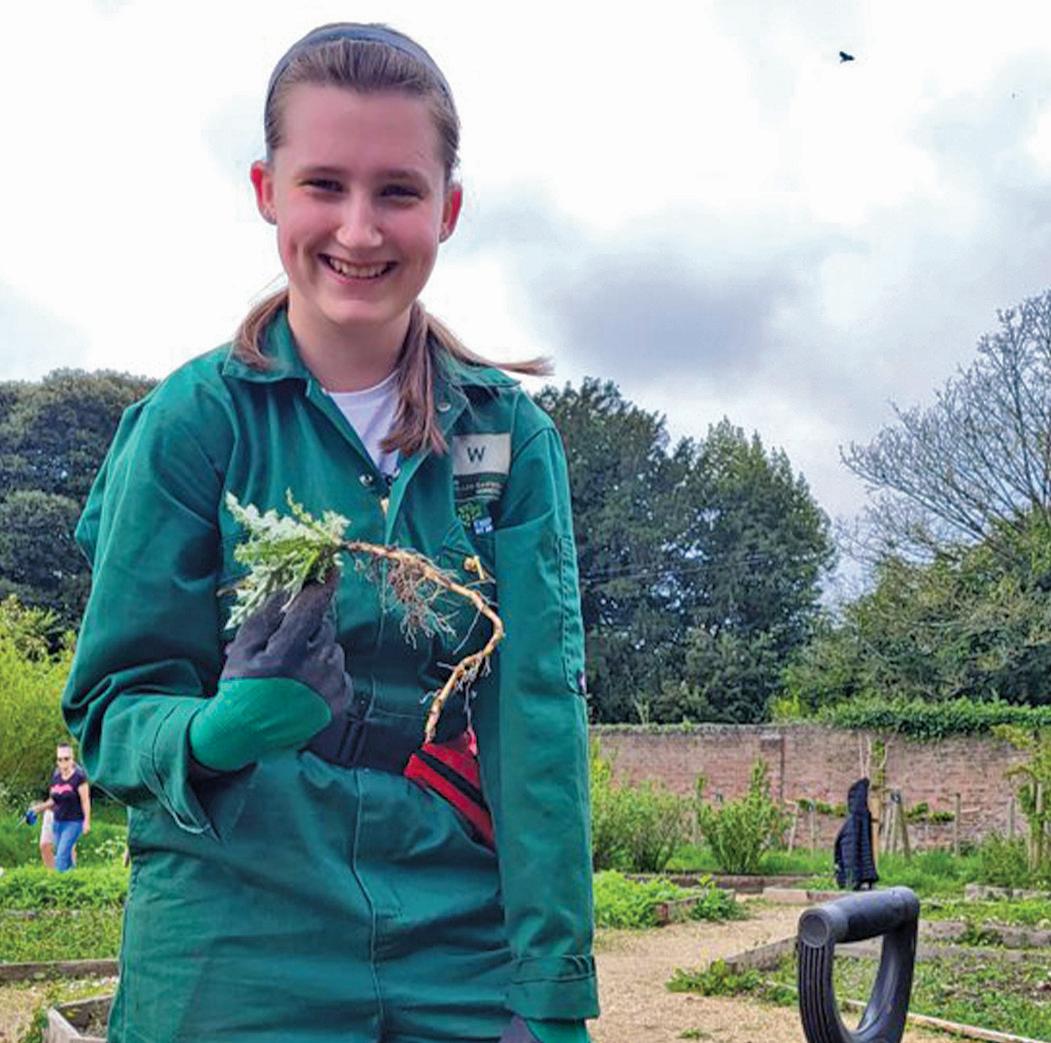

The Dorset Business Festival – the first event of its kind in Dorset Chamber’s 74-year history – will be held in October

The first Dorset Business Festival was officially launched at the chamber’s President’s Lunch, where Shevaun Haviland, the director general of the British Chambers of Commerce, delivered a keynote speech to over 150 attendees.
The Dorset Business Festival –the first event of its kind in the chamber’s 74-year history – is being held from 10th to 12th October in Bournemouth. The festival will showcase a conference, exhibition, and awards ceremony, celebrating businesses across the county. Dorset Chamber has secured presenter and former BBC Breakfast business correspondent Declan Curry as host of the conference.
The Sunday Times economics editor David Smith has been named as keynote speaker. Mr Smith will open the topicbased conference on 10th October, which will emphasize the ‘future of business’. The conference will be concentrating on four themes:
• technology
• Environmental, Social and Corporate Governance (ESG)
• place
• people. The expo will feature stands, presentations and networking.
Dorset Business Awards
Returning after four years, the Business Awards will be open to all businesses in the county, regardless of chamber
membership, and will feature ten free-to-enter categories. They will involve judging by an independent panel of business leaders and experts. The chamber has welcomed five Festival Partners for the event – Blue Sky Financial Planning, Bournemouth and Poole College, Dorset Council, The Dolphin and the YMCA Bournemouth.
Law firm Lester Aldridge will be the Premier Festival Partner.
Bookings for the three-day festival, including entries for the Dorset Business Festival Awards, will open on 9th May.
Wessex Internet, based in Iwerne Minster, has recently secured a government-funded Project Gigabit contract valued at nearly £14 million to provide around 10,500 homes and businesses in the New Forest with high-speed, full fibre broadband.

It is a significant milestone for the company, demonstrating its ongoing success in bringing stateof-the-art connectivity to rural areas across the south west. The UK government’s £5 billion Project Gigabit is working to provide gigabit-capable broadband to hard-to-reach communities across the country, supporting economic growth and bridging the digital divide between urban and rural areas. This is the second Project Gigabit contract awarded to Wessex Internet, which previously secured the UK’s first major Project Gigabit contract in August 2022, connecting over 7,000 properties in North Dorset. As an independent broadband provider with a founding commitment to connecting Dorset’s rural areas, Wessex Internet’s involvement in Project Gigabit demonstrates the company’s expertise in delivering reliable, high-speed connectivity to even the most remote even the most remote communities in Dorset, Hampshire, Wiltshire and South Somerset.
Generally, Dorset’s rural domestic internet connection is via BT’s ‘full fibre’ network, which is fibre to the cabinet (FTTC). The ‘final mile’ – from the cabinet to the house – is delivered over BT’s standard copper phone lines.
Typically, this achieves 50-70 Mb/s depending on the length of the copper. Wessex Internet’s gigabit-capable networks are installed direct to each property, and allow download speeds of up to 900Mb/s.
Gigabit broadband is more than 30 times faster than copperbased superfast broadband, which most rural households and businesses currently rely on. While superfast is fast enough for most people’s needs today, gigabit-capable connections will provide the speeds and reliability needed for decades into the future.
Fast internet doesn’t simply mean an easier online shopping experience (though that’s
true). Fast broadband speeds are known to be a key factor in the Levelling Up agenda, with businesses in rural areas hamstrung by limited bandwidth. Wessex Internet’s strong local presence, along with its passion for connecting the countryside, enables the company to build and maintain relationships with residents and communities, ensuring a more tailored approach to delivering rural broadband services.
It’s not just ‘lightning fast’ broadband, as Boris Johnson called it. It has far-reaching benefits for local business and the community, providing employment opportunities and improved skills for local people.
The expansion of ‘lightning fast’ broadband brings other benefits as the levelling-up agenda rolls out across rural Dorset and the New Forest
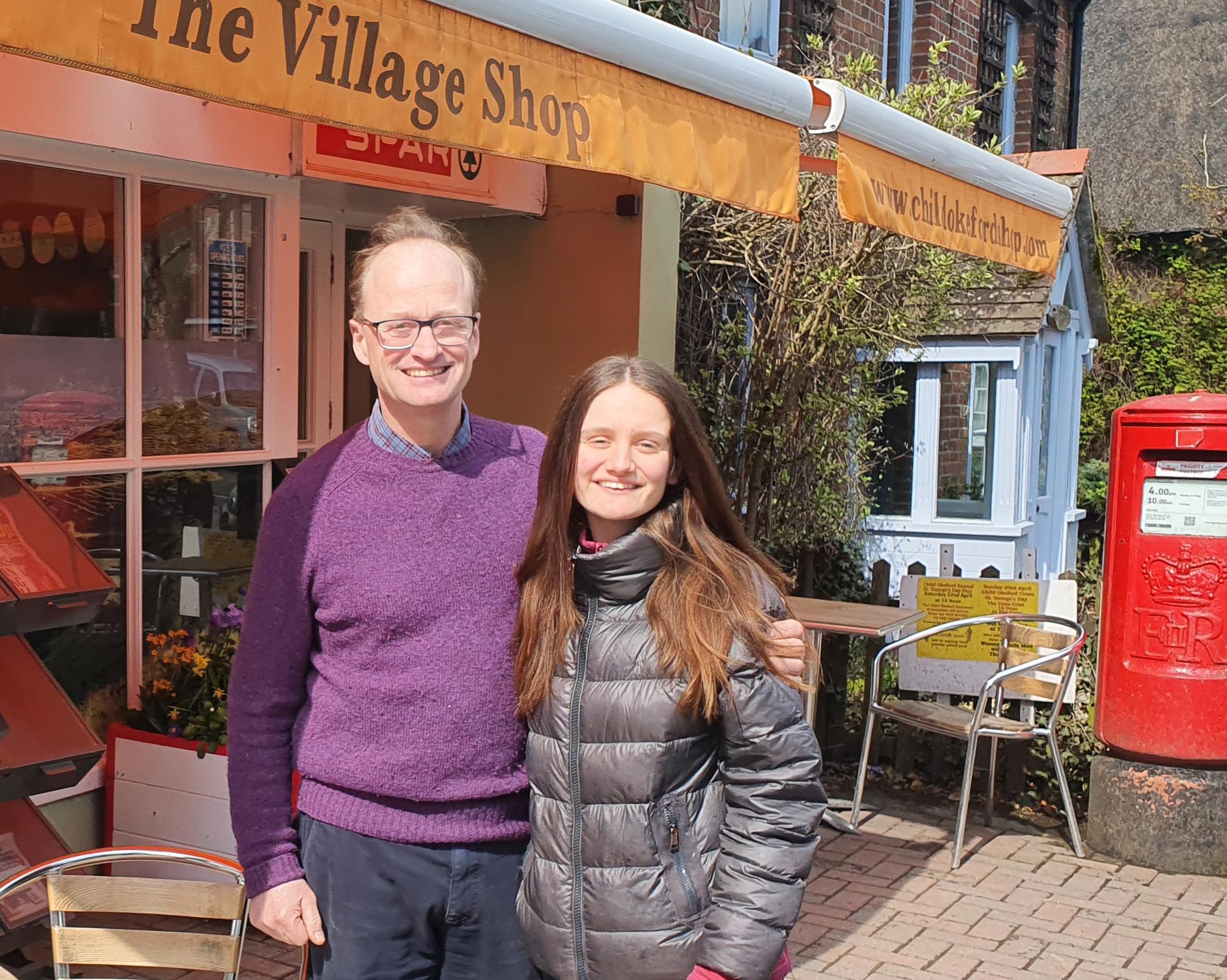

COVID was kind to village shops, which had been under pressure for decades from the relentless onslaught from supermarkets. Government advice to stay home, combined with the fear of infection, encouraged shoppers to avoid supermarkets. Village shops offered a friendly face, and benefited from the trend to support local businesses. Price was less of an issue.
Fast forward to 2023 and life has changed dramatically. Shoppers are facing a vicious cost-of-living crisis, while village shops are facing much tighter purses. Price wars have been intensifying and we all know which supermarkets are winning: the discounters Aldi and Lidl. Village shops cannot take advantage of the clear long-term trend towards online shopping.
The steep and accelerating decline in physical newspaper and tobacco sales is another factor – in the past these were major magnets for customers.
Yet there are exceptions! The Child Okeford Village Shop is doing all the right things. Andrew Stevenson-Hamilton bought the shop in 2020, feeling he would like a more community-spirited role. It wasn’t a bad proposition, thanks to a spacious shop floor, enabling a broad selection of stock. It’s also in a good site, in the middle of a relatively affluent large village of 1,200 and 20 minutes drive from the lure of the nearest major supermarket. He set about making changes. He bought an Electronic Point of Sale (EPOS) system so staff no longer needed to price up products manually. He joined the SPAR group, which helped him with
stock selection and a redesign of the layout, which increased the shop floor making room for new lines. More local products were brought in.
Andrew has a broad range of clients to cater for. Retirees, an age group who are often not keen to shop online, appreciate the broad range of stock. Being on the school run route means the shop is busy on weekday afternoons – the toys help here too!
The less privileged members of the community appreciate the competitive pricing for basic items. Tradespeople are early morning regulars, buying coffee and (profitable) pastries and using the tables and chairs outside – as do tourists visiting the village.
Andrew listens to what his customers want and aims for the shop to be a buzzy, friendly hub for the village. Customers like the in-house bakery with its
wonderful fresh smells (Andrew believes in a sense of theatre). Latest innovations include a section for coeliacs, a book exchange, a coffee dispenser and an expanded range of greeting cards. The shop is now a destination store.
He has also brought in a loyalty card system, with the logo designed by pupils at the village school. He sponsors the school football team and also a police awareness initiative to reduce online abuse of children. The Post Office section works well too –Andrew thinks that’s partly thanks to an old-style contract of a salary and bonus.
He has not been afraid to reduce costs where necessary – he cut his electricity bill in half by reducing the heating over the winter, making insulation covers for his freezers and taking out the heated food counter. Now he is planning to host more village events, such as wine and cheese tastings.
Populism in politics always over-simplifies issues. Effective political change requires active listening across divides, says MP Simon Hoare
Regular readers will know of my suspicions of populism in politics. Not to be confused with being popular (what politician doesn’t seek to be that?), more the simplicity of the black and white of the populists’ prescription.
Populists, by their very world view, only speak to those with whom they agree – or who agree with them. With their selfendorsing echo chamber, if you will. At the same time, they will demonise those with whom they disagree or find disagreeable. Achieving big political change – making the weather – is not within the armoury of the populist. They are unable to do so because they lack the capacity to reach across the aisle, to extend the hand of friendship and a listening ear. Such skills are prerequisites to making meaningful progress in oftencontested spaces. This was brought home to me at recent Northern Ireland Affairs Select Committee hearings.
Beware the 100 percenters
Sir John Major, Sir Tony Blair and former Irish Prime Minister Bertie Ahern all said that to get to the point where the Good Friday Agreement was possible, people who were sworn and ancient enemies had to sit down and talk – to listen and to respect each point of view and to find the route of pragmatic compromise needed to make progress.
I heard it again in every speech at a recent conference hosted
by Queen’s University Belfast, celebrating Agreement 25. Bill and Hilary Clinton made powerful speeches on this issue, as did Senator George Mitchell, who gave up five years of his life in the search for peace in Northern Ireland. George warned against the ‘100 percenters’ – those who can only claim victory when they achieve everything and their opposite number nothing.
I heard it from the President of the EU, who spoke of how the Windsor Framework had been negotiated – through respectful conversations focused on the possible. Perhaps above all I heard it from a range of viewpoints, across the traditions, who all effectively said: ”I knew progress was possible and resolution within touching distance when I found myself speaking to x, y or z – a sworn enemy and opponent.”
Surprising dinner companions
I was a teenager in the 1980s and remember The Troubles clearly, albeit viewed from the safety of South Wales. It’s why I have become so involved with the politics of Northern Ireland – I am committed to playing my small part in ensuring no return to the days of hate and blood. The progress made over the last 25 years was made crystal clear to me in two personal events.

The first was, as an unaccompanied Tory MP, walking down the Falls Road in Belfast. In the past, English politicians would have had to go in armoured cars with heavy security. The second was finding myself sitting next to Gerry Adams at the celebration dinner at Hillsborough Castle. On the political Richter Scale these were two small things; but enormously illuminating of the scale of change that non-populist politics can deliver.
As the Windsor Framework underscores, pragmatic politics continues to deliver. I shall close with another personal anecdote, if I may. A Loyalist blogger and campaigner did not have me on his Christmas card list. Jamie Bryson saw me as being opposed to everything he holds dear. He has waged a bit of a campaign against me in the media. Recently we bumped into each other in Belfast. We could have cold shouldered each other, muttering under our breaths as we slipped past. But, we didn’t. We shook hands. We met for coffee. A presumed ten-minute chat evolved into a two-hour heart-to-heart. He is coming to my Select Committee and we have continued our conversations.
We won’t, we know, agree on everything, but we have agreed to try to follow the advice of those political Titans who led the way with the Belfast Good Friday Agreement. Let us have more of that kind of politics.
Sworn and ancient enemies have to sit down and talk
When this issue is published, the local elections on 4th May will have come and gone. Parties will have had their triumphs and disasters. Each will assail us with well-spun explanations for whatever has happened. Then, blessedly, we can put it all aside for a couple of days and celebrate the coronation of our new King and Queen. If ever there was an institution providing stability, continuity and a force for good, it is the monarchy as we now have it: leading by example, using influence not power, looking for the best in people and communities. What a strong message for politicians of every hue. Let us have less of being told what to do by an amorphous “centre”, be it local or national.
Let us have less partisanship in power – fine on the stump but put it aside when you get there, eh? But let us have more exemplary behaviour, more focus on creating the positives of opportunity and fairness, more action that makes our lives happier and healthier.
We can all play our part. Just as most of us give something to charity, even if it is only buying a lottery ticket, we all have scope for being better citizens. We can drop less litter, drive with more consideration, behave in public with more decorum and less rudeness. We could use social media with more courtesy. There are any number of things we could do to make the lives of others around us that little bit happier. There is plenty of scope, too, for taking more
active steps to contribute: become a Water Guardian (regular local checking of water quality), join a litter pick or environmental group, become a school reading helper, join the Royal Voluntary Service as a community volunteer, do some voluntary driving. The list is endless. Take a look at The Big Help Out and see the range of possibilities.
It is not only the job of those we elect to make our lives better – we all have a role. But when it comes to public services, government has to be the prime mover and be held accountable. Take the NHS, dentistry and sewage. How can government fail to act when a vital organisation like the NHS gets into difficulty? It is under-performing against most measures, has very poor employee relations and no thought-through, long-term manpower plan. How can government have allowed ‘dentist deserts’ to proliferate in the way they have? How can we have frittered away – into private pockets – all that money we have paid for water over so many years and still have raw sewage in our rivers?
But, with our eyes lifted up and our national confidence restored, we could soon put a stop to nurses being cowed and coerced. We could all show off our great teeth while happily wild swimming. Why not? Spring is in the air. Change is in the air.
Mike Chapman, North Dorset Liberal Democrats
As someone who believes that the head of state should be elected, I will be politely declining King Charles’ invitation to swear an oath of ‘true allegiance’ to him on 6th May.
It’s not that I don’t like the man. In fact, I’d go so far as to say that I have a deep respect and admiration for his commitment to the many environmental causes that he has used his position to champion and promote over several decades, long before it was
considered fashionable to do so, or contentious not to.
I don’t have an issue with his choice of partner, as some do, nor do I sit in judgment on the way in which other members of his family have chosen to behave, either publicly or privately. I also refuse to hold it against him that he will always be overshadowed by the example of committed public service set by his mother, Queen Elizabeth II.
I simply believe that if we must have a new King, he should be swearing allegiance to the people of this country and not the other way round. While the Coronation weekend provides a welcome opportunity to spend time with family, friends, neighbours and others within our communities, it is also a political event. As such, it should provide the British people with a chance to reflect on how well our political institutions are really serving us.
When the gazebos and bunting have all been
folded away, we will still be in the middle of a cost of living crisis. There will still be growing wealth and social inequality, the NHS will still be in need of intensive care.
We will still be dangerously unprepared for the climate crisis. A feudal display of deference to an unelected head of state changes none of these things. Rather it legitimises the persistent failure of our political institutions to govern in the interests of the majority, and masks the reality that we really need to talk about modernising our democracy.
Pat Osborne, North Dorset Labour Party
Social media is brilliant for keeping in touch with family and friends ... but it’s also a fertile medium for the spread of disinformation. Studies have shown that false information spreads faster and further than accurate information, and is also more likely to attract attention. With an average profit of £1.5m every minute for the last 50yrs*, the fossil fuel industry has been well able to spread its climate change disinformation campaign and buy all the influence needed to successfully delay political interference that might limit its activities. Governments and regulators around the world have effectively been captured, which explains the International Monetary Fund’s calculation that the industry benefits from subsidies of around £9m per minute**. In part this is through not having to pay for the deaths and damage caused by air pollution, heatwaves and other impacts of global warming.
Another, more subtle, form of media manipulation is to starve issues of the ‘oxygen of publicity’, as Margaret Thatcher described it. On 22nd April I joined The Big One demonstrations in London, with a huge number of people who all spent the time and expense to travel to Westminster to express their growing alarm at the disastrous inadequacy
of government action on the environment. It was great to see so many people of all ages and ethnicities, including families with young children, coming together peacefully to express the growing public disquiet at our politicians’ failure to safeguard our collective future.
Before the event, the media frothed with a totally bogus story about the London marathon being disrupted. It wasn’t – but in the end, the four days of demonstrations created minimal media publicity. Nothing to see here folks.
Climate change will affect us all, one way or another.
Cornwall and Devon still have hosepipe bans introduced last summer. Here in North Dorset a few intense storms this winter caused flooding instead of compensating for the long periods without any rain at all.
At a recent Dorset Council planning consultation meeting, I was pleased to see the seriousness with which the environment is now being taken – but we are still not taking sufficient action anything like quickly enough. We simply cannot afford to ignore the urgency of the situation.
Ken Huggins, North Dorset Green Party
*Oil sector’s ‘staggering’ $3bn-a-day profits
**Fossil fuel subsidies of $11m a minute
This month’s news from the unofficial capital of the Blackmore Vale...

SturAction sprang a surprise on John Romans on 31st March at the 1855 late night shopping – he found himself the guest of honour, receiving an award from the retiring High Sheriff Sibyl King for his contribution to the town. John officially transferred ownership of the former Lloyds Bank (since renamed the John Romans Building) to SturAction in order to house The Emporium and provide working space for local entrepreneurs. John also leases the former NatWest bank – now 1855 – and the old Barclays Bank (currently used as a pre-loved furniture outlet) to SturAction.
The Garden Room is open!
1855 continues to flourish, with more space becoming available for traders following the opening of the second area, the Garden Room. The volunteer who created this exciting room is now working on renovating the former bank vault – it will be interesting to see who opts to trade in there!

1855 has a late night opening on the last Friday of each month until 8pm, and is now also open on Sundays from 11am to 3pm. Do come in and explore – there is always something new to see.
The Emporium, which houses Dapper Chaps, and the Furniture Store continue to welcome both regulars and new customers with their everchanging range of pre-loved goods. It’s only too easy to pop in for an items you need and leave with one you just cannot live without ...
Meanwhile pop in to The Boutique if you’re looking for a spring wedding outfit – or any other special event. There are always beautiful clothes and accessories at knock down prices; you can even find a beautiful wedding or bridesmaids dress! It has been decided our wonderful volunteers deserve their bank holidays too, so The Emporium, The Boutique and the Furniture Store will be closed for all of the May bank holidays.
1855 will be closed on Coronation Day, but will otherwise be open for bank holiday mooching.

Firstly, a thank you to David Shepherd for creating the ‘What’s Happening in Stur’ pamphlet to keep us informed each month, but just as a reminder:
• 8th May
Town Litter Pick
Stur will be a lot tidier after Coronation Bank Holiday Monday!
Anyone with the time can join The Big Help Out litter pick – starting from 11am at the Council Offices.
• 3rd to 5th June
Things get exciting!
The first weekend in June sees:
• The Exchange Beer and Ale Festival
• The Garden Fair
• Craft and Food Fair at The Exchange and Station Road (weather permitting)
• The Car and Bike Enthusiasts Meet is back in The Rec (at the end of Ricketts Lane)
• Free parking in town on Saturday 3rd June!
• 3rd to 10th June
Sturminster Newton Literary Festival
The first week in June is the centre of the third annual SturLitFest, with a range of events around the town including fascinating talks by authors, guided literary walks, writers workshops, a book fair, and a chance to learn more about the town’s remarkable stained glass windows. See the website for full event and booking details, or pick up a brochure locally –tickets are bookable online or on the door for most events, subject to availability.

• Sundays
Good luck to the combined charities who are running a car boot sale in the Rec each Sunday through the summer.
Pop in to The Boutique if you’re looking for a spring wedding outfit – or any other special event.

Need a pie dish? A tagine? Perhaps a 30s-style vase? Cake stand? The Emporium has you covered.

Want to reply? Read something you feel needs commenting on? Our postbag is open! Please send emails to letters@theblackmorevale.co.uk. When writing, please include your full name and address; we will not print this, but do require it.
I am concerned about the number of recent planning applications submitted by developers in our area - as discussed in Rachael Rowe’s excellent article of the March issue (Is North Dorset overwhelmed with housing developments?).It has recently come to my personal attention that developers may not always disclose all details within their applications, leaving room for potential harm to our neighbourhoods.
I would like to urge all local residents to take the time to thoroughly examine the documents submitted by developers. If you wish to object to a proposal, it is imperative to review all submitted materials with a critical eye. It may seem overwhelming at first, given the volume of paperwork, but I believe this is precisely what the developers intend. They may use excessive documentation to obfuscate important details or hide major gaps in their proposals. As communities, we must not let ourselves be overwhelmed by the daunting task of reviewing these applications. Rather, we should work together, dividing the paperwork and sharing our findings with one another. By doing so, we can ensure that all developments adhere to the needs and requirements of it’s neighbours.
I encourage all residents to take an active role in reviewing local planning applications and voicing their concerns when necessary. As a united community, we can welcome much-needed excellent housing expansions, but also prevent undesirable developments, ensuring that our area remains a great place to live for years to come.
 J Nailsea, Sherborne
J Nailsea, Sherborne
Criticism of climate protesters is a sad indictment of how seriously many view the looming crisis. The criticism most widely hurled at these various forms of direct action is that they are counterproductive, that they antagonise ordinary people and make them stop listening. There is an obvious reply. No one was listening in the first place, before the activists took to the streets. Even endless scientific warnings have made little impact on public or government
behaviour. The establishment media have paid only lip service to the dangers, even as the effects on the climate have become harder to overlook. And governments have made placatory noises while doing nothing meaningful to reverse the collision course humanity is on.
There have been repeated promises to stay under 1.5ºC of global warming while already emitting enough greenhouse gases to cause an increase that means we have little chance of avoiding staying under 2ºC with what we are doing. We need change on a scale that no one is grasping, apart from the protesters, and I appreciate how drastically they are trying to get that message across. The future looks pretty dire. If we lose the biodiversity we lose everything, there’s no going back. It scares me a lot. Its not a rebellion we need. Its a revolution.
As a newly-retired woman who has successfully run my own business for most of my life, I have recently been surprised at the number of local business owners that dismiss, belittle or simply moan about social media. The internet is no longer new, and businesses have had many, many years to adapt to the ever-evolving digital landscape.
It is crucial for businesses to embrace change and adapt to survive in today’s competitive market. Publicly complaining about the ways of the modern world is, in my opinion, the fastest way to make your brand appear old, dated, and irrelevant to a new audience.
The most successful businesses are those that attract and retain new customers by staying current, utilising the tools and technologies available to them; and in 2023 that has to include social media. I am astonished at the many older, established local businesses who not only struggle to adapt to a newer business model, but publicly bemoan the need to!
Social media platforms offer businesses an incredible opportunity to engage with their audience, build brand awareness and promote their products or services. By dismissing or belittling these platforms, local businesses will
simply miss out on valuable opportunities to connect with potential customers and grow their brand. They can ensure their business remains relevant, attracts new customers, and continues to thrive in an increasingly digital world.
Susan N, BlandfordIt is crucial that we begin to address the needs of the younger generation in Dorset. In recent years, I have noticed a growing number of young people in our community who seem to be struggling to find meaningful activities, support, and opportunities for personal growth. This then leads to feelings of isolation, boredom, and disconnection from the community. In some cases, these feelings might even contribute to risky or antisocial behaviour.
It is our responsibility to ensure that our young people have access to the resources and support they need to thrive. Outside of the uniformed youth groups, where are the safe spaces for them to socialize, learn, and develop new skills? Where are the programs and activities that help them develop a sense of belonging?
I am tired of seeing our young people drift moodily through their teen years, awaiting the day they can escape elsewhere in order for their lives to begin.
What a waste of our home-grown talent and skills.
Ronnie B, Child OkefordThe field solar debate
(In response to the March Rural Matters column from the CPRE – Say YES to solar, but NO to greenfield solar power stations) Interesting, but not balanced. I have solar panels and battery storage but feel Rupert Hardy’s proroof PV, anti-field scale PV stance only tells part of the story. I am no expert but the cost and use of resources to produce 1kW in a field must be less, cleaning, maintenance and repairs must be easier, and linking up with the grid must be better. I recognise that the UK’s effort to eliminate hydrocarbon use is of little point unless the rest of the world does the same. That said, if I had the choice between having a south facing field in an AONB covered in PV and less global warming ... and no field covered in PV and more global warming ....my choice is easy. One is a reversible inconvenience, the other is a disaster.
Keith Beeson, via the websiteOn being shortlisted!
I am an avid reader of the BV, and wanted to extend my congratulations to the entire BV team
for being shortlisted for the national award this month (Regional Publication of the Year in the News and Magazine Awards 2023). It is welldeserved recognition for creating such a highquality publication.
Over the last couple of years, I have been consistently impressed by the breadth and depth of the magazine. From local news – covered properly – to showing us the beauty of Dorset’s wildlife, to a fascinating insight into farming, allotments and equestrian (I don’t ride, nor do I drive a tractor or grow my own veg. And yet I can’t resist them!), the BV magazine has become my goto source for staying connected with my county. The digital format makes it easy for me to read and share the magazine with friends and family, even those who live outside Dorset. Your magazine has a warm voice that makes it feel like catching up with an old friend. And of course the stunning photography keeps me coming back for more every month.
I am sure many others feel the same way.
I congratulate the whole BV team just for making the shortlist, an achievement in itself alongside two big regional newspapers, and I wish you the best of luck in winning the award. You deserve the recognition for the outstanding work you do.
Marie L, nr. WincantonThank you Marie! The swish Mayfair awards night dinner is on the 18th of May; we’ll be sure to keep everyone posted! – Ed
Gorgeous donkeys are apparently a new thing for the letter’s page - this beautiful nose was sent in by Laura McCormick.
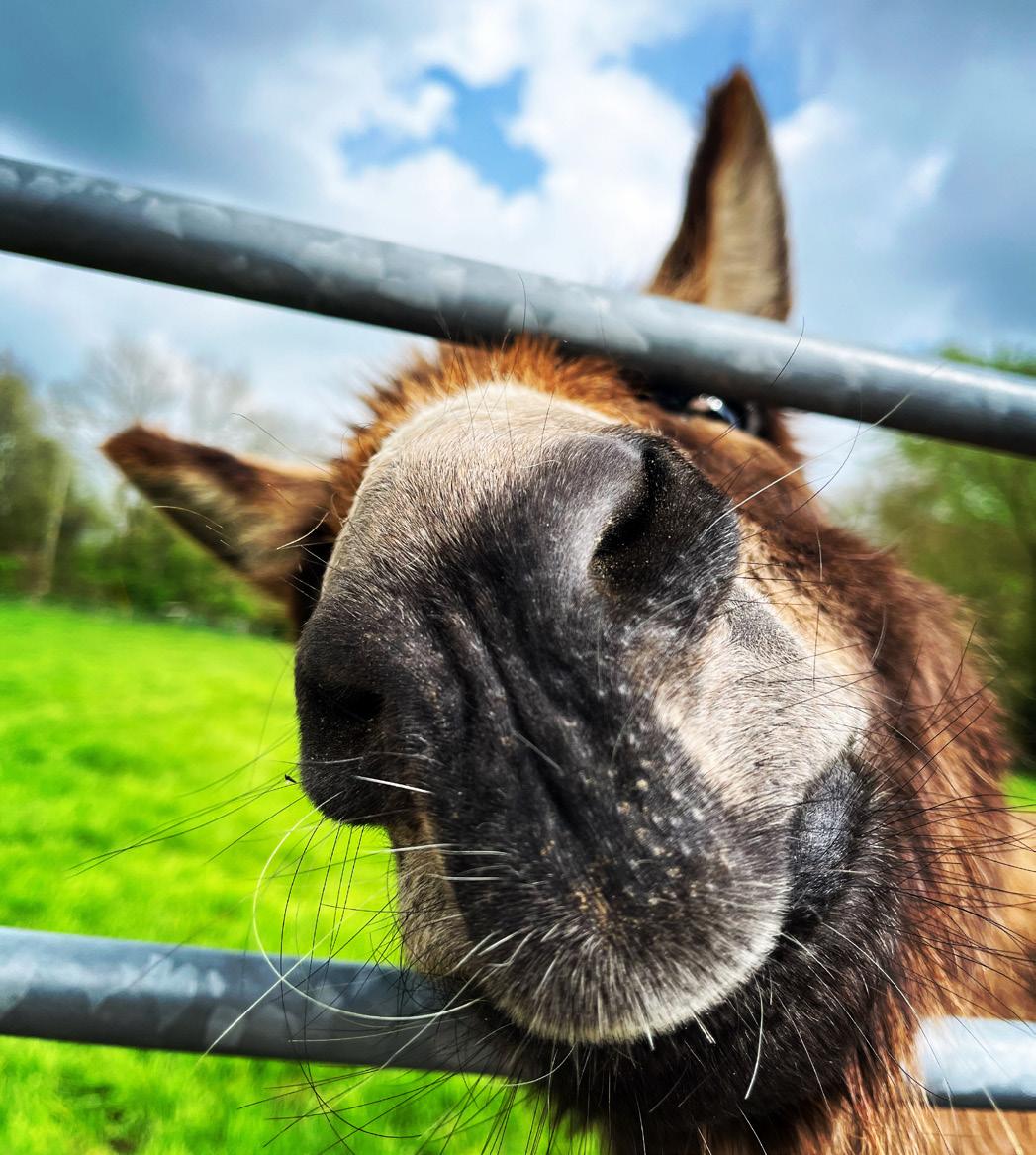
Crossword Simply click to complete on your tablet, computer or phone - or there’s a download option if you prefer pen and paper.



Jigsaw
If you’re a keen puzzler you’ll love this month’s jigsaw – so pretty, but also SO dastardly. It’s a tricky one. Just click to complete! If you get stuck, there’s an icon at the top of the screen which reveals the completed picture for you to refresh your memory.
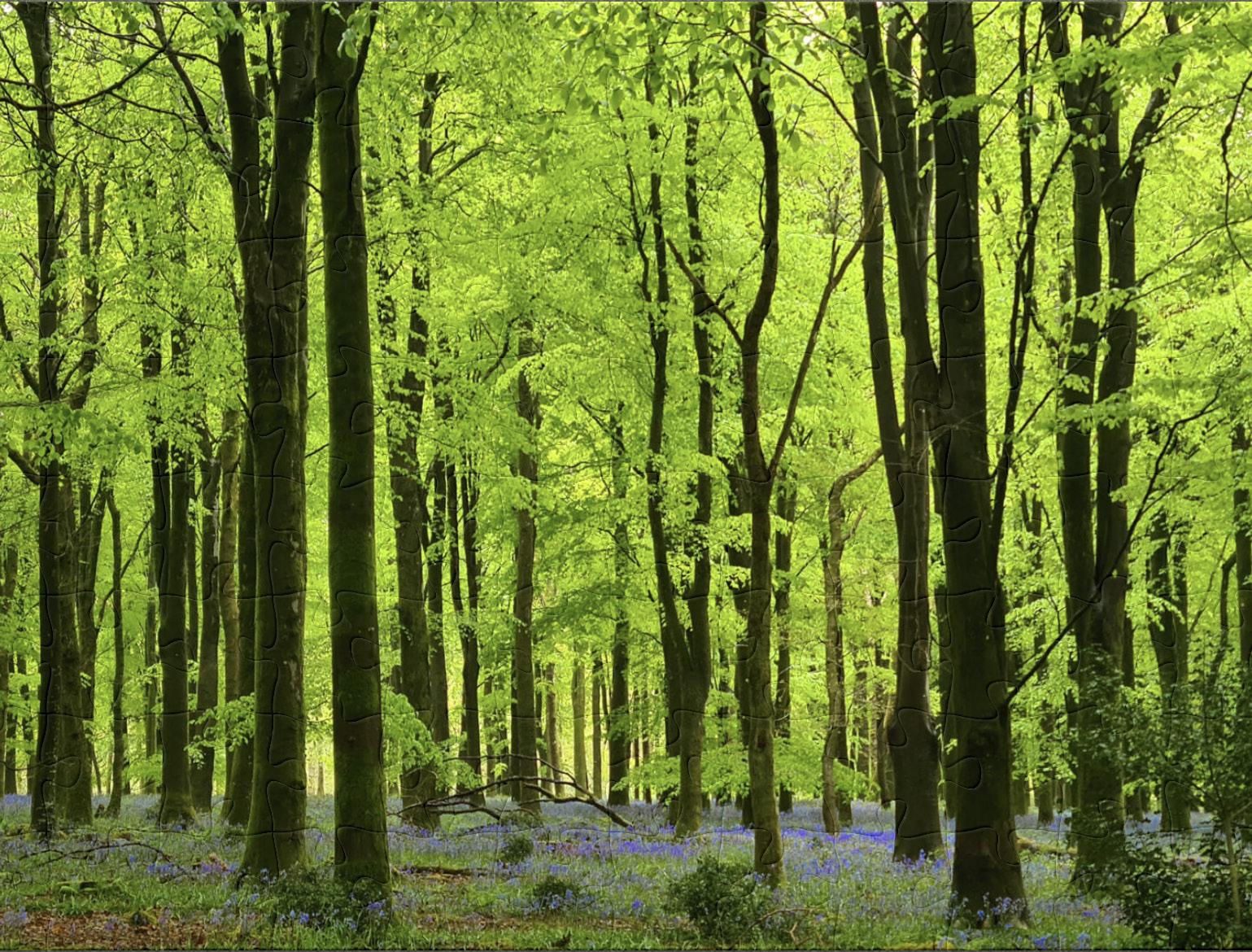
A local expert from Citizen’s Advice provides timely tips on consumer issues. This month:
Q:“ I recently started a new job which I enjoy, but my boss has told me I’ll have to work on bank holidays. This was never the case in my old job. Can my employer really make me work on a public holiday, and should I get paid extra if I do?”

A:Congratulations on the new job and wonderful to hear you’re enjoying the work. Unfortunately, when it comes to bank holidays, whether or not staff have to work is up to their employer, and you don’t have to be paid more if you do. The situation will vary from job to job and may depend on a number of factors such as whether your place of work is open on bank holidays, your hours of work and – crucially –what your contract says. Take a look at your contract, if you have one, to find out what your personal situation is. Your contract might say you will always get bank holidays off, you may sometimes be required to work them or it might say you will always be required to work. If your place of work is normally open on a bank holiday, you’ll probably be asked to work at least some of them. But if your contract says you get bank holidays off you shouldn’t be asked to work.
Your contract might say something like: “In addition to bank and public holidays, your annual entitlement to holidays is X days” – this means you get public holidays off in addition to your annual leave entitlement – but it might not mean you’re entitled to take the specific days
off. You may be required to work a bank holiday, in which case you should get another day off instead. Alternatively, it might say something like: “Your annual holiday entitlement (inclusive of bank and public holidays) is X days” – this means you have to take bank holidays off as part of your annual leave entitlement. Bank holidays will either be deducted from your annual leave allowance (so you’ll have to book all bank holidays as paid time off) or they will be counted as additional holiday days.
A common misunderstanding around bank holidays is that employers have to pay you extra for working them. This is not the case. Unless your contract says you’ll be paid extra, you will just be paid your normal amount. If your contract says you are
entitled to bank holidays off but you’re asked to work, you should be able to take a different day off in lieu. Your employer has to follow what’s set out in your contract. If they don’t, you should raise this with them.
If you don’t have a contract, the legal default position is that your employer can tell you when you can or can’t take time off.
If you’d like to request a bank holiday off, use the normal method for requesting time off.
If you find you need to resolve an issue with your employer, first ask for an informal chat, where you can raise your concerns.

If this doesn’t get you anywhere, you may need to raise a formal grievance – if you need help or advice on this contact your local Citizens Advice.



The Dorset County Show has successfully raised £8,960 to support two local farming charities, with both the Dorset Farming Community Network (FCN) and the Dorset branch of the Royal Agricultural Benevolent Institution (RABI) receiving £4,480 each. The funds were collected through two events: an annual tractor run and a special charity night at the show.

Show Chair Nicki Ralph presented the cheque to Rebecca Hill and Steve Cove, who were thrilled
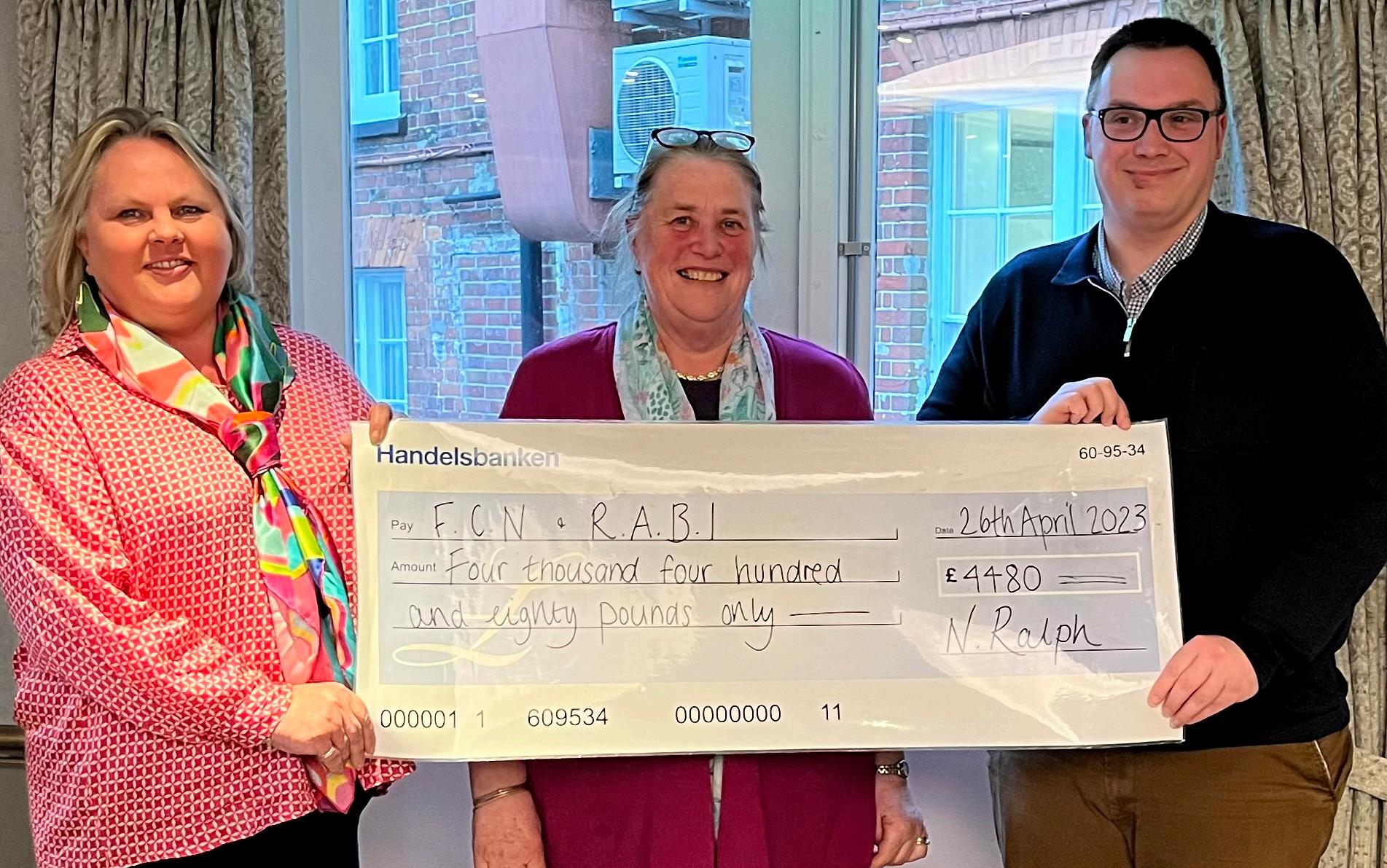
with the outcome. Rebecca, representing Dorset FCN, expressed immense gratitude to the Dorset County Show and explained that the funds would be used to assist farmers and their families throughout the region. FCN is a vital charity that provides one-on-one support for farmers and their families during times of crisis, addressing issues such as suicide threats, depression, illness, family disputes, and financial struggles. Rebecca emphasised the crucial role played by the
Dorset County Show in funding FCN’s efforts, stating that their work would be much more challenging without such generosity.
Mental health support
Steve Cove, who represented the Dorset branch of RABI, remarked that the substantial sum raised would greatly assist farming families in need. Founded in 1860, RABI offers guidance, financial support, and practical care to farming individuals across generations. Steve cited an increased need for mental health support identified through RABI’s ‘Big Farm Survey’ and highlighted RABI’s efforts to provide training and a confidential helpline to farmers and other businesses.
Dorset County Show is scheduled for Saturday 2nd and Sunday 3rd September and anticipates drawing 60,000 visitors with a variety of new and exciting attractions for 2023. The event’s chosen charity for 2023 will be announced soon.



Throughout history, its sweet song has inspired musicians, writers and artists from Germany, France and Italy to Greece, Ukraine and Korea. Conservationist, renowned musician and folk expert Sam Lee tells the story of the nightingale, revealing in beautiful detail the bird’s song, characteristics and migration, as well as the environmental issues that threaten it.

In this beautiful and thoughtprovoking blend of nature and travel writing, Patrick Galbraith sets off across Britain on a journey that may well be his last chance to see some of our disappearing birds. A story about going in search of the people who are trying to save our birds, as well as confronting the enormity of what losing them would really mean.

Frieda Hughes rescued a baby magpie, the sole survivor of a nest destroyed in a storm – and embarked on an obsession that would change the course of her life. As the magpie, George, grows from a shrieking scrap of feathers and bones into an intelligent, unruly companion, Frieda finds herself captivated – and apprehensive of what will happen when the time comes to finally set him free.

Singing Like Larks opens a rare window onto the ancient song traditions of the British Isles, interweaving mesmerising lyrics, folklore and colourful nature writing to uncover the remarkable relationship between birds and traditional folk music. It’s an account of one young nature writer’s journey into the world of folk music, and a joyous celebration of song, the seasons, and our love of birds.
Join us for an illustrated talk with author Jon Woolcott (see review opposite)
Listen to Jon and his personal, detailed and idiosyncratic look at Dorset, at the subversion, rebellion, revolt, wealth, poverty and ghosts which lie behind the tourist-friendly façade
22nd June, 6.30 for 7pm
Venue: Winstone’s, Sherborne Tickets £2 (including a complimentary glass of wine!)
By exploring the county’s quirky, unconventional stories, Jon Woolcott urges readers to experience Dorset with fresh eyes.
‘Please don’t use Real Dorset as a guidebook. You’ll get lost!’ As he starts his talk at the launch of his new book, Jon Woolcott says: ‘It isn’t a guide to the best pubs in Dorset, either,’ he adds, ‘though I have included a few ...’ Jon Woolcott has an obsession with ‘all things Dorset’. If you meet him, he readily admits it. So when I bagged a ticket to the sell-out launch event for Real Dorset at Folde in Shaftesbury, I was intrigued to hear about some of his discoveries. It is soon obvious that Jon’s Dorset is very much more interesting than the popular ’sea, sand and Hardy’s Wessex’ image.
Real Dorset starts conventionally enough, divided as it is into five sections; north, south, east, west and central. But that’s where convention ends and discovery of the weird and wonderful – and just plain fascinating – begins. From the spicy ‘comings and goings of the artistic set at Crichel’, spy scandals on Portland, and 1950s nostalgia at the Model Town in Wimborne, tasty morsels jump from every page. What I loved most, though, and what kept me reading to the very end, was Jon’s mastery of storytelling.
Real Dorset out in the wild (sitting in the Little Toller bookshop window in Beaminster...)
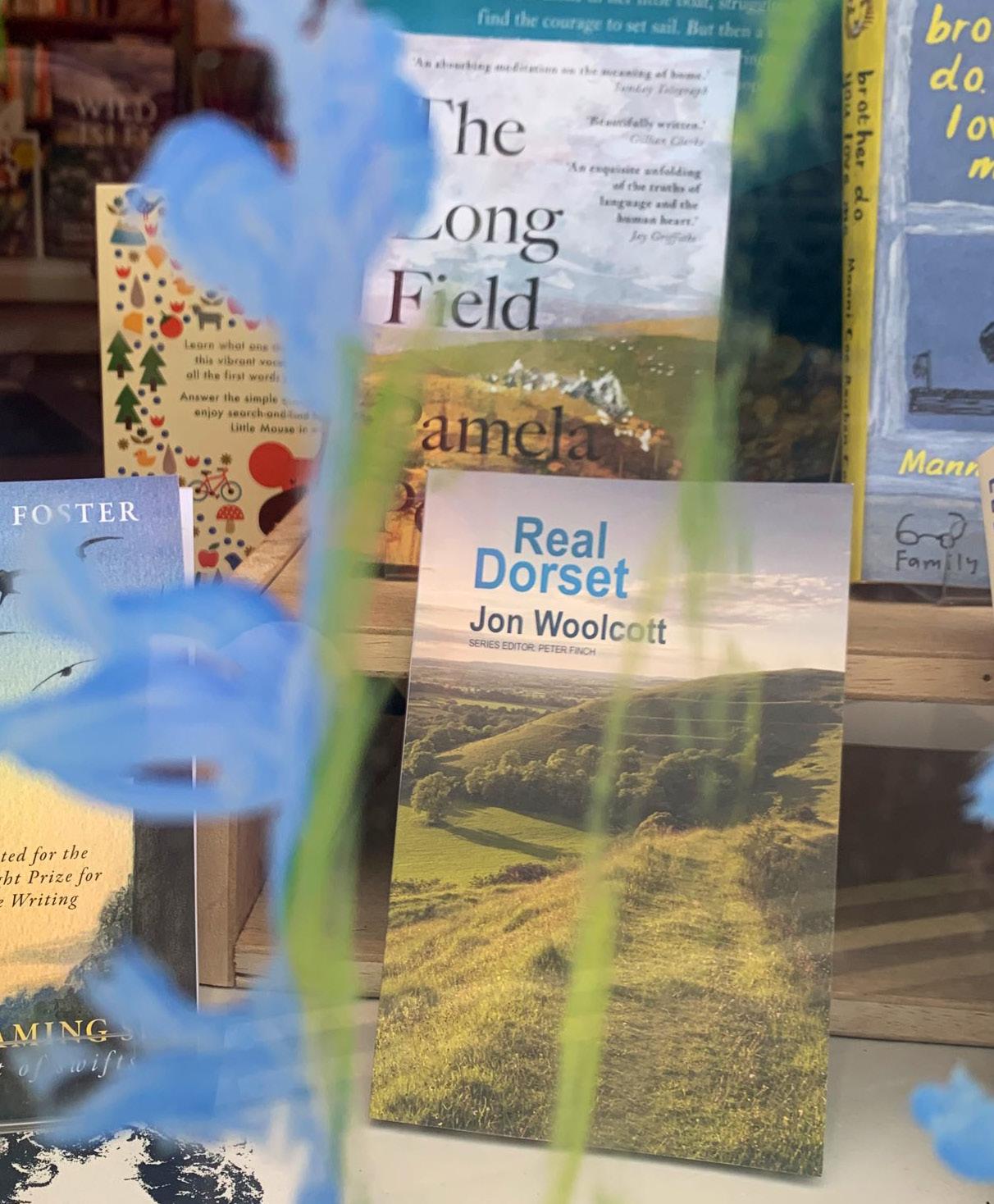 By Jane Adams
By Jane Adams
Real Dorset isn’t a dull ramble through country lanes, villages and towns. Instead its stories are full of humour, unexpected details and an engaging quirkiness. Whether you read Real Dorset in one sitting, as I did, or dip in and out, you can’t help but feel you’re there, walking with the author, seeing Dorset with fresh eyes. However, I strongly disagree with Jon on one point.
I’m definitely using it as a guidebook. Getting lost in Jon Woolcott’s ‘real’ Dorset, surrounded by music, ghosts, pirates, rebellion and revolt, has frankly never seemed more appealing.
• Real Dorset was published in April 2023 by Seren Books, and is available not just in Little Toller Books but in all good local indie bookshops and also online.
Spending time in nature can be beneficial for supporting your wellbeing. It can help improve your mood, reducing anger or stress, and taking part in activities outside, such as gardening, allows your mind to focus and relax.
In addition, gentle exercise can help support your physical health – reducing the risk of high blood pressure, heart disease, diabetes and other chronic medical conditions.
Community allotments are spaces which enable users to connect with others, helping reduce isolation. Feedback from Dorset Mind’s ‘Eco in Mind’ support programme, delivered at several sites across the county, shows the amazing impact of gardening and ecotherapy in providing support for participants:
‘I am really struggling to leave the house at the moment but when I get to sessions they really help, and I feel it is a safe place to come’ – February 2023
‘I was in tears before attending and left feeling happy. Focusing on nature-based art has helped lift my mood’ – November 2022
‘Since attending sessions, I feel a greater sense of being able to cope with my week. After the sessions, I feel uplifted and grounded. I’m learning and it is really helping me each week’ –March 2022
Dorset Mind is expanding its ‘Eco in Mind’ ecotherapy programme to reach even more people who need their mental health support. Local allotments will host charity groups to support Dorset residents.
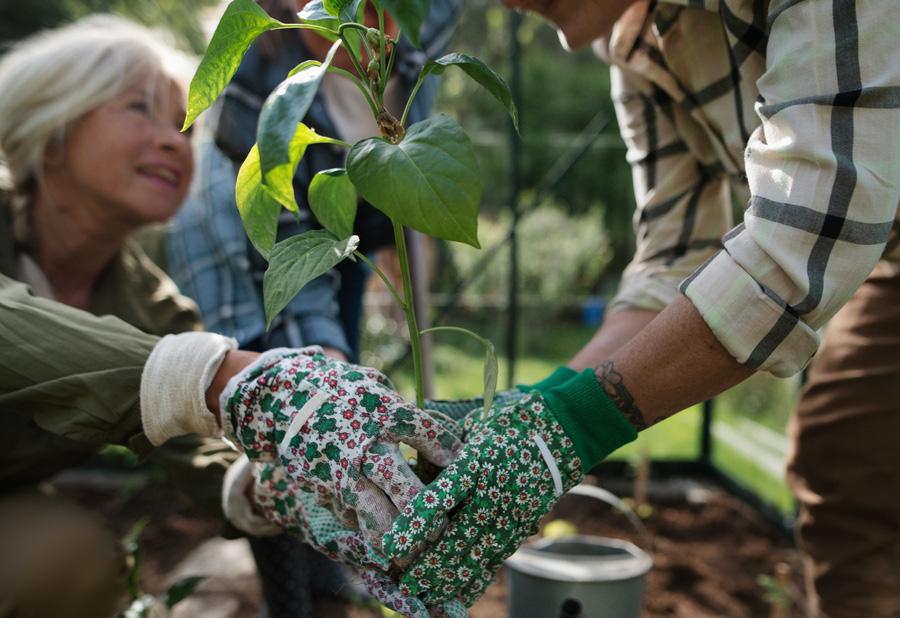
People are encouraged to selfrefer, but can also be referred by a health professional.
On Mondays, Dorchester continues to host sessions for young people from a local secondary school, with a mixed adult group later in the morning. On a Thursday, Dorchester sessions include a mixed adults art and plant session and a session supporting more young people. There is a new third session for paramedics, NHS, and blue lights staff.
‘Eco in Mind’ is offering a new session in Shillingstone, at the Yellow Bus Project, supporting adults with their mental wellbeing by growing fruit and vegetables to give to the local food bank. These sessions will run on a Friday morning.
Dorset Mind has announced new sites in Shaftesbury to support patients at a local
medical centre, in conjunction with Blackmore Vale Partnership and Shaftesbury in Bloom, with sessions to also run on Fridays.
If you don’t have access to a garden or allotment space, you can still enjoy the season’s produce. Baking and cooking are also mindful activities that support your wellbeing. Rhubarb is still going strong –why not bake a heart-warming crumble? You could also connect with nature simply by going to a local Pick Your Own farm. We are lucky in Dorset to have easy access to enjoy such a rich variety of environments, from our thickly-hedged farmland to our ancient woodland, the precious chalk downlands and of course the beaches in south Dorset.
Find out more about the Eco in Mind programme on dorsetmind.uk or email ecoinmind@dorsetmind.uk for questions relating to volunteering or accessing this service.


Every internet ‘expert’ has an opinion on protein. Nutritional therapist Karen Geary has the facts – and why you mustn’t ignore protein as you age
I gained a few pounds over the winter, so I have turned to my favourite appetite suppressant; protein. I also want to delay frailty in older age for as long as possible, so I’m eating more in order to increase my muscle mass (and I have recently increased my resistance training for the same reason).
Protein is derived from the Greek word ‘proteios’, which means primary. The 20 amino acids that make up protein are the building blocks of life. It is needed for the building and repairing of tissues such as muscles, bones, skin and hair, producing enzymes and hormones, supporting immune function and providing energy. In the internet world, there are protein zealots who like to tell you how much protein you should be eating – normally alongside a product they’re selling! There are the gym bunnies, who like to go very high, and certain segments of the longevity crowd who often advocate low to moderate*. So who is right?
The current recommended daily intake of protein is 0.75g per kilo of bodyweight. If you weigh 60kg, that’s about 45g of protein a day. However, this is a minimum requirement to prevent deficiency; it is not enough to support optimum health. The amount you personally need depends on various factors –age, sex, weight, height, activity, health status etc.
People at risk of protein deficiency are vegans and vegetarians (who often do not consume enough protein-rich
plant resources), and the elderly. To delay frailty, the International Association of Gerontology and Geriatrics recommends a protein intake of 1.0-1.2g per kilo of body weight to prevent muscle loss and maintain physical function; that’s 72g of protein a day using my 60kg person example. A palmful of protein for each meal should roughly get you there; perhaps Greek yogurt for breakfast, two eggs for lunch and a chicken breast for dinner. You can check your current intake using apps such as Cronometer or MyFitnessPal.
Most people don’t need to worry about eating too much protein. You need to eat more than 3.7g per body kg per day before it places too much stress on healthy kidneys!
Vegans need to take extra care to consume a variety of protein-rich foods. Some good combinations include beans and rice, hummus and wholemeal pita, tofu with quinoa and lentil soup with wholemeal bread. Please don’t ignore protein!
Top sources of protein (in order) per 100g:
• Whey protein isolate is 90 to 95 per cent protein
• Chicken breast (30g)
• Turkey breast (29g)
• Fish (26g)
• Beef (26g)
• Pork (25g)
• Seitan (25g)
• Eggs (13g)
• Edamame (11g)
• Cottage cheese (10g)
• Greek yogurt (9g)
• Lentils (9g)
• Tofu (8.5g)
• Chickpeas (8g)
• Black beans (8g)
• Quinoa (4g)
• Chia (4g)
• Milk (3.3g)
• Hemp (3g)
* based on mouse studies. We are not mice.
May is such a glorious month – longer and brighter days, gardens full of colour and life ... and hopefully some warm sunshine too! This year it also sees three bank holiday Mondays! Perhaps you are organising or attending a street party this month in honour of the King’s Coronation, or perhaps you are just taking a moment to enjoy what has felt like looooongawaited warmth from some sunshine. Whatever your reason for a celebration (and really, you don’t need a reason at all), here are some delicious crowd-pleaser cupcakes for you: simple to make, full of flavour and just a little bit of decadence – fit for a coronation.
Ingredients (makes 12 cupcakes)
For the cupcakes
• 170g butter
• 170g caster sugar
• 3 eggs
• 170g self raising flour
• 2 lemons
• lemon curd*
Method
For the meringue
• 2 egg whites
• 200g caster sugar
• 80ml water
1. Pre heat the oven to 170º fan/Gas 6. Line a muffin tray with 12 cupcake/muffin cases.
2. In a large mixing bowl or stand mixer, beat together the butter, caster sugar and the zest of the two lemons until pale and fluffy (this takes about two minutes in a stand mixer and about four minutes when mixing by hand).
3. Add in the eggs one at a time, beating well between each egg.
4. Slowly mix in the flour, being careful not to knock too much of the air out of the mixture.
5. Spoon the mixture into the cupcake cases, distributing the mixture evenly between all the cases.
6. Bake for 15 to 20 minutes until the cupcakes are beginning to brown on top and when gently touched, they spring back. Leave to cool.
7. When the cakes are cold, remove from the tray. Carefully cut off the centre from the top of the cupcakes, making a little dip in the top of each one. Using the two lemons that you zested for the sponge mixture, squeeze lemon juice over the tops of all the cupcakes. This helps keep the cakes lovely and moist. Spoon lemon curd into the little dip you just made in each cupcake.
8. To make the meringue, put the egg whites in a clean and dry stand mixer or large bowl.
9. Put the water and the sugar in a small saucepan. Swirl them together – don’t mix after this point. Turn the heat to high and heat the sugar and water together until they reach 116ºC. If you don’t have a sugar thermometer, then this temperature is just before the sugar water starts to colour brown so watch the mixture closely until you can begin to see it brown.
10. Take the sugar water off the heat. Beat the egg whites until they thicken and form stiff peaks. Keep beating as you drizzle the hot sugar water slowly into the egg whites, turning it into a thick and glossy meringue mixture.
11. Pipe this onto the cupcakes, or you can use a spoon. If you have a kitchen blowtorch, you could gently scorch the tops too.
*Lemon curd: ordinary shop-bought simply isn’t great. Many local producers make delicious lemon curd, just as good as homemade. But it’s simple to make, so why not use the egg yolks left over from the meringue and make your own?
Simply add the zest and juice of one lemon, 60g butter, 85g caster sugar, 2 egg yolks, 1tbsp cornflour into a pan and heat over a medium heat, stirring continuously until the mixture thickens and starts to bubble. Once bubbling, cook for 2-3 minutes more, constantly stirring (otherwise it will stick to the pan). Take off the heat, pour into a bowl or jar and leave to cool. That’s it!
 Heather Brown is a food writer, photographer and stylist. A committee member of The Guild of Food Writers, Heather runs Dorset Foodie Feed, as well as working one-to-one with clients.
Image: Heather Brown
Heather Brown is a food writer, photographer and stylist. A committee member of The Guild of Food Writers, Heather runs Dorset Foodie Feed, as well as working one-to-one with clients.
Image: Heather Brown
More than a butcher – Rachael Rowe highlights Else’s vibrant barbecue, hog roast and catering enterprise celebrated for its exceptional quality
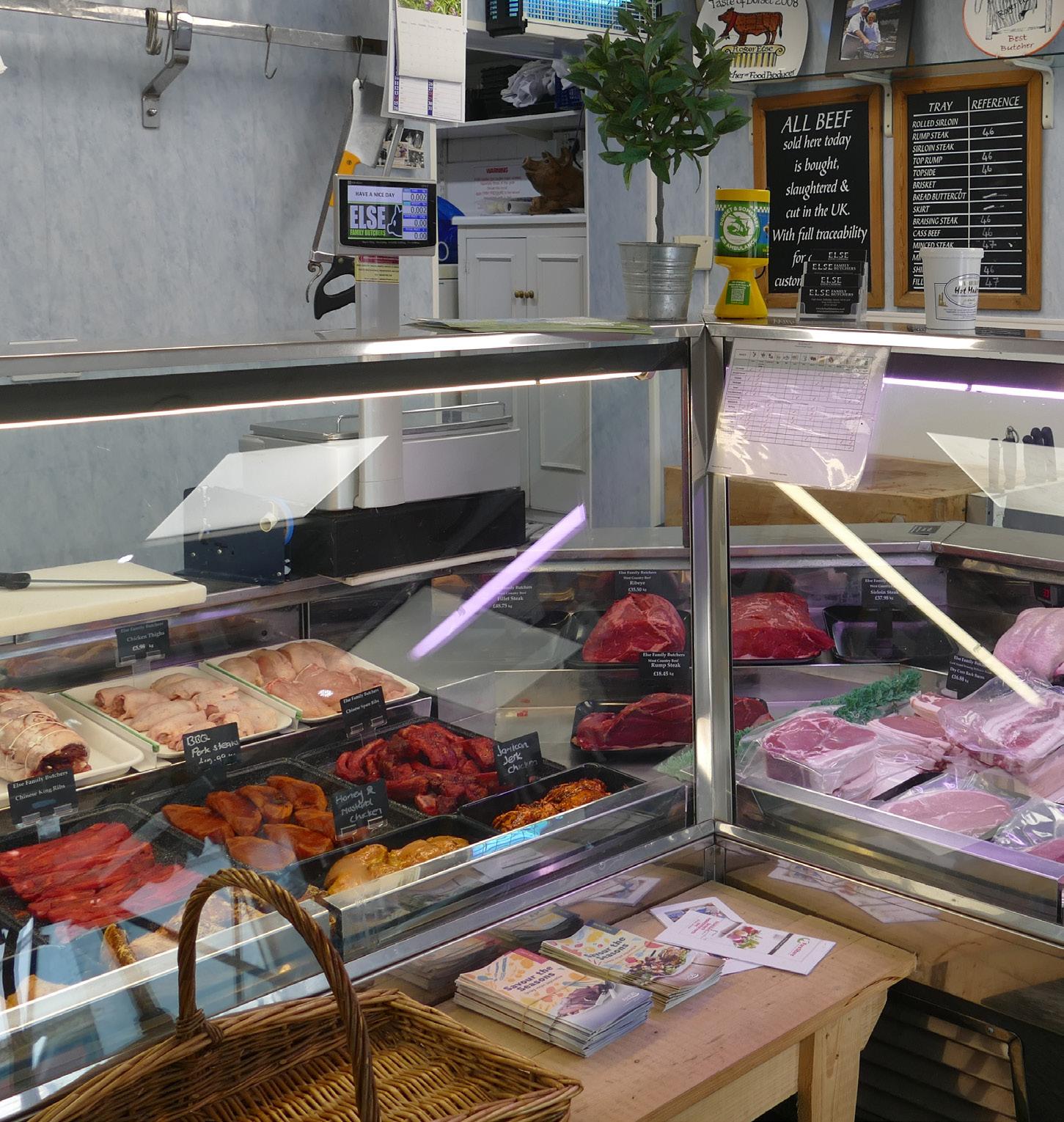
Roger Else opened Else Family Butchers on Stalbridge High Street in 1994. Roger’s son Julian and his wife Heidi added a successful outdoor catering side to the butchery 20 years ago, with hog roasts, lamb roasts, barbecues and also sit-down meals for both private and corporate clients. They took over the family business in 2012. ‘Obviously the butchery has always sold barbecue foods,’ says Julian. ‘We’ve recently taken things a step further. Broil King is an American company selling gas, pellet and charcoal barbecues. We’ve started doing demonstrations for them and selling their range. I also give butchery talks for them.’

An impressive barbecue is set up inside the shop, complete with a range of accessories – with the number of bank holiday celebrations this month, this feels like smart marketing.
Butchery and barbecue
Julian says the barbecue standards are his year-round
bestsellers – the homemade sausages and burgers don’t wait for barbecue season.
‘But we’ll do a lot of marinades and barbecue packs between now and the autumn.
Our ‘3 for £10’ range is always very popular, and we people love our steaks (all hung for a minimum of 28 days). In the summer months the Tomahawk steak is massive hit for barbecues, and ribeye is a particular family favourite all year round. With such a barbecue-friendly core range, it just made sense to sell the barbecues, grills and accessories too.’
Coincidentally, the BV team members – all attending
separately – opted unanimously for an Else’s hog roast pork roll for lunch at the recent Spring Countryside Show. Else’s are a well-known stand at local fairs and events, and the queue is never short for their soft rolls filled with tender roasted pork, mouthwatering crackling, stuffing and apple sauce. It’s always worth the wait.
‘We have just come back from a weekend of hog roasts at Teddy Rocks, the charity three-day music festival in Blandford.’ says Julian. ‘We do a lot of corporate events, shows and we do private
parties too. And for people organising their own catering we have the supplies instead –for the coronation weekend, for example, we have a brilliant barbecue pack and 10 per cent off our sausages.
’It’s a simple formula, you just start with the right basic ingredients. For us on the hog roast, that’s locally-produced free range pork. We get ours from Prestige Pork in Taunton. Our lamb is from Thornhill Farm here in Stalbridge. We have west country beef and the bacon comes from Wiltshire. You
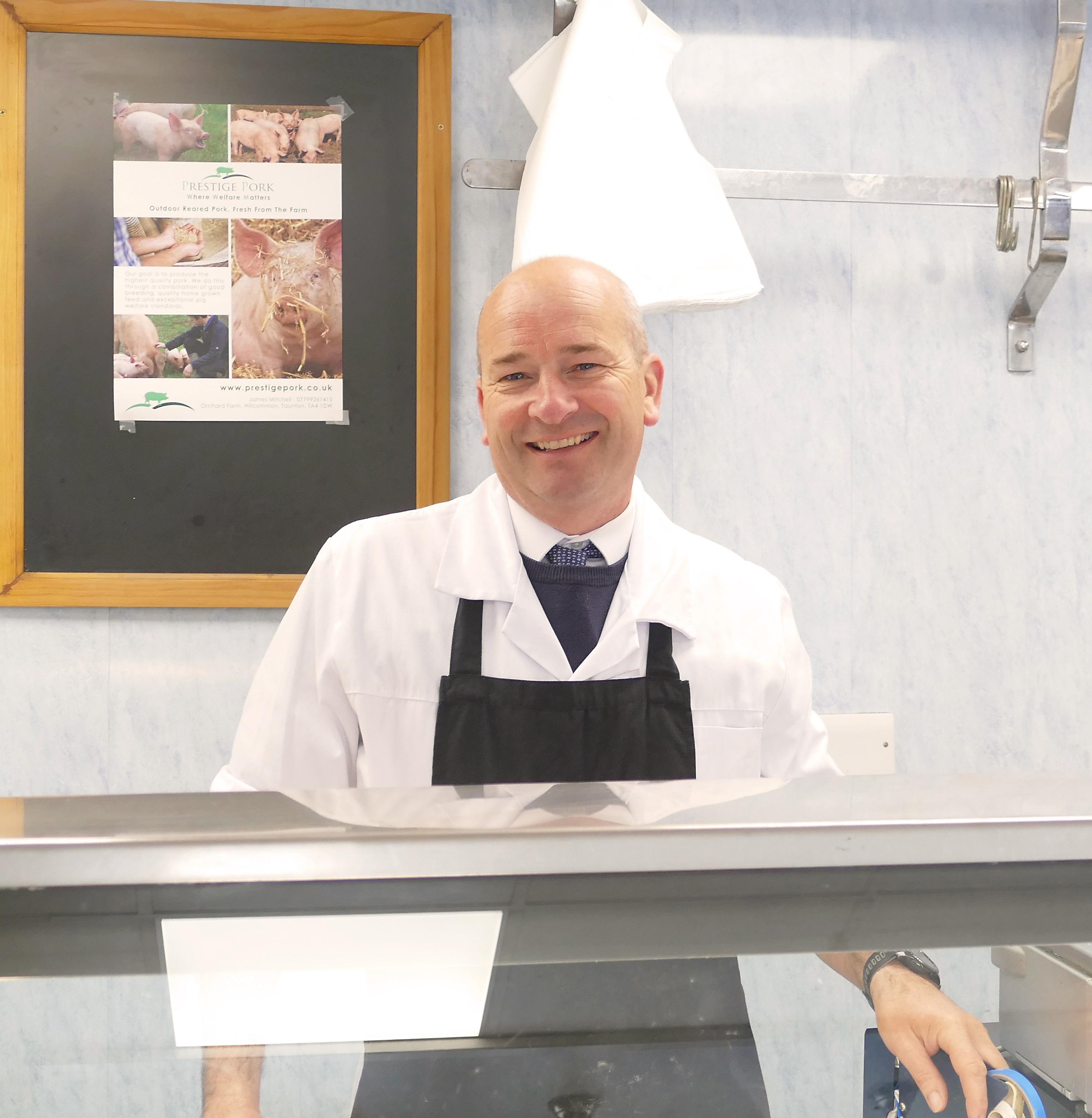
can’t expect less from a butcher supporting local farmers.
‘The charcoal for the barbecues is ethical and local too, from Dorset Charcoal (see this month’s A Country Living to learn more).
Looking at the challenges of the business since he took over, Julian says simply staying put has been the most difficult.
‘It is hard to remain on the high street as an independent butcher, with all the competition. People have cut back for sure, everyone’s shopping to a budget now of course. But I would say that people should look at the price per kilo instead of the final price you see in a supermarket. It’s sometimes cheaper in your local butcher’s shop – and you always know exactly what you’re buying! COVID was really good for us, actually, because people had slowed down. They were taking the time to shop locally.
‘We’ve worked very hard over the last 30 years. When you hear
Else’s year-round bestsellers are their homemade sausages and burgers
the Else name, people associate it with quality food and good service. I’m proud of that. Along the way I’ve had the opportunity to work with my dad – not many people are that lucky.
I’m also really proud of the way
Heidi and I work as a team. Since she joined me she’s really taken the catering to the next level. But it’s the whole team that really makes us what we are –right down to the event servers and those handing out hog roast rolls in a windy field. Our reputation is built by every single member of the team; great service is so important to us. We don’t advertise, all our business is through recommendations.’
Else Family Butchers, High Street, Stalbridge elsefamilybutchers.co.uk
See latest news and offers on Facebook: Else Family Butchers

If you’re not a local to Stalbridge, Else’s also supply some local village shops:
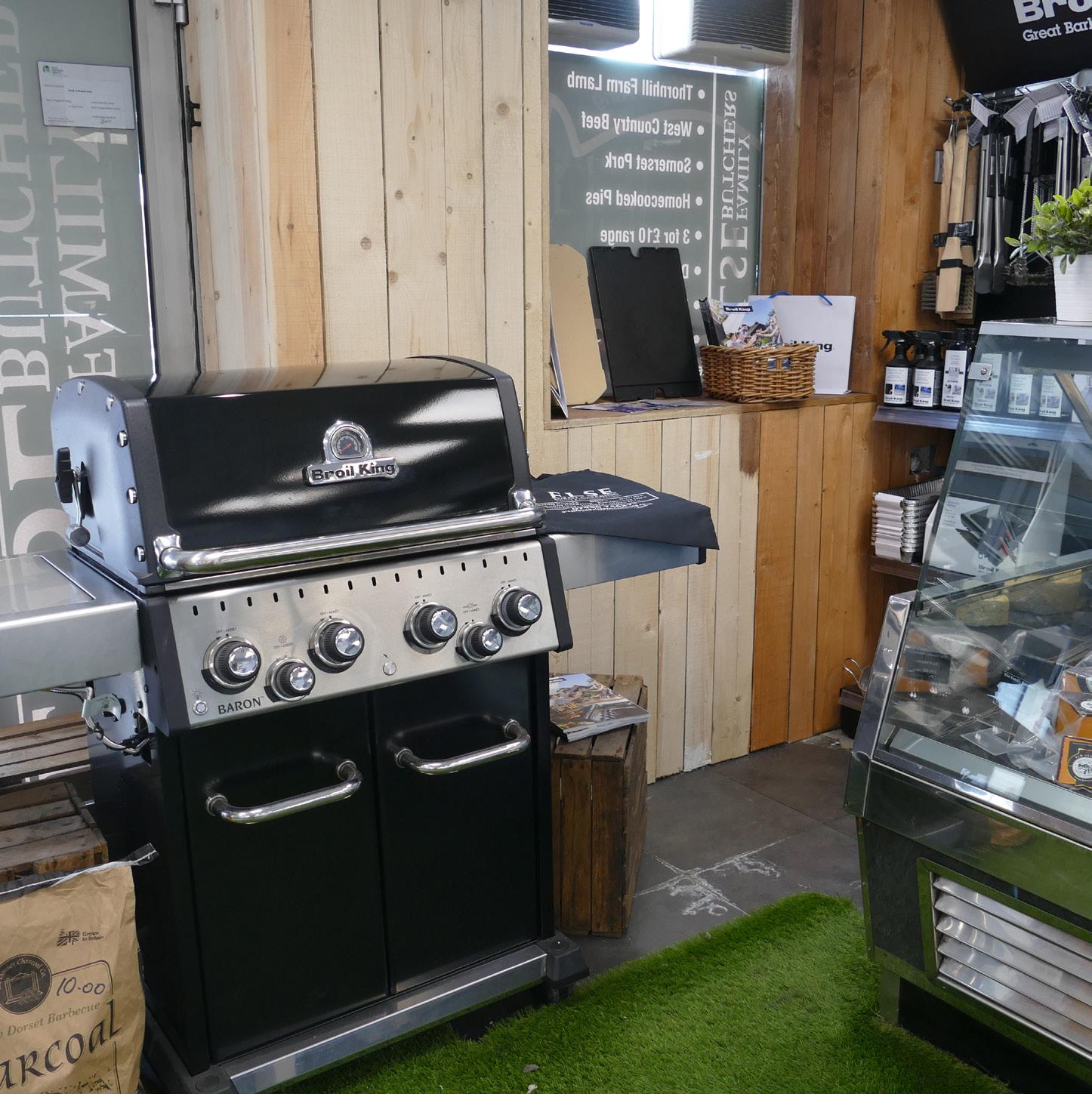
• Okeford Fitzpaine Village Stores
• Old Chapel Stores, Buckland Newton
• Brewery Farm Shop, Ansty
• Robin Hill Stores, Marnhull
• Child Okeford Village Shop
• Red Barn, Hazelbury Bryan

There’s a sign on the wall in the Yellow Bicycle Cafe telling customers that there is no WiFi. Instead, people are encouraged to talk to each other. It sums up the positive vibe of one of Blandford Forum’s most popular eateries. Owner Steve Bell tells The BV his story.

What brought you here?
We’ve been here for nine years now. Nine years on 1st March! My first catering business was in South Wales in 2007, after 15 years in the fitness industry. I wanted to turn my passion into a business and there was nothing left for me in the fitness world – it wasn’t possible to get promoted any further.
I started out with a converted VW camper and I did festivals for three summers. Then I set up a cafe in South Wales, and then I came here to Blandford Forum. My criteria was that it had to be within 30 minutes of home and it had to be somewhere with a regular customer base. In coastal areas, you get a lot
of seasonal variation but here there are a lot of regulars, which is easier when managing a business. We see our regulars week in week out.
The cafe is open plan and that’s deliberate – it means we can chat to the customers. If someone is on their own, we can talk to them as we’re preparing the food. And with an open plan design there’s no hiding place. You can
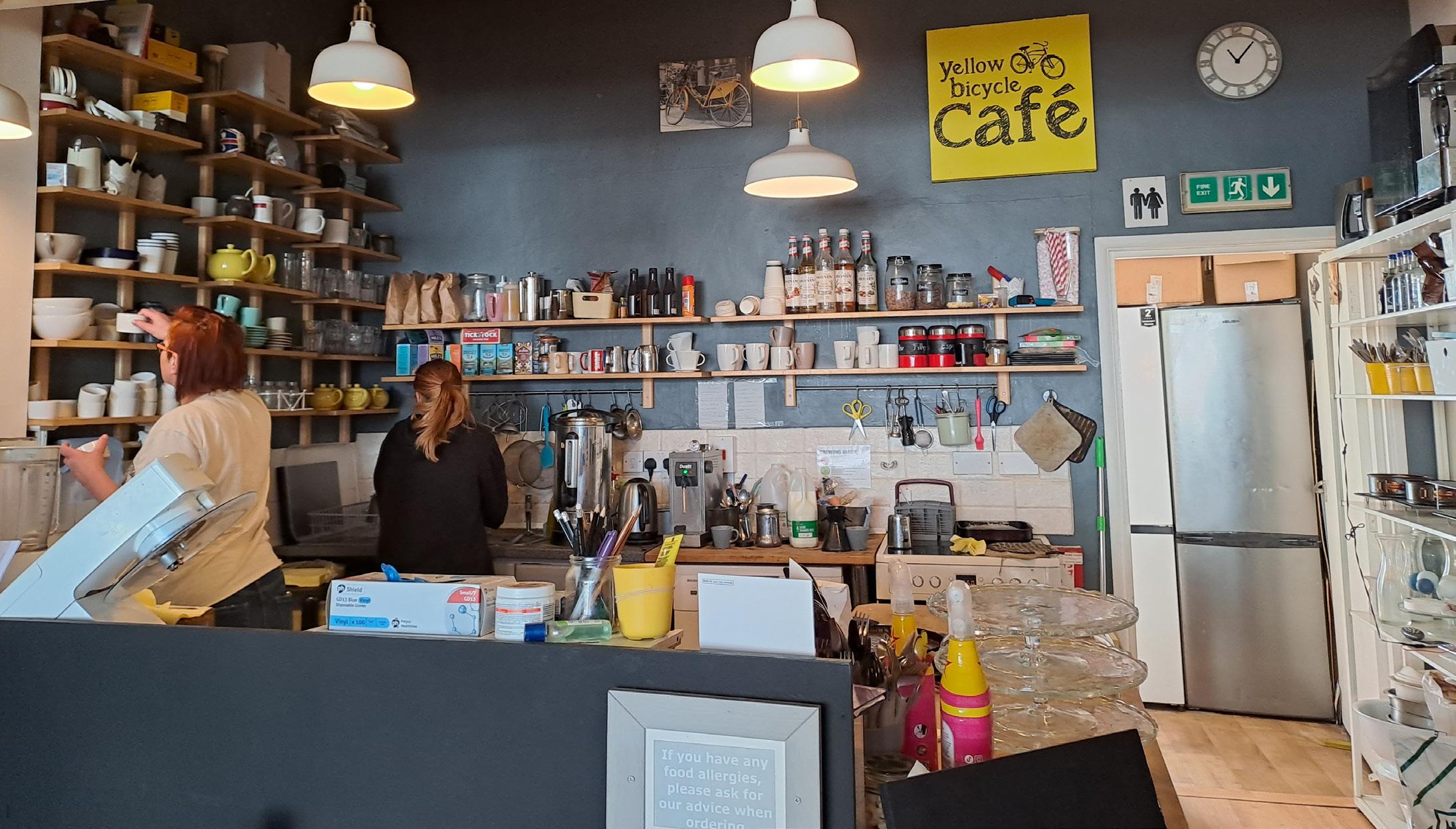
see what the customers are thinking when they eat the food. I’d hate to be a chef stuck out the back in a kitchen. We’re just too small for someone to sit working on a laptop for two hours, so the deliberate ‘no WiFi’ policy changes the atmosphere. People interact more.
Why a yellow bicycle?
There’s actually no real story to
it! I’m a cyclist and I wanted the cafe to have two words so it’s easy to remember.
How many are in the team? I have four people plus myself. Rhe makes all the cakes and has her own business, Rhe Bakes. (I was early, but there were already customers enquiring about cake in the cafe)
What flies out of the cafe? It will always be our campfire beans. Our home made baked beans are cooked in a pan with local sausage, and an egg poached on top. It’s covered with local cheddar and served with home made crusty bread. I’d be lynched if that ever came off the menu!
Tell us about your suppliers? One look at the specials menu will tell any customer the food is local. Very local. We get meat from Rawston Farm, game from Dorset Game Larder – that’s on the menu today. And we have locally roasted coffee, ours comes from Poole, Full Circle Coffee. We also have New Forest asparagus, and

cheese from Book and Bucket, Ford Farm and Open Air Dairy near Bridport
What are you most proud of? The fact that we’re still here! The cafe changed a lot in the pandemic. Something I have learned with the Yellow Bicycle Cafe is that you should always be moving forward and should always be better than last year. Also the fact that we have so many regular customers after nine years – it says a lot that they still keep coming here. I’m also proud that I’ve won some awards. In 2020 I won the South West Tourism Award for Cafe of the Year. And in 2018, I was National Breakfast Chef of the Year – I’m now on their judging panel. That got us in the Sunday Telegraph.
I have had no formal training as a chef. I didn’t even call myself a chef until I won that award – and then I felt I deserved it.
And your biggest challenge?
Everything relating to COVID. The permanent changes to hospitality that have come out of it. The main thing has actually
Garlic and rosemary bruschetta topped with pan fried Dorset pheasant breast, Wild Dorset Game sausage patties and mushrooms

been post-pandemic, because the government support stopped, and trying to rebuild the business. I hated the Eat Out to Help Out campaign. We don’t take bookings, so it was hard to say to regulars who never book that they had to.
So what’s next?
I just want to keep moving forward, creating new dishes and using lots of local seasonal produce.
When I started out with a cafe, one of the best pieces of advice I had was from a friend in the catering business: “You’re not a trained chef so cook what you are passionate about and cook it how you like to eat it.”
Find Yellow Bicycle Cafe on Facebook here and follow them on Instagram here (WARNING: both are guaranteed to make you hungry)
Yellow Bicycle Cafe is open Tuesday to Saturday, 10am to 4pm (opens 9.30am on Saturdays) on Salisbury Street, Blandford
We do more than offer a range of options – we provide a clear sense of direction.
Whether you need advice on commercial or private matters, we’re here to help.

In a triumphant week for The Queen’s Arms in Corton Denham, the charming pub has once again secured Gold from Taste of the West – the second consecutive year – and also received a prestigious five-star rating after an anonymous visit from an AA inspector.
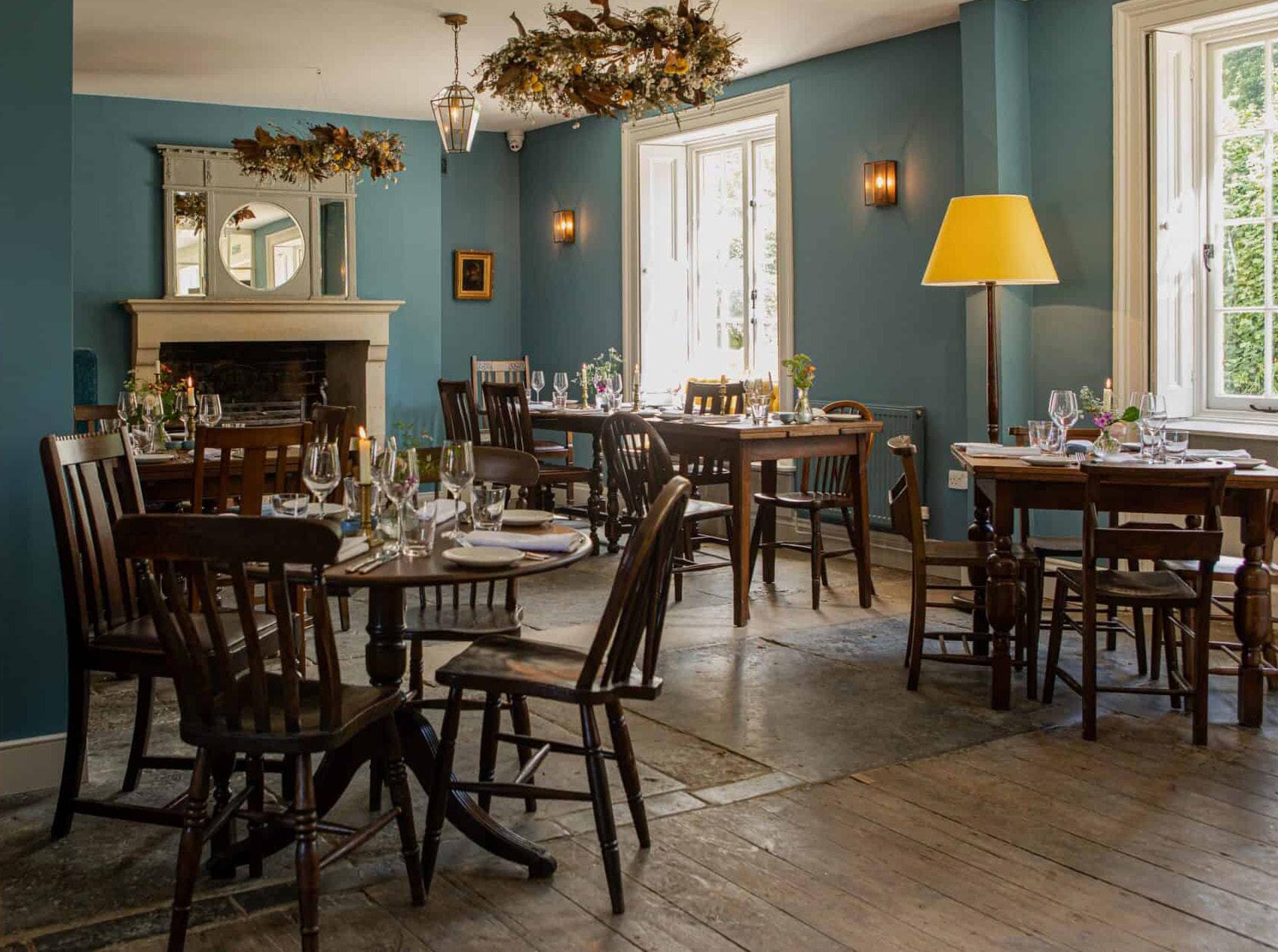
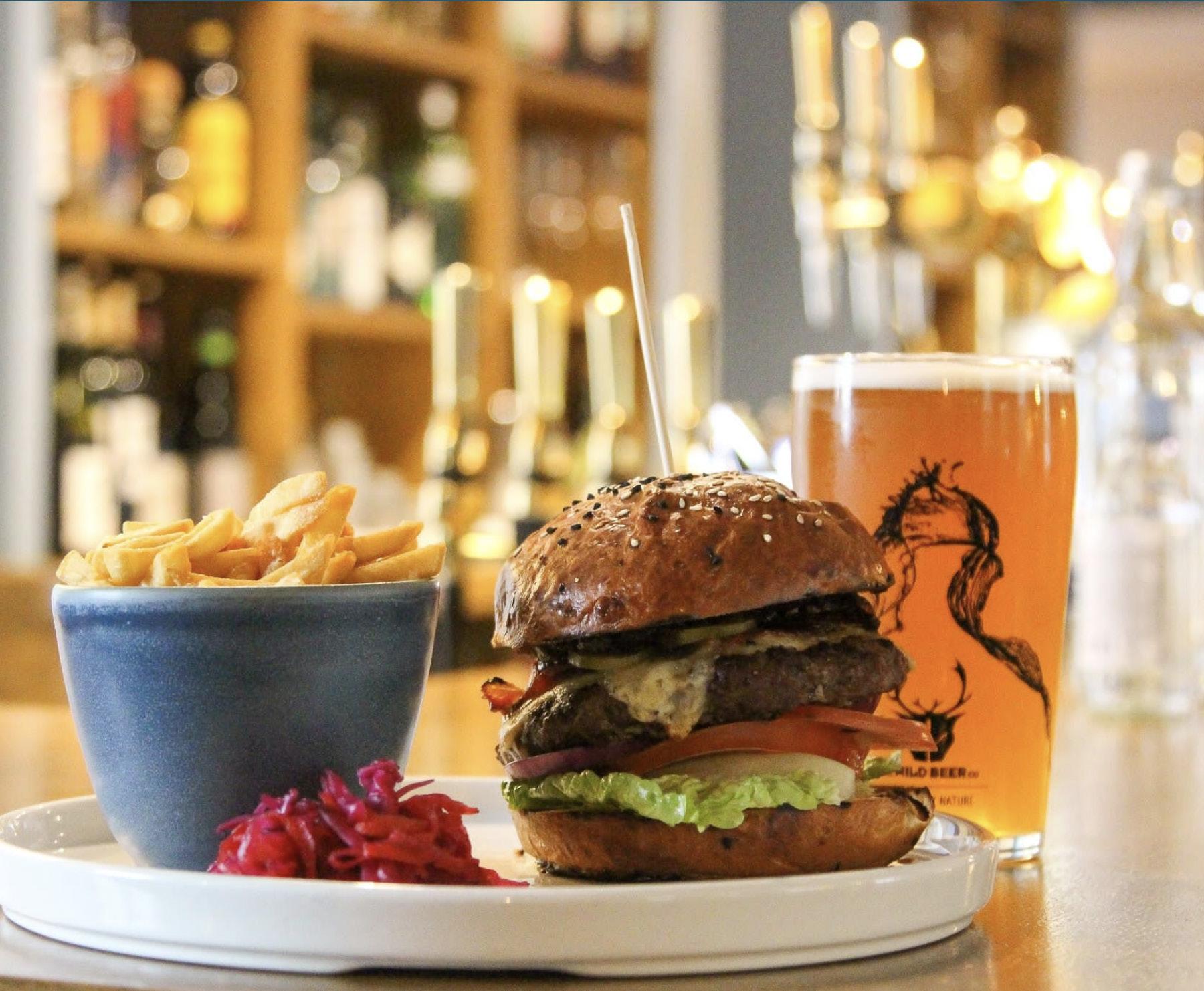
Both the Taste of the West judges and the AA inspector experienced The Queen’s Arms incognito, allowing them to form unbiased opinions of the establishment - from first impressions to staff interactions and, of course, the quality of the food.
The AA inspector praised The Queen’s Arms, stating it was “a pleasure to visit” and admiring the “consistent quality levels throughout.” The inspector highlighted the “personable team,” “enjoyable, accomplished cooking and quality produce,” and the “stylish public areas” that have been tastefully refurbished to maintain character and enhance appeal. Similarly, the Taste of the West judges commended the “very high standard” of service and “high-quality food.” They
remarked that The Queen’s Arms caters to everyone, whether visitors are relaxing with board games or savouring the excellent food. The pub is evidently popular among locals, who visit after walking their dogs, as well as diners seeking a quality dining experience.
Doune Mackenzie-Francis, the director, expressed excitement
over the awards and praised the team for their dedication to delivering exceptional service and food.
The Queen’s Arms, which opened in July 2021 after a lockdown refurbishment, continues to thrive under the guidance of head chef Rich Townsend and food and beverage manager Danny Emney, with sensational seasonal dishes like Castlemead Chicken with wild garlic and hand-crafted bay leaf gin.
• The Queen’s Arms is open seven days a week from 11am to 11pm. Follow thequeensarms. com for more information on upcoming special events, like Fish and Fire on 23rd May (booking is recommended!).
See the BV’s circular walk from Corton Denham here – it’s a great walk, with some amazing views. Do the ten miles and really earn that post-walk G&T!
As we gladly leap into early summer, Caz Richards of Dorset
Food & Drink picks her must-have local foods this month
The 2023 watercress season gets underway almost at the same moment that King Charles III receives his crown! So what better way to celebrate the start of the ‘green’ King’s reign than with lashings of the green stuff that is so good for you?
It’s grown in Dorset and just over the border in Hampshire.
For anyone planning a street party or just celebrations with the family, we’ve got a couple of simple quiche alternatives to the official Coronation Quiche – we suggest that the soggy spinach is replaced with watercress. Try this Green Quiche with Watercress, Leeks & Peas recipe from the Watercress Company. And don’t forget the delicious salads to accompany them; we have one patriotically red, white, and blue and another with a passing nod to the classic Coronation Chicken. You can find the salad recipes here.

Seasonal eaters out there, we thank you, and we at Dorset Food & Drink salute you (with a slice of quiche of course). Remember to eat your greens!
If you’re looking for a non-alcoholic tipple to toast the new King, apple or pear juice are refreshing alternatives to offer your guests. Dorset Nectar Cider offer a lovely range of zingy juices, including a delicious blend of Devonshire Brown, Sweet Coppin and Porter’s Perfection – delicious on their own, or add sparkling water and a shot of Dorset Ginger for an extra kick!
Alternatiovely, try the gorgeous range from Curious Kombucha made by Emma Davies. Kombucha is a fermented tea drink full of probiotics and
prebiotics that promote gut health. It’s mildly effervescent and slightly tart, low in sugar and nonalcoholic.
If you’re looking for an authentic slice of hot Italian summer, then a trip to Bridport may be in order. Ilaria Padovani relocated from Verona to Bridport in 2013 and established Mercato Italiano, supplying the finest formaggi e salumi to customers via a weekly market stall and food events that she imported directly using her Italian contacts. A move meant finally offering customers the ability to experience authentic Napoletana-style pizza (and some of the best coffee in town!). The menu is filled with delicious, hand-crafted, Napoletana style pizzas made with authentic Italian ingredients imported by Mercato Italiano. Margherita Classica? Prosciutto Toscano? Perhaps a Vegano ... there’s something for everyone.
Do book ahead – opening hours are Wednesday to Saturday, 5pm to 11pm (last orders 9pm). Check out the menu and book a table mercatoitaliano.uk
Feeling saucy?
Did you know From Dorset With Love recently launched a new range of sauces? They’re itching to rock your barbecues this summer! Choose from Tomato, Brown, Sweet Chilli, Honey BBQ or Smoky BBQ. You can buy online, but be warned; the BBQ sauces go fast, so maybe stock up if you can! fromdorsetwithlove.co.uk

Whether your planning ahead with a funeral plan or when a loved one passes away, end-of-life care needs to be dependable, compassionate and ethical. With decades of experience, our trusted funeral services are available whenever you need us on 0800 008 6878.

Local to you in:
Frome • Gillingham • Shaftesbury • Warminster





Wednesday 17 May
5PM - 7PM
Drop in and meet the team! Machinery demonstrations, chat with our team members and find out about our current vacancies!

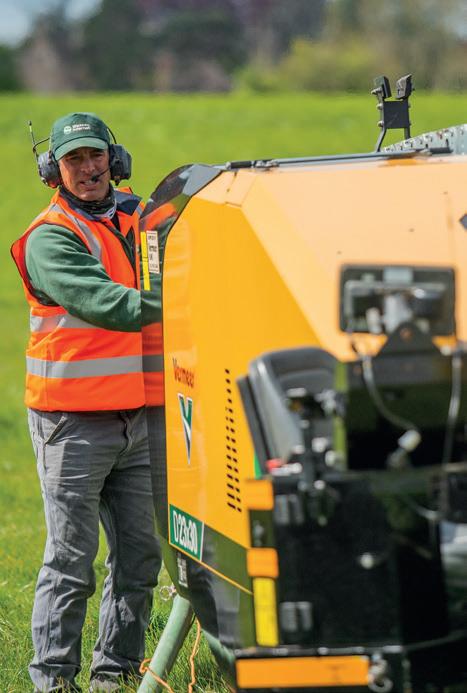
We’re a young, fast-growing business that is proud of our team of homegrown specialists. Whether you want to step up to lead a team, or expand your skills in a new area, we’ll help you reach your potential.
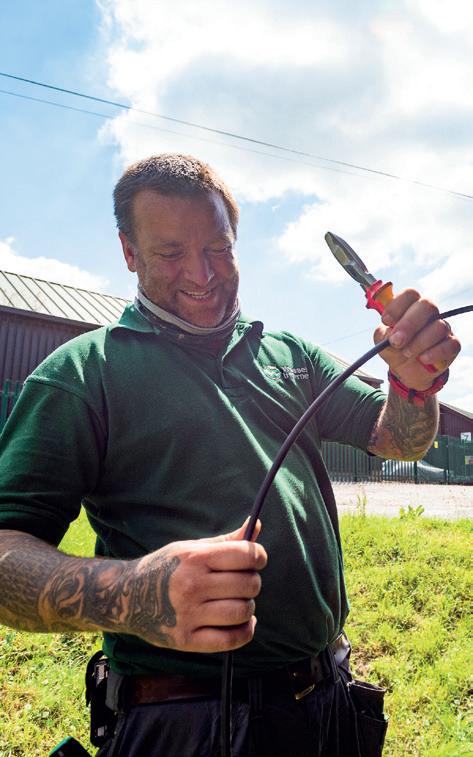
Our benefits include:
Exciting & rewarding opportunities available:
• Trainees and graduates welcome

• Town Build / PIA
• Cabling Engineers
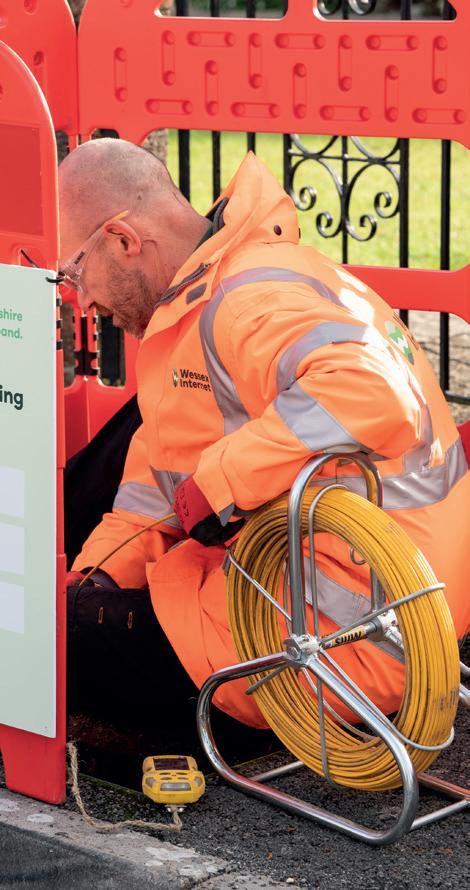
• Splicers
• Civils Operatives
• Traffic Management Operatives
• Fibre Designers
• Garden Works Operatives
Plus many more

















G O T S O M E N E W S ?
G e t i n t o u c h w i t h L a u r a o n e d i t o r @ B V m a g a z i n e . c o . u k
T H I N K Y O U R B U S I N E S S W O U L D
M A K E A G O O D F E A T U R E ?

G O T A S U G G E S T I O N F O R A L O C A L
P E R S O N Y O U ' D L I K E T O S E E S H A R E
T H E I R D O R S E T I S L A N D D I S C S ?
S e n d a q u i c k e m a i l t o e d i t o r @ B V m a g a z i n e . c o . u k
W A N T T O A D V E R T I S E ?
G e t i n t o u c h w i t h C o u r t e n a y t o c h a t a b o u t w h a t y o u ' r e l o o k i n g f o r :
a d v e r t i s i n g @ B V m a g a z i n e . c o . u k
0 1 2 5 8 4 7 2 5 7 2
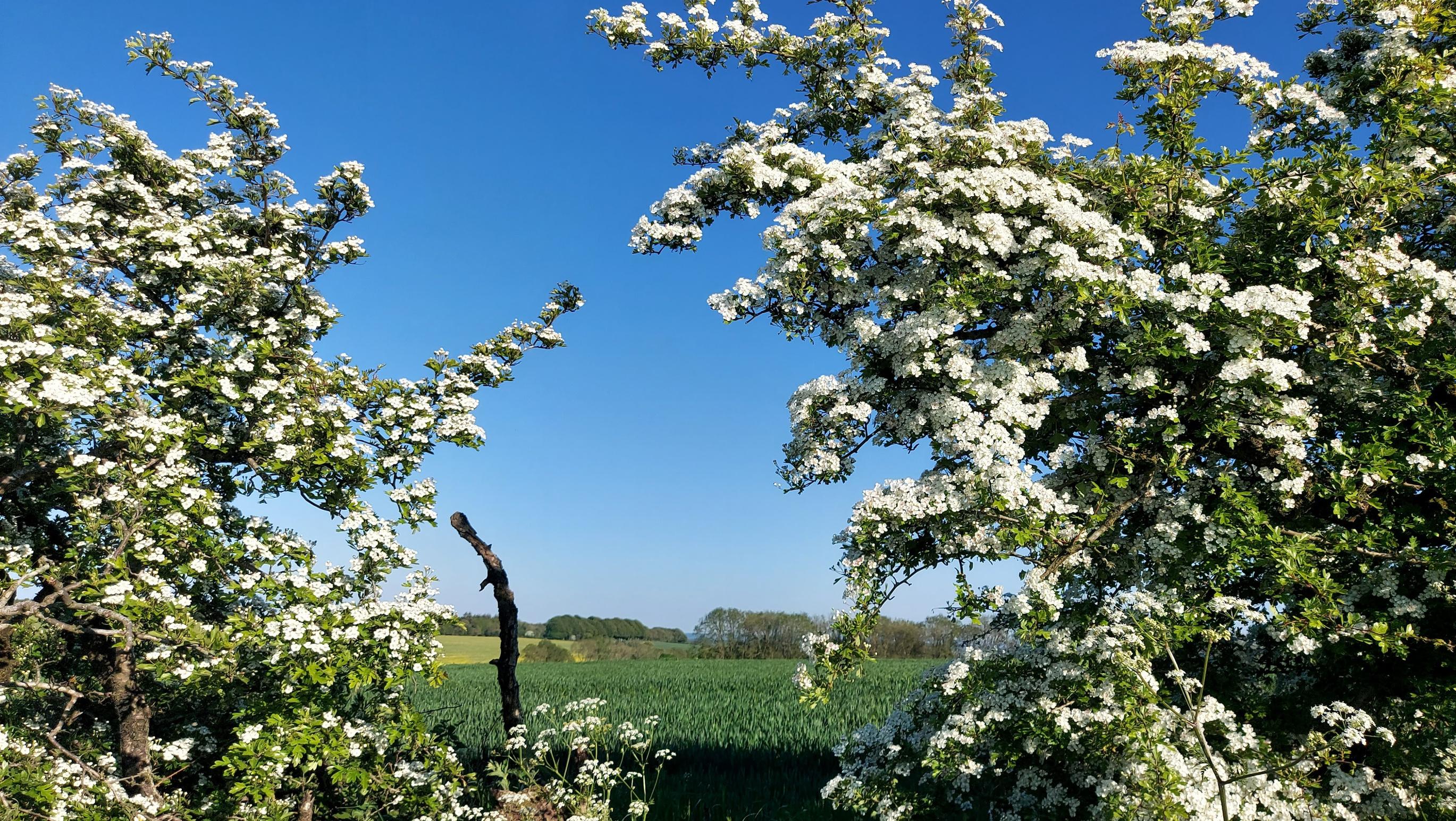
P R O D U C T I O N
S C H E D U L E :
N e x t P u b l i c a t i o n D a t e :
2 n d J u n e ( d e a d l i n e 2 6 t h M a y )
T h e n 7 t h J u l y 4 t h A u g u s t
F u r t h e r f o r w a r d s - p u b l i c a t i o n a l w a y s f i r s t
F r i d a y o f t h e m o n t h , b o o k i n g d e a d l i n e a l w a y s t h e F r i d a y p r i o r t o p u b l i s h i n g